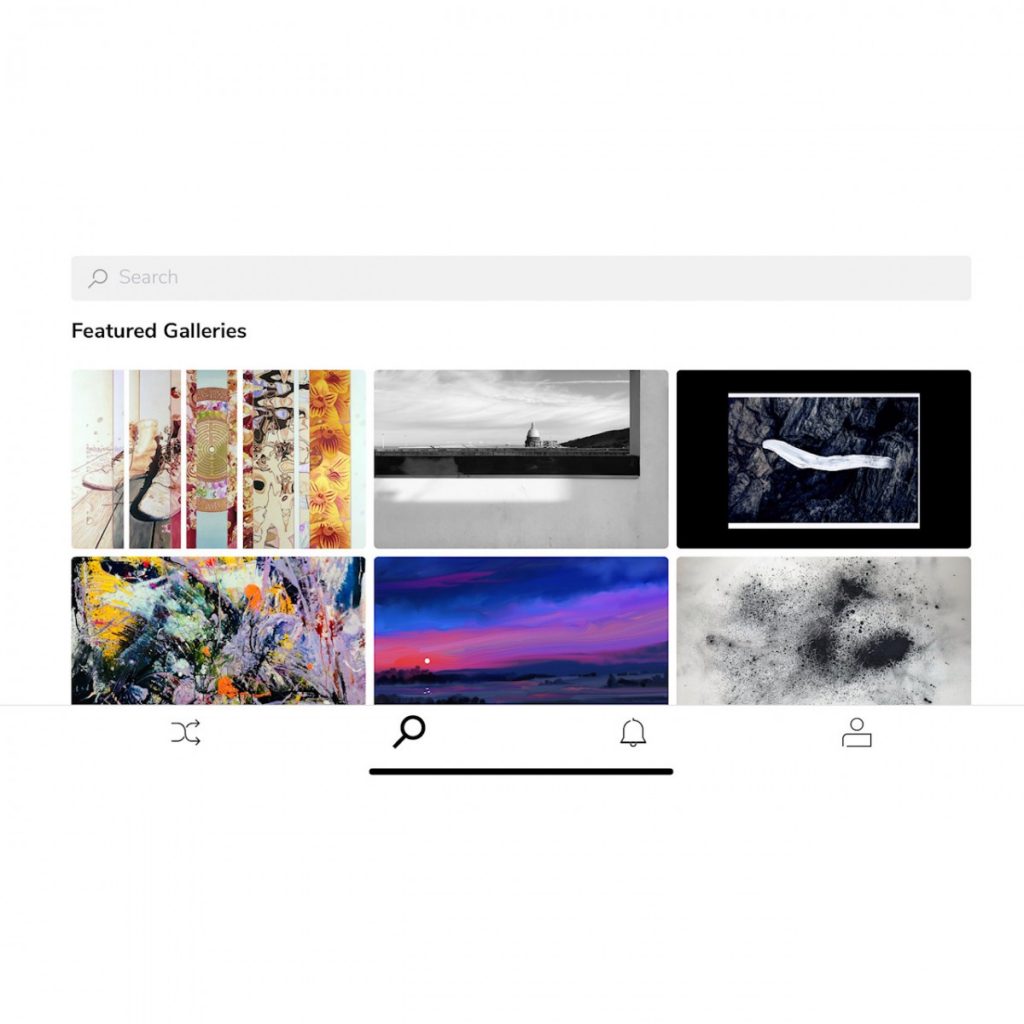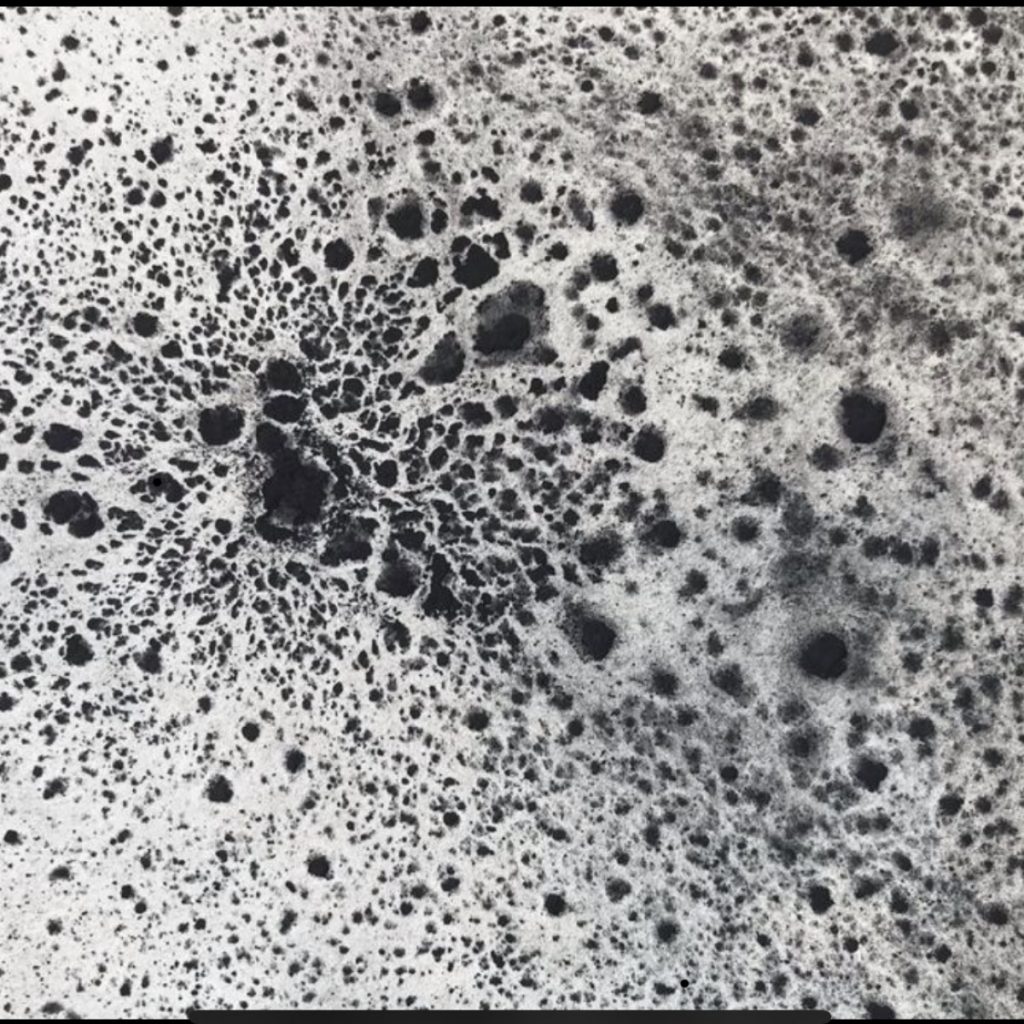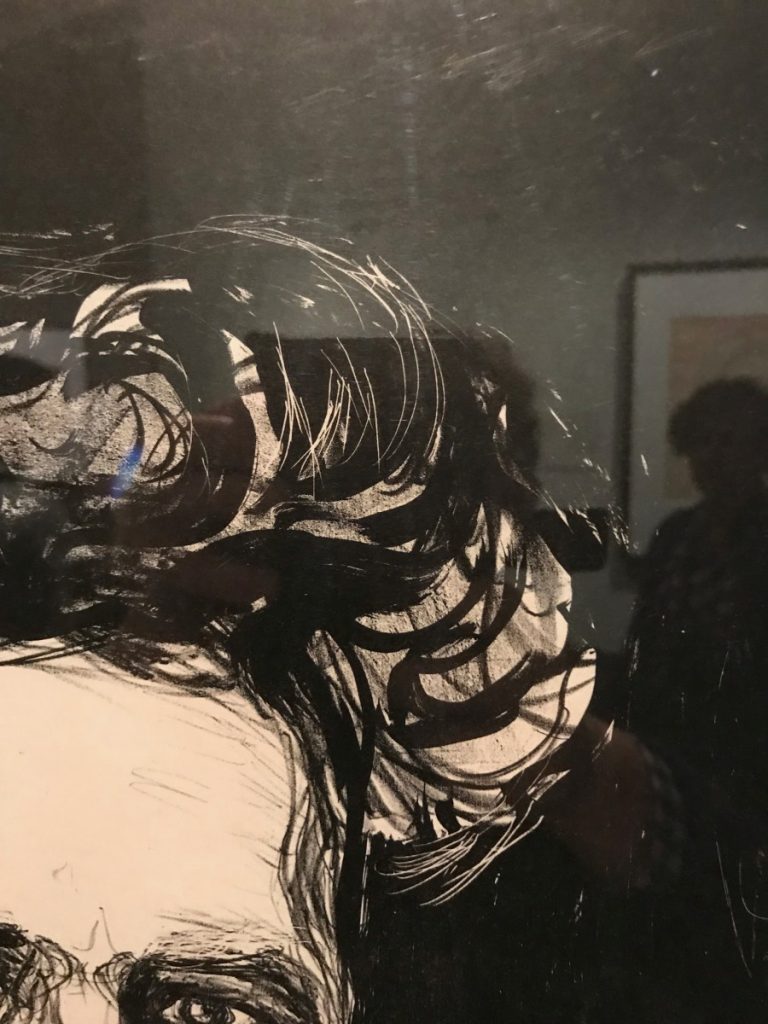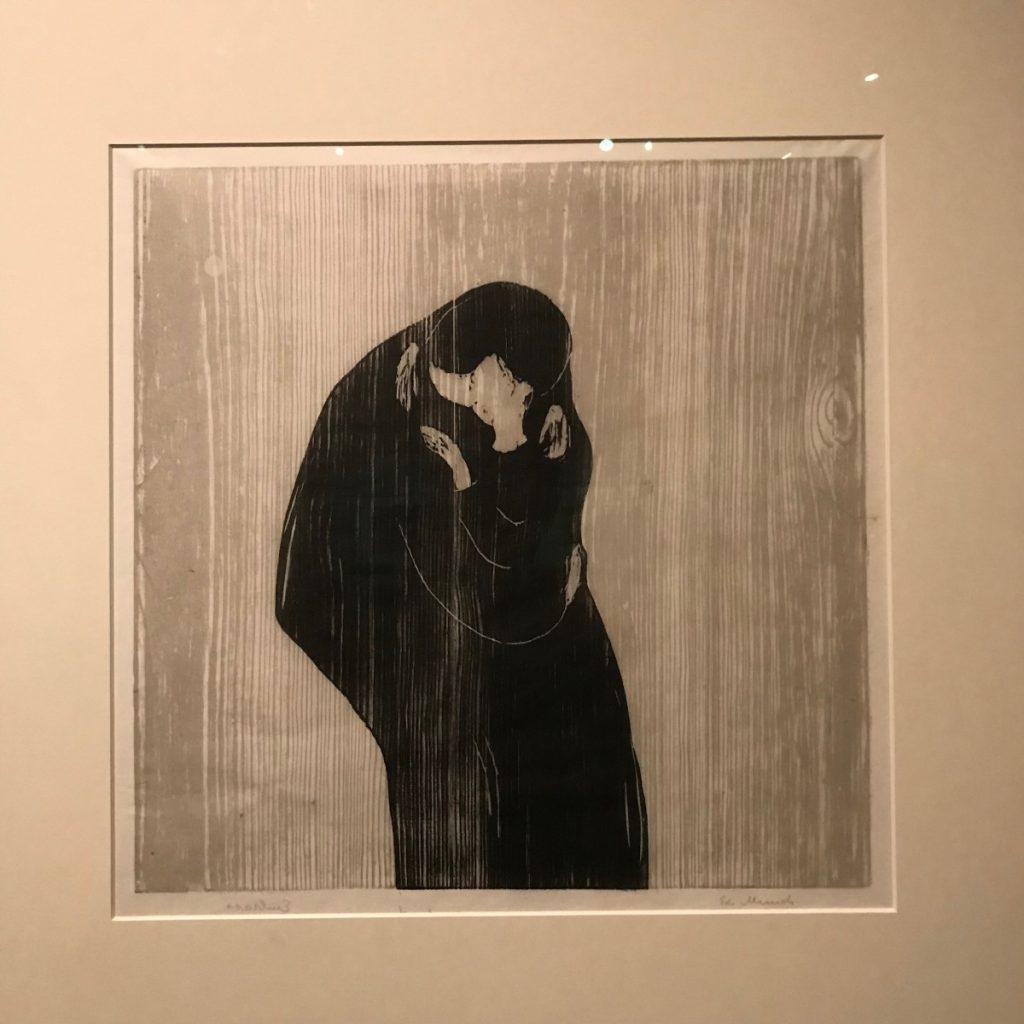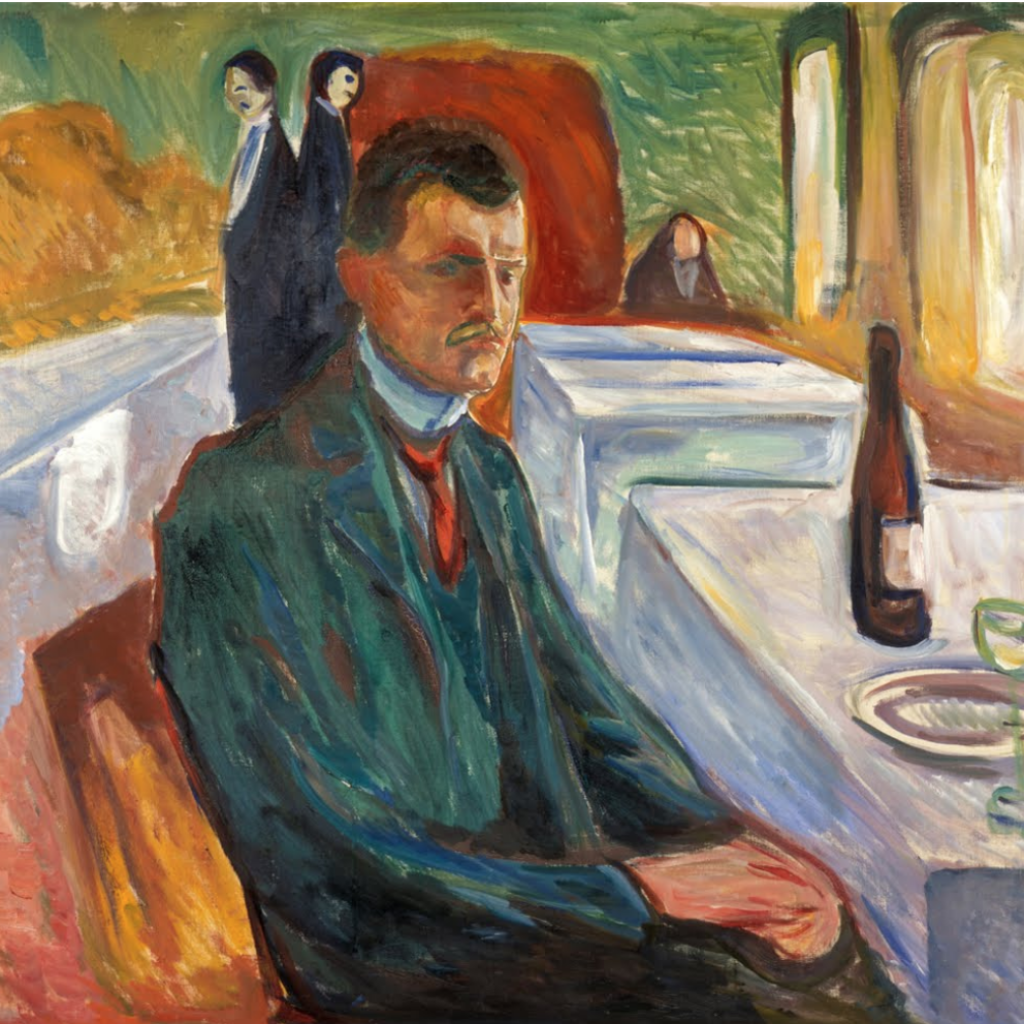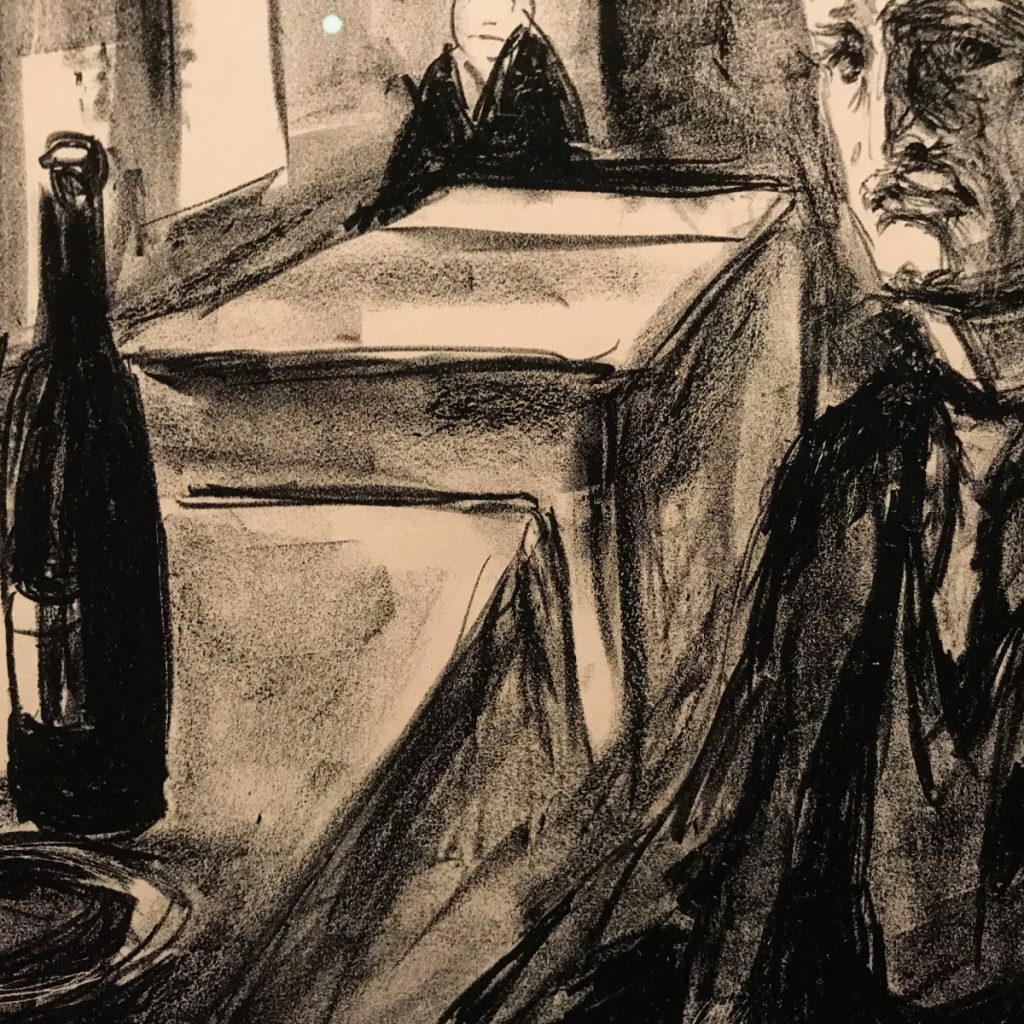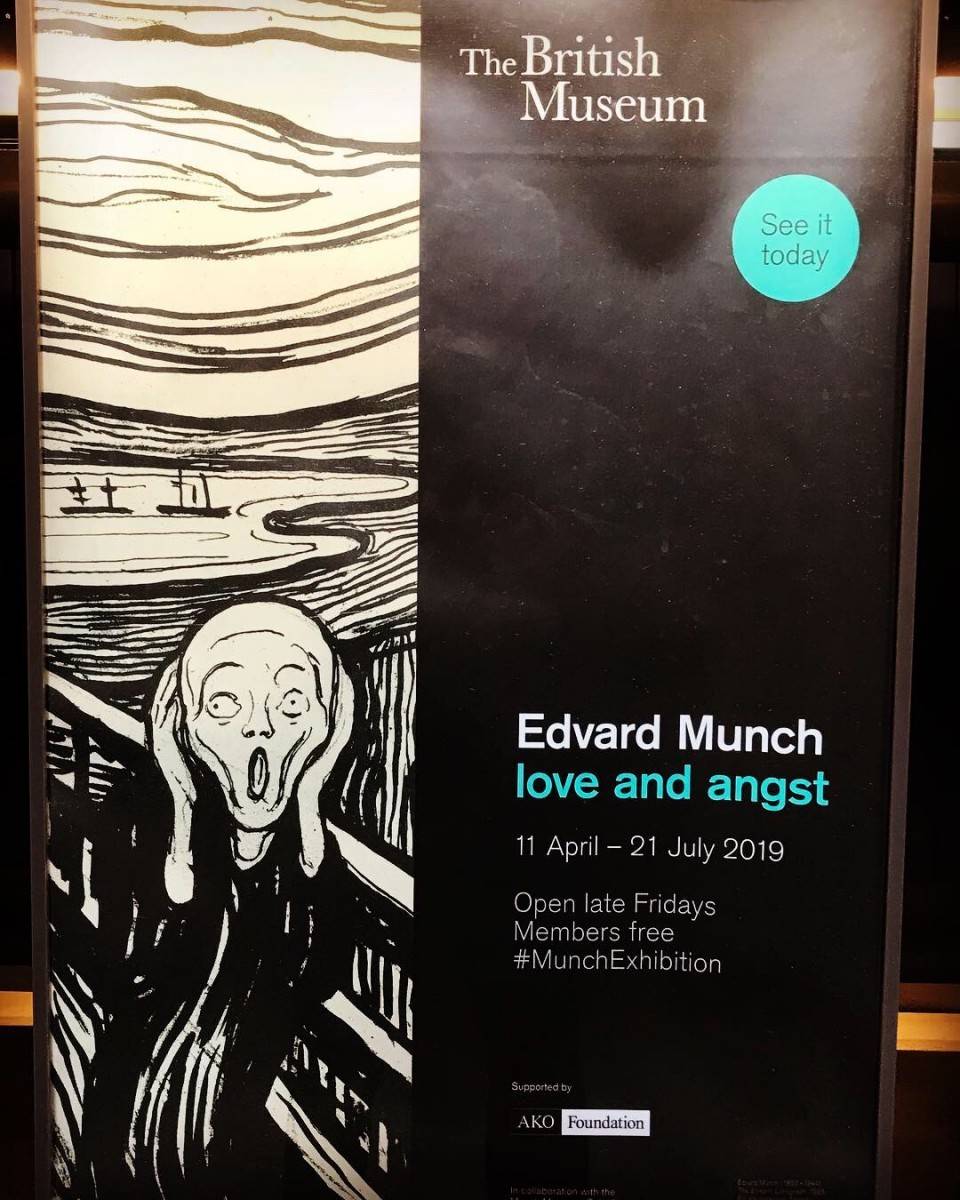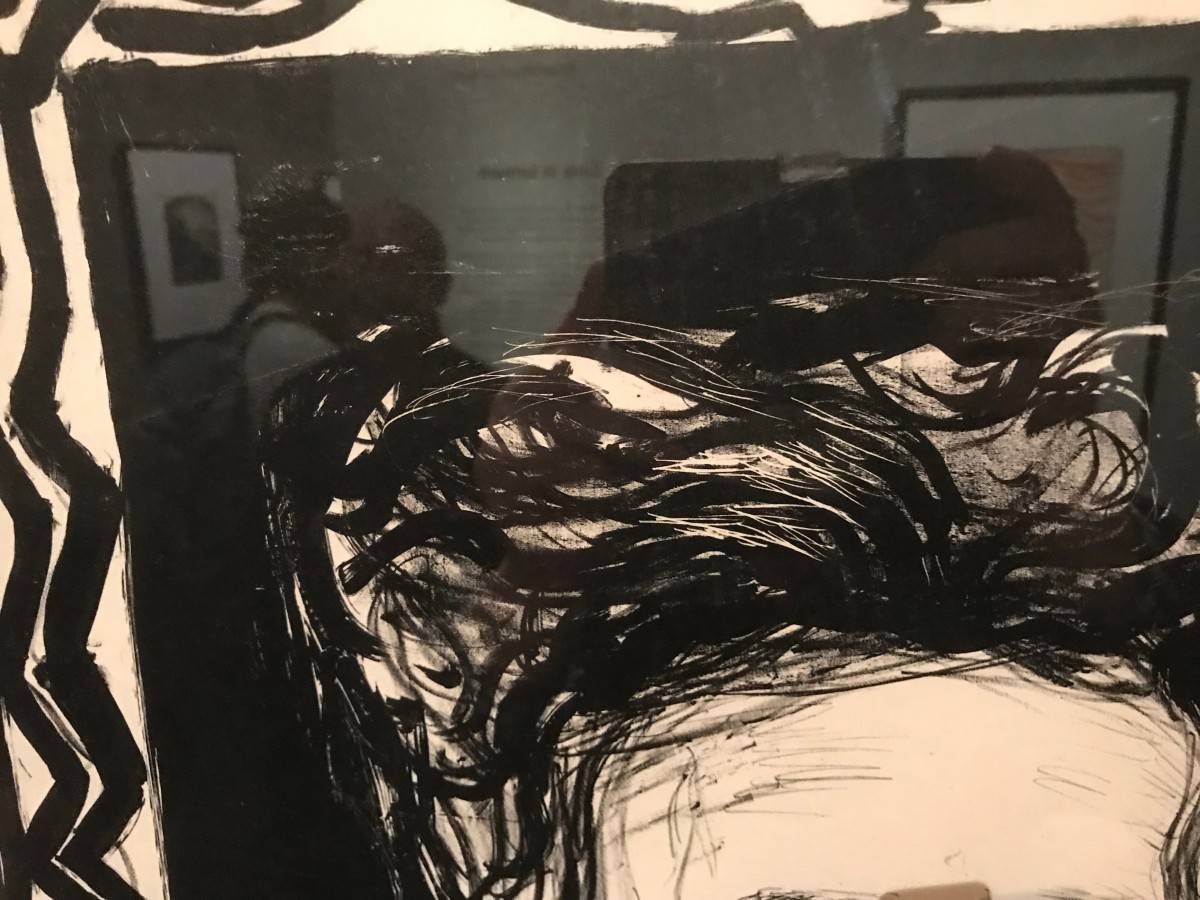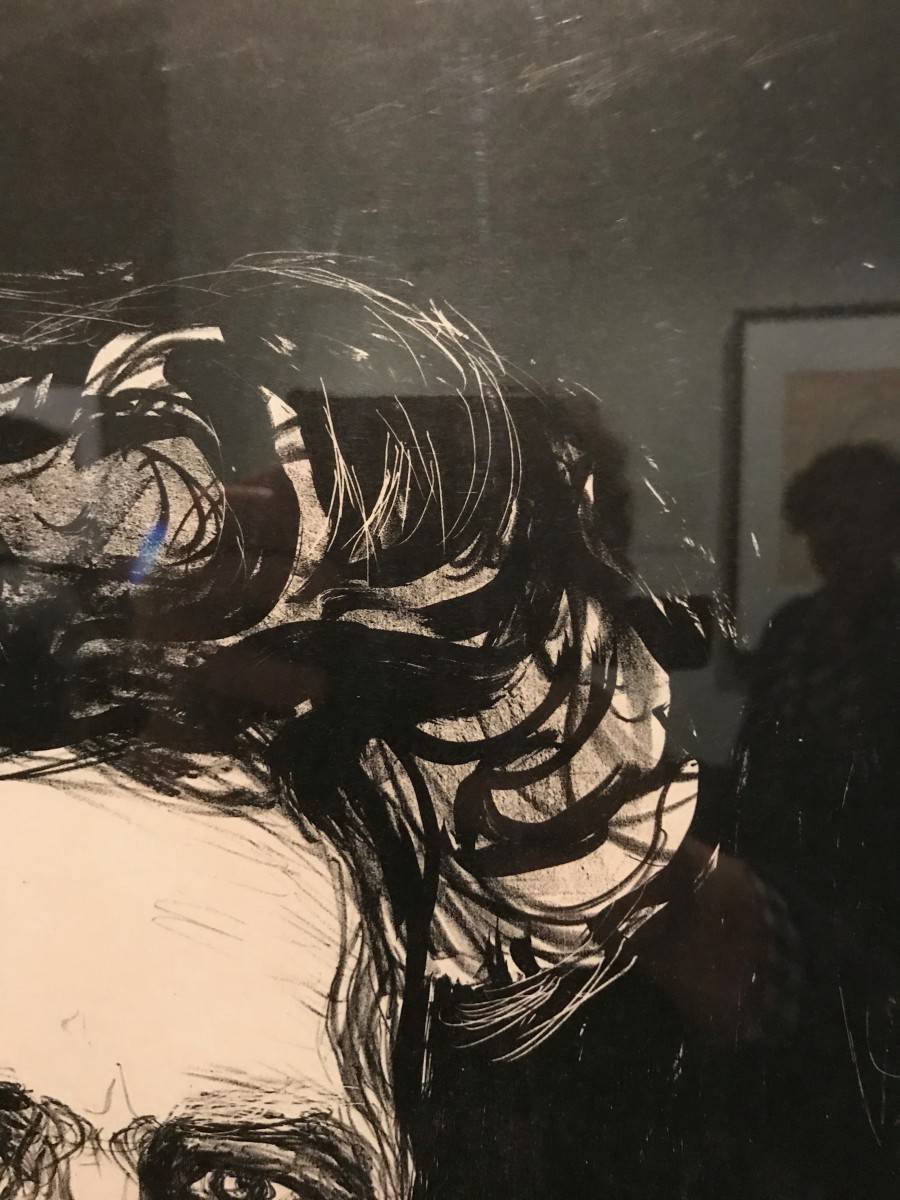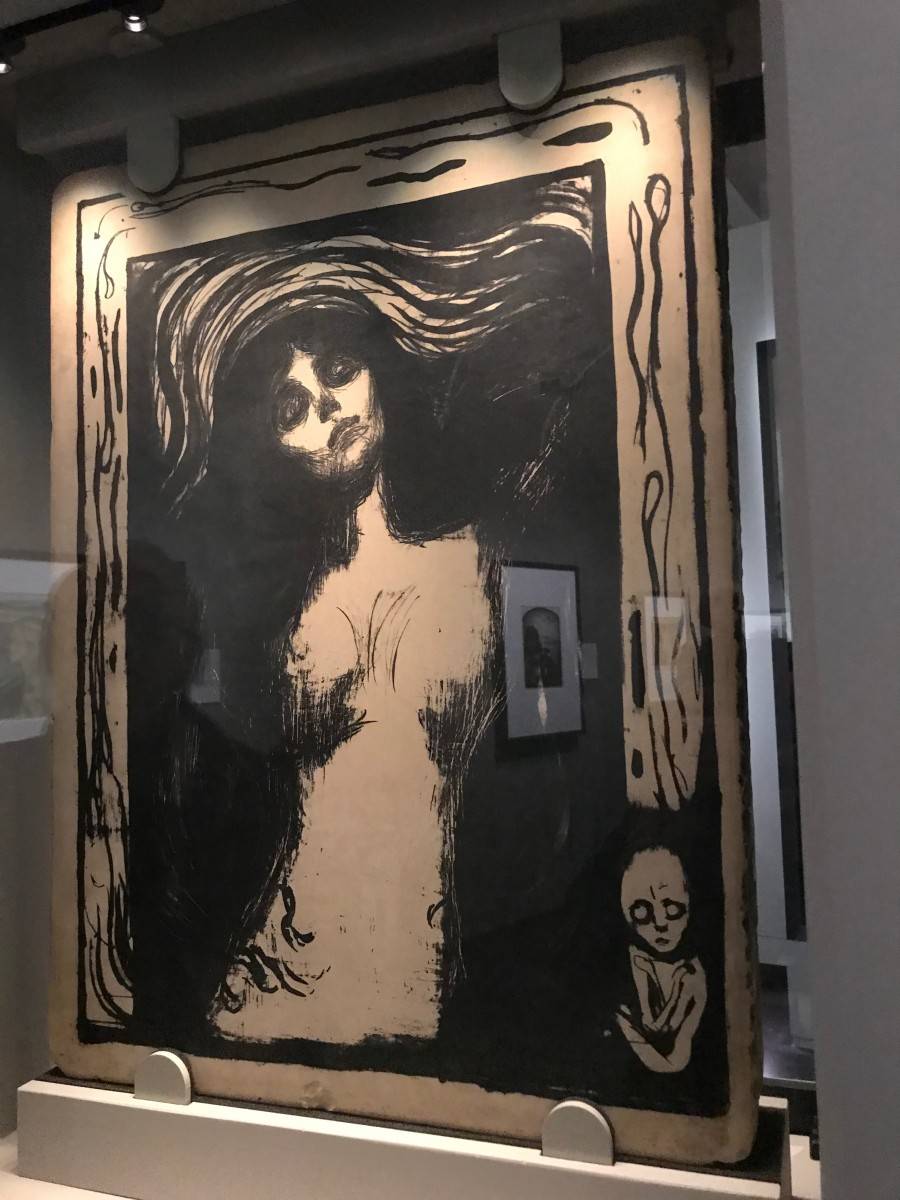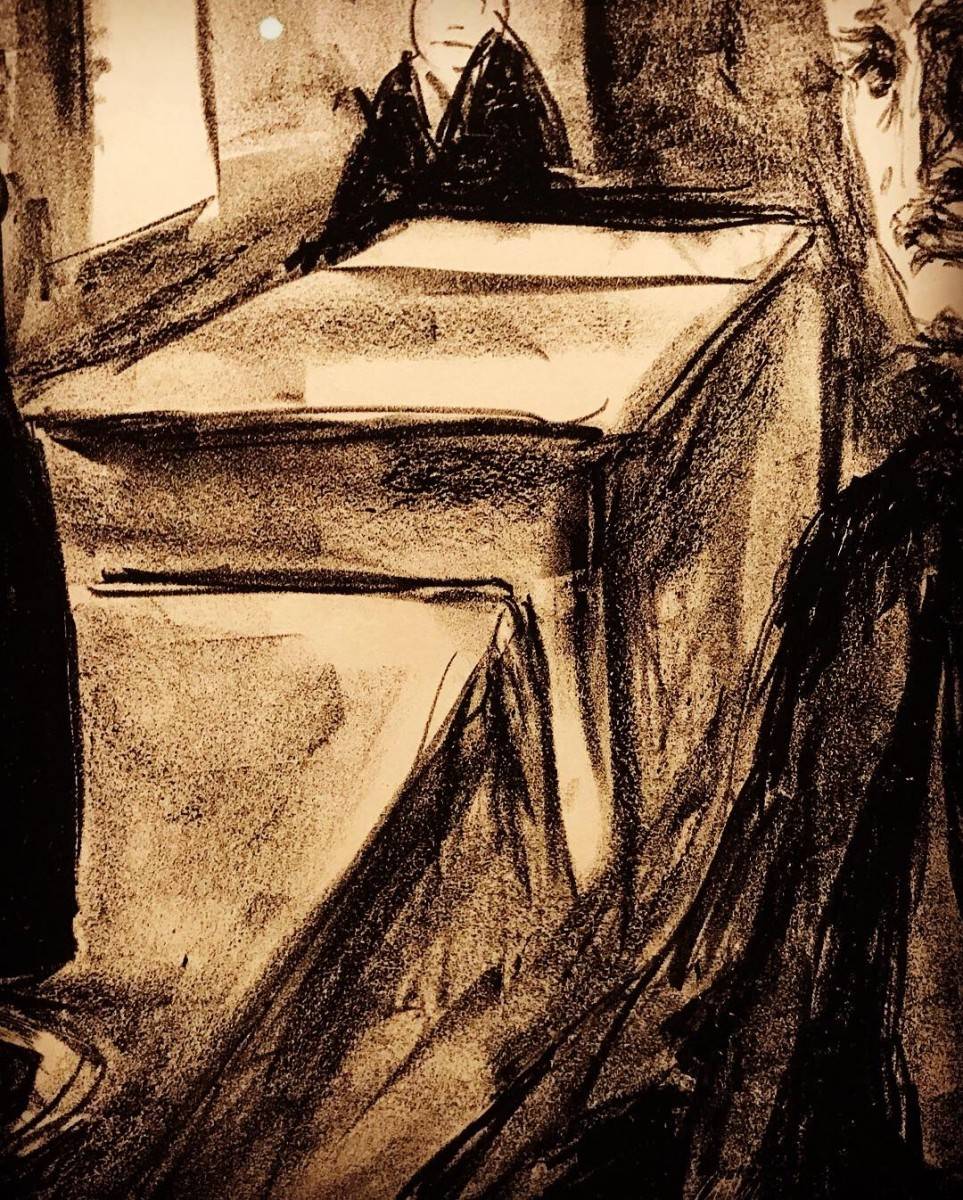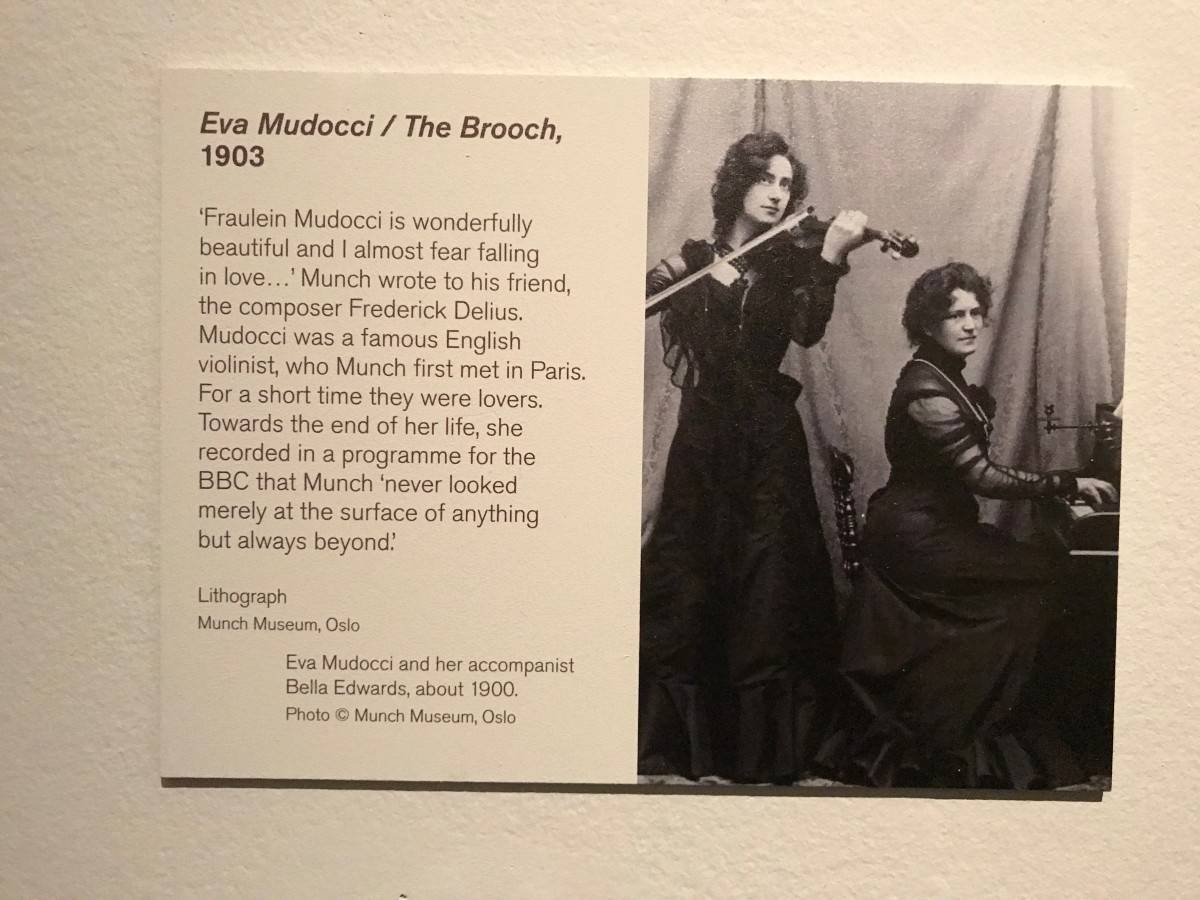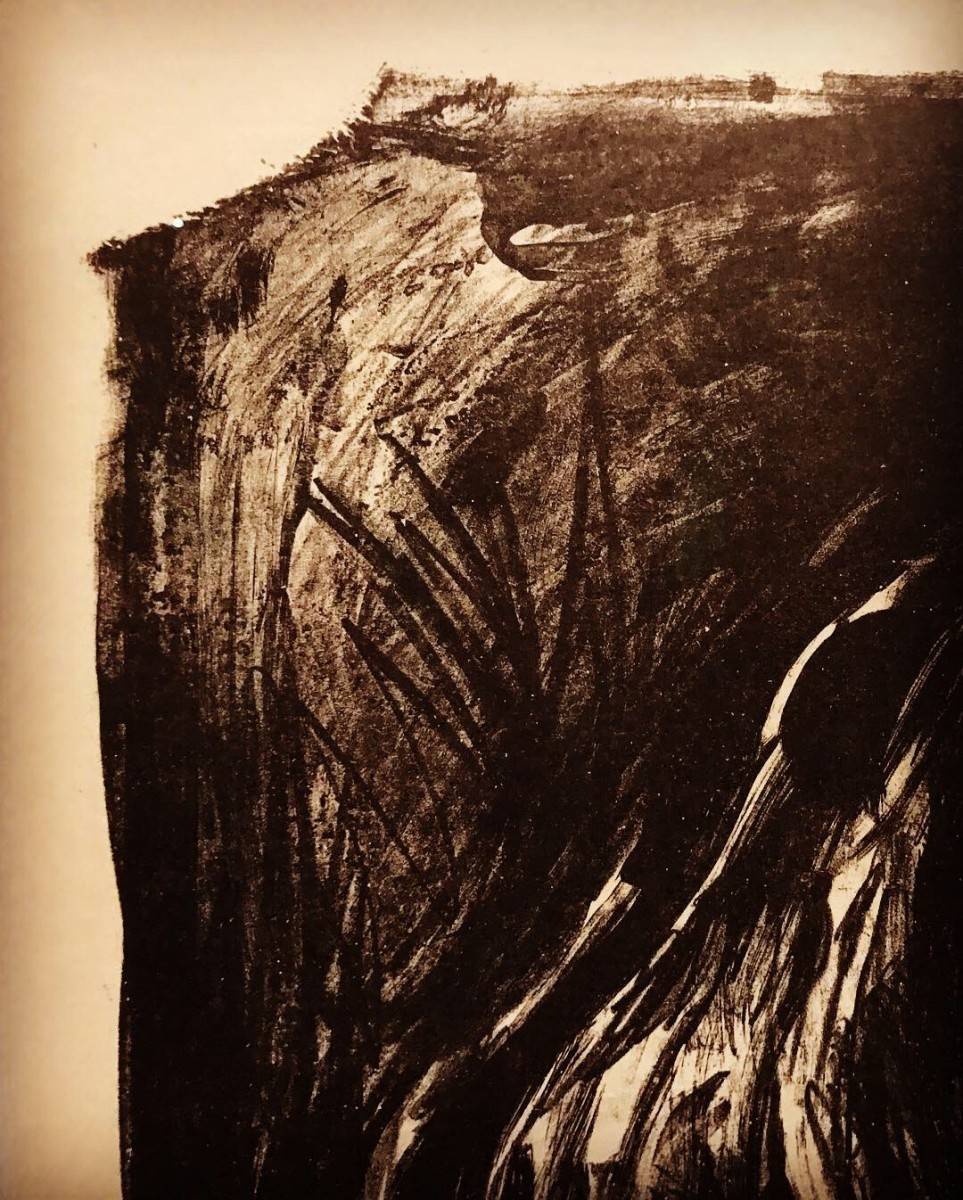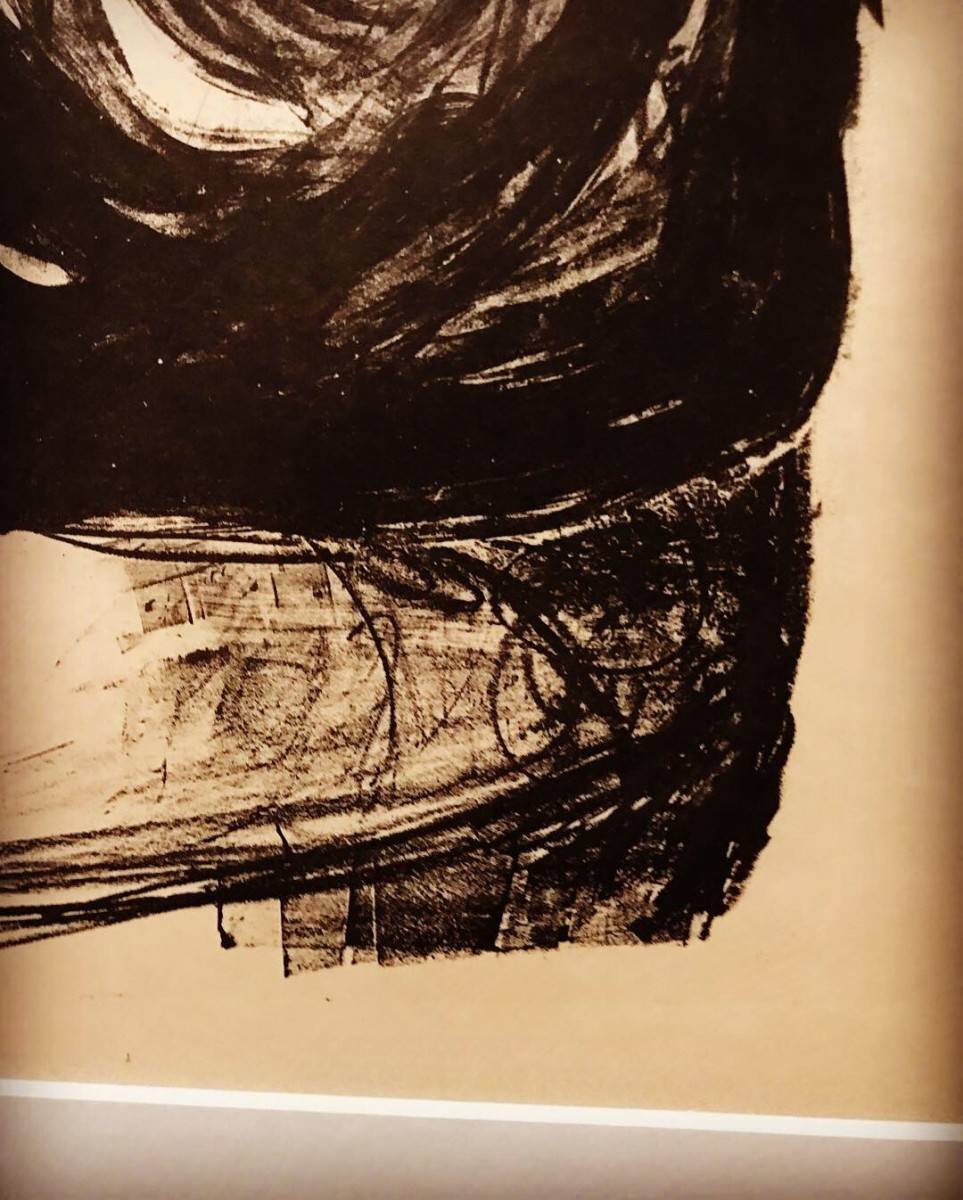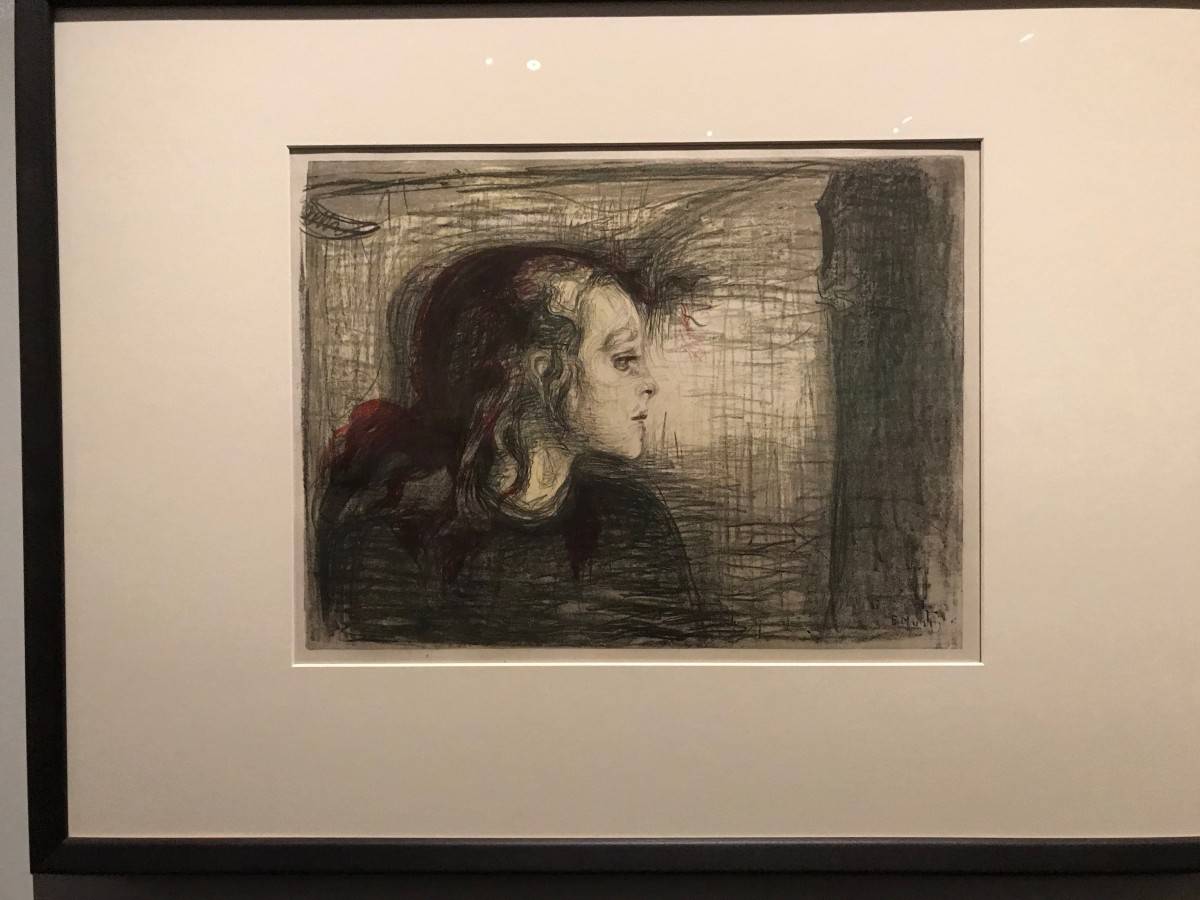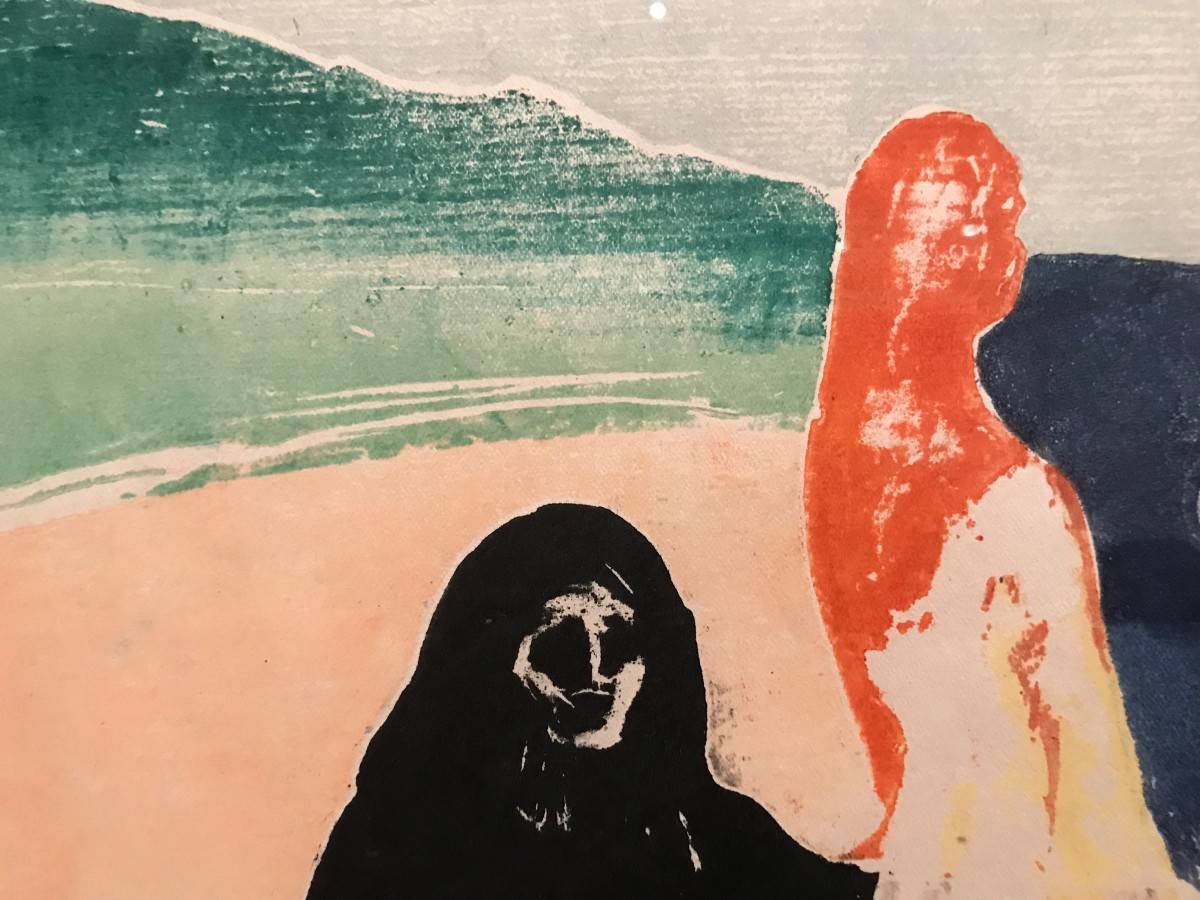Tacit Possibilities.
Over 32k recorded deaths in UK. Over 285K globally. Every one a personal tragedy.
Tacit knowledge is a specific knowledge first articulated by philosopher Michael Polanyi. I know this as it is a new area of analysis that I have unearthed in my research under lockdown. So, it can’t be all bad! I’ve also completed an essay I have fashioned from 4000 words to 1000 (in four months) which is a ‘vast improvement’. Lockdown isn’t that bad.
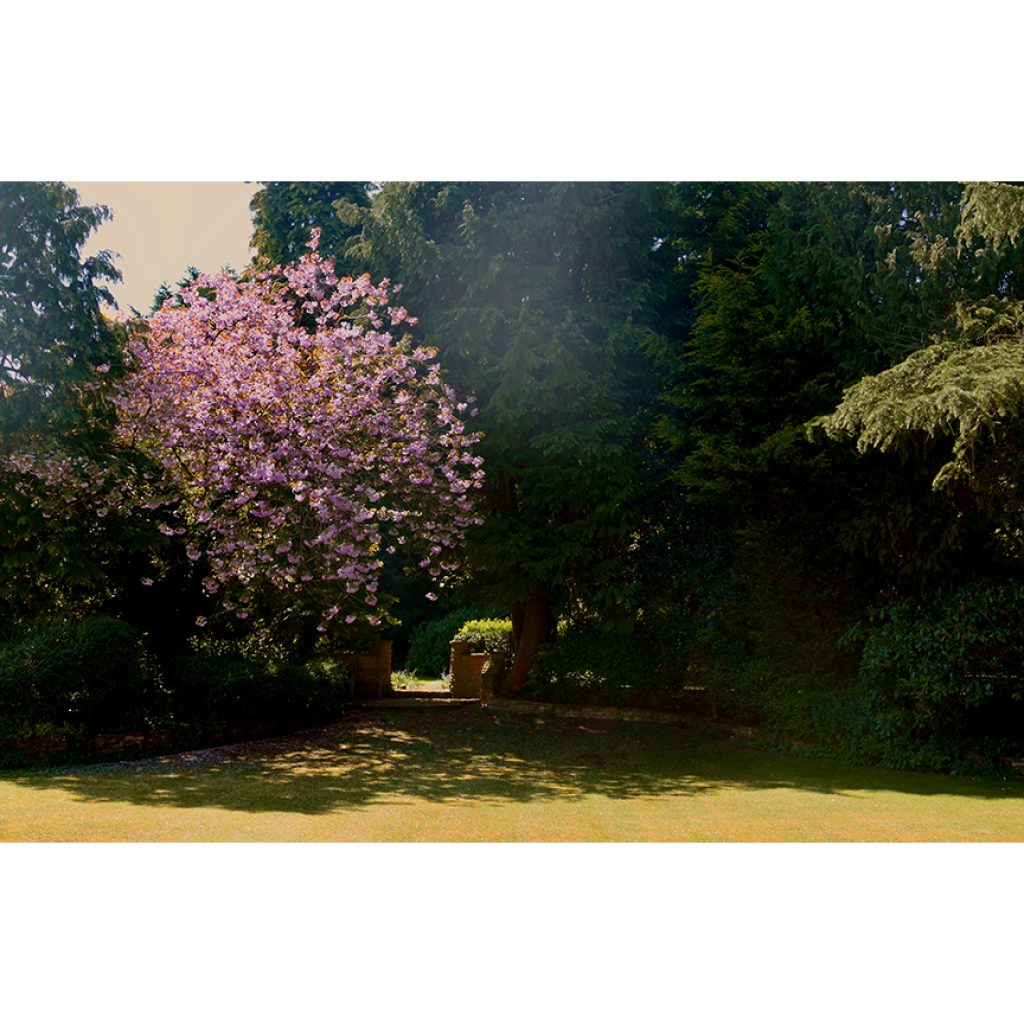
The cherry blossom has come in the sunshine of April, and is now gone in the winds of May.
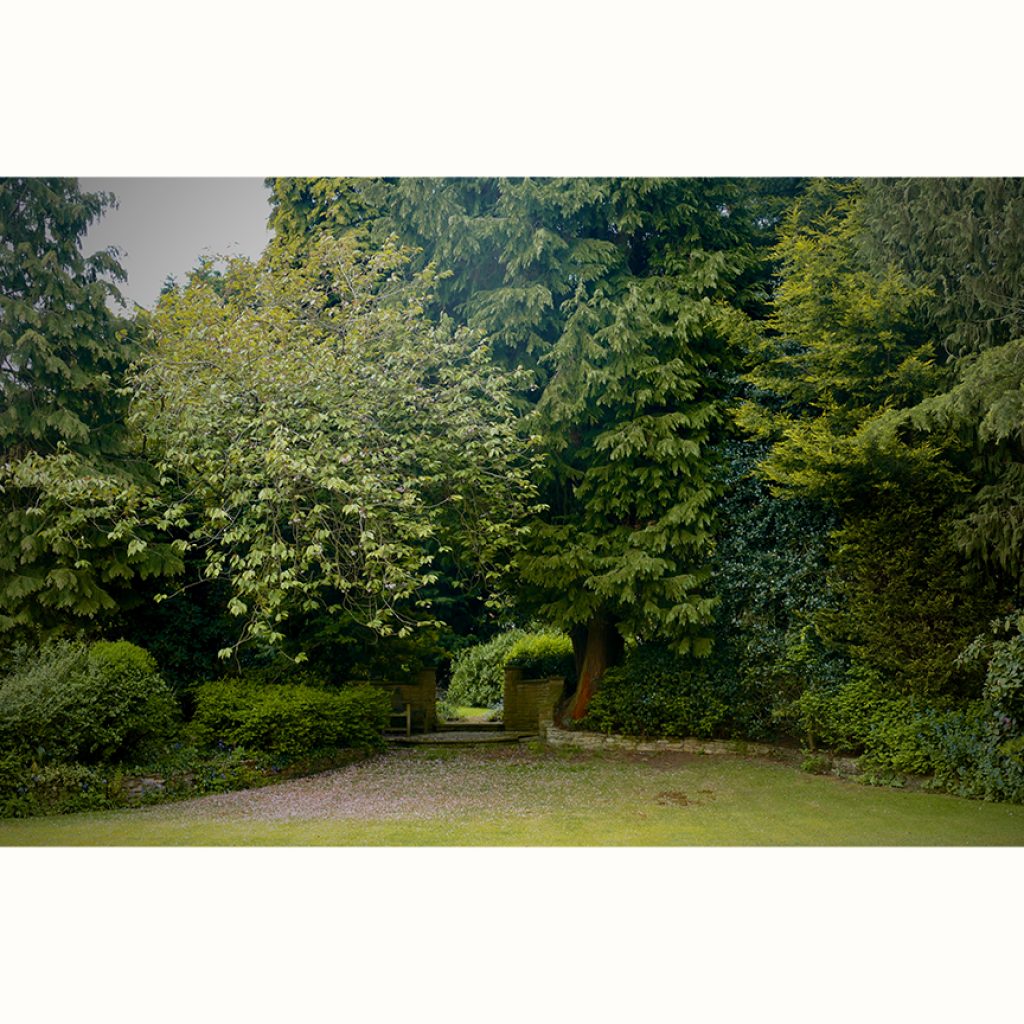
The passing of nature is more apparent in Lockdown which is good.
Annie Drew’s images of Venice in Lockdown offer a daily instagram update of a European society two weeks ahead of our UK experience as it relaxes restrictions. @annie.drew1
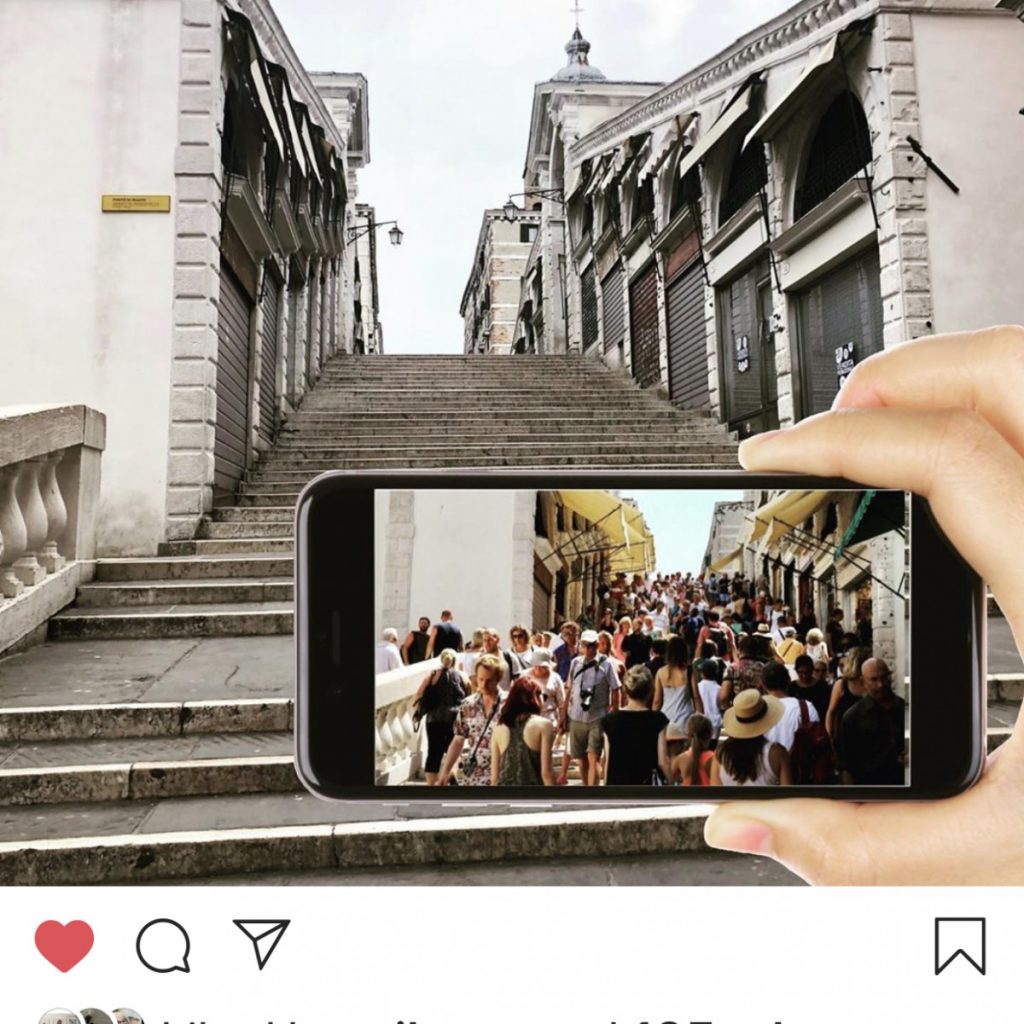
Good to see Venice, if in LockDown. Follow on #veniceinlockdown
The Art School ‘print gang’ video conferencing took an unexpected direction from a talking catch up to recreating the print-room environment where printmakers ‘make’. In the making sharing takes place, informally when makers feel the need to discuss or show their developing works for critique. Instead of talking together we make together. Heads looked down to artworks in visual concentration, with sounds of brushes, pencils and burins filling the airwaves. Occasionally a head rises to say something of interest as would happen in the real world Printroom mezzanine. An online creative making format had been brought into being, perhaps unintentionally by recreating a virtual printmaking environment. Posting this experience on instagram, alumni requested to join in. Locally and internationally. For the next 2pm session invites were sent to Quanzhou and printmaker Yuchen Yang joined at 10pm china time.
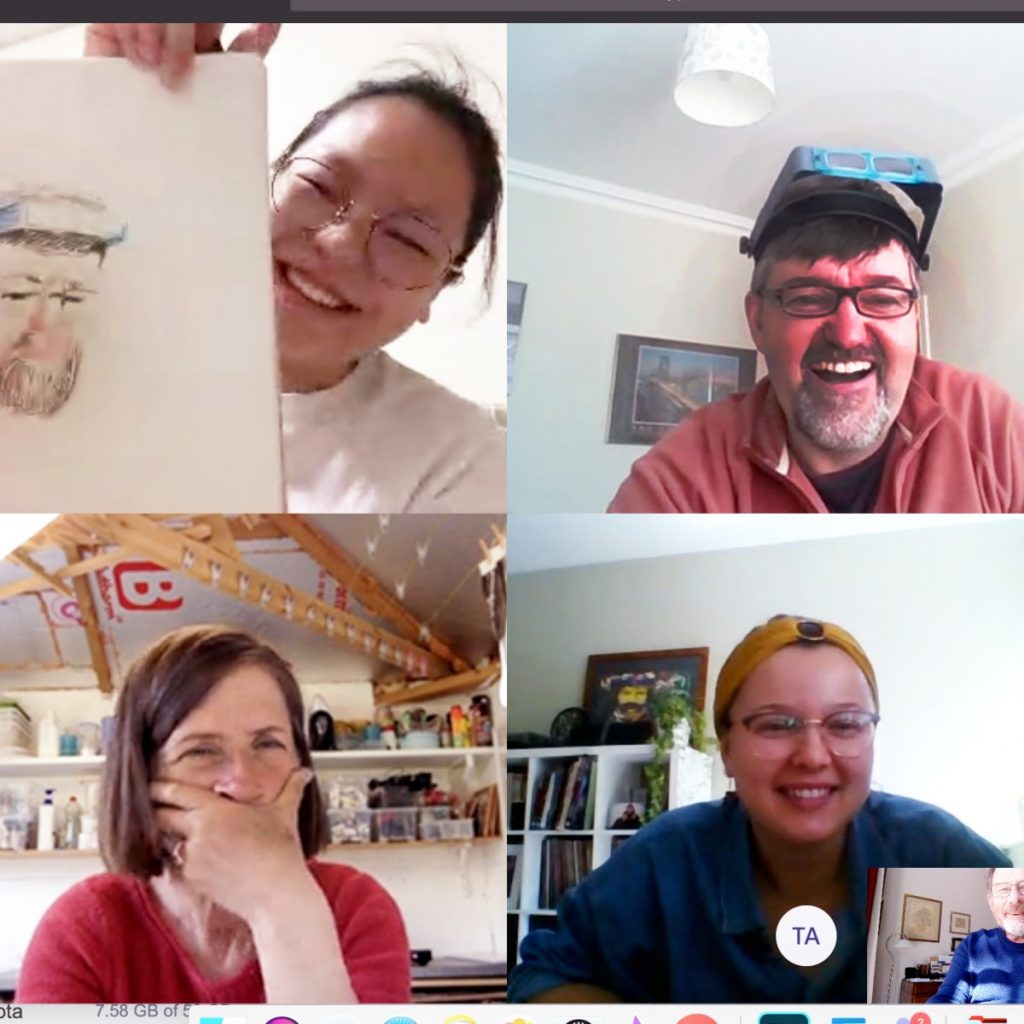
We celebrated seeing each other and began to make. 30 drawing mins later Yuchen held up her portrait of Justin for all to see and celebrate. Alumni from other countries are seeking to participate.
This is Lockdown GOOD.
The ongoing Looking Out from Lockdown drawing has been completed after 12 days. Well the drawn weeping tree has been made, but the looking out frame isn’t quite right yet. It will be worked on further. An additional thought of a printmaking approach has come to mind and is to be tested with ‘digital silkscreen’ layering in photoshop for digital printing. It’s a long journey out of lockdown.
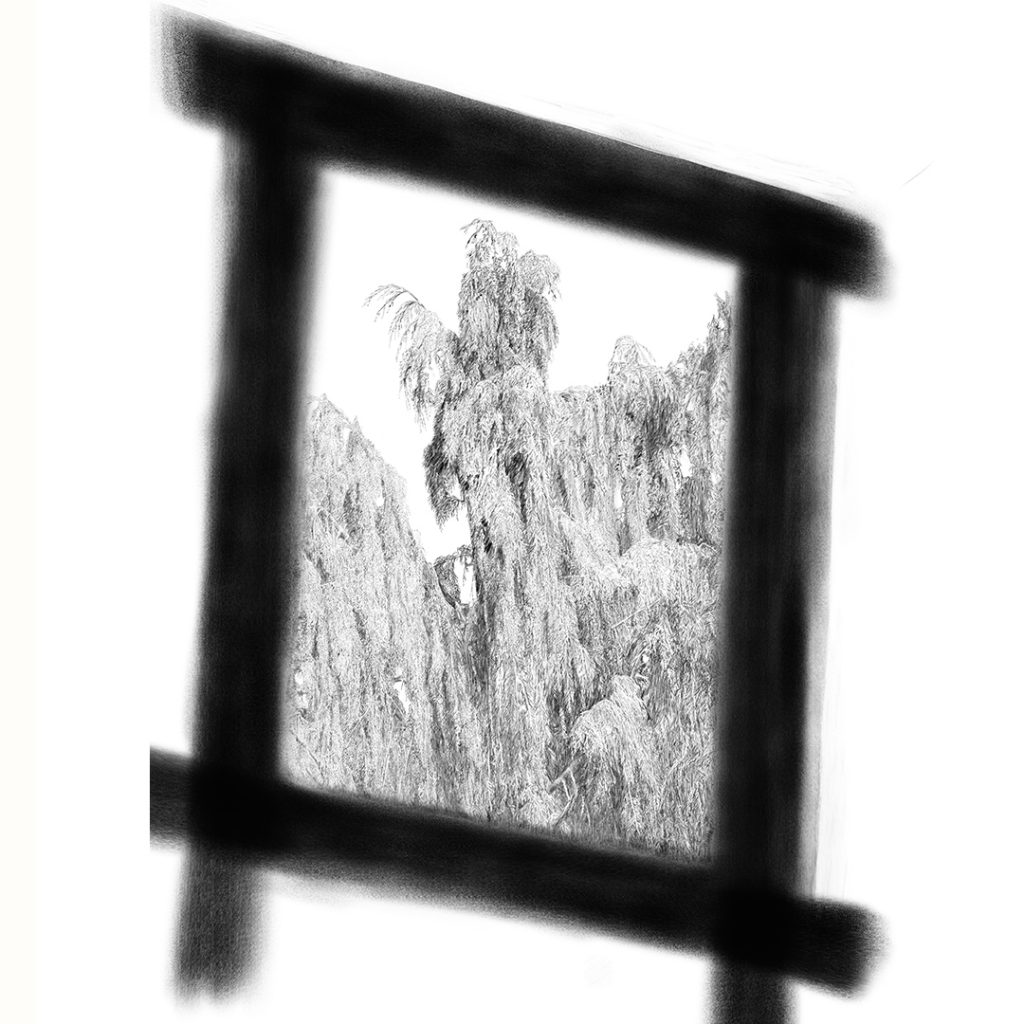
This lockdown week I have been spending some time looking at how a number of arts organisations can make their way through lockdown with digital offerings and to a physical post Lockdown future when they might contemplate reopening to the public. Its not at all easy for many of them that rely on delivering daily cultural offerings and welcoming people from all backgrounds into their spaces to participate in art for all ages. It will be a long way back from Lockdown to the new normal for art centres and galleries. Back on instagram a new artist lockdown initiative is happening. Began literally by single abstract artist Artist Mathew Burrows @ArtistSupportpledge is a move to generosity and artist mutual Lockdown support.
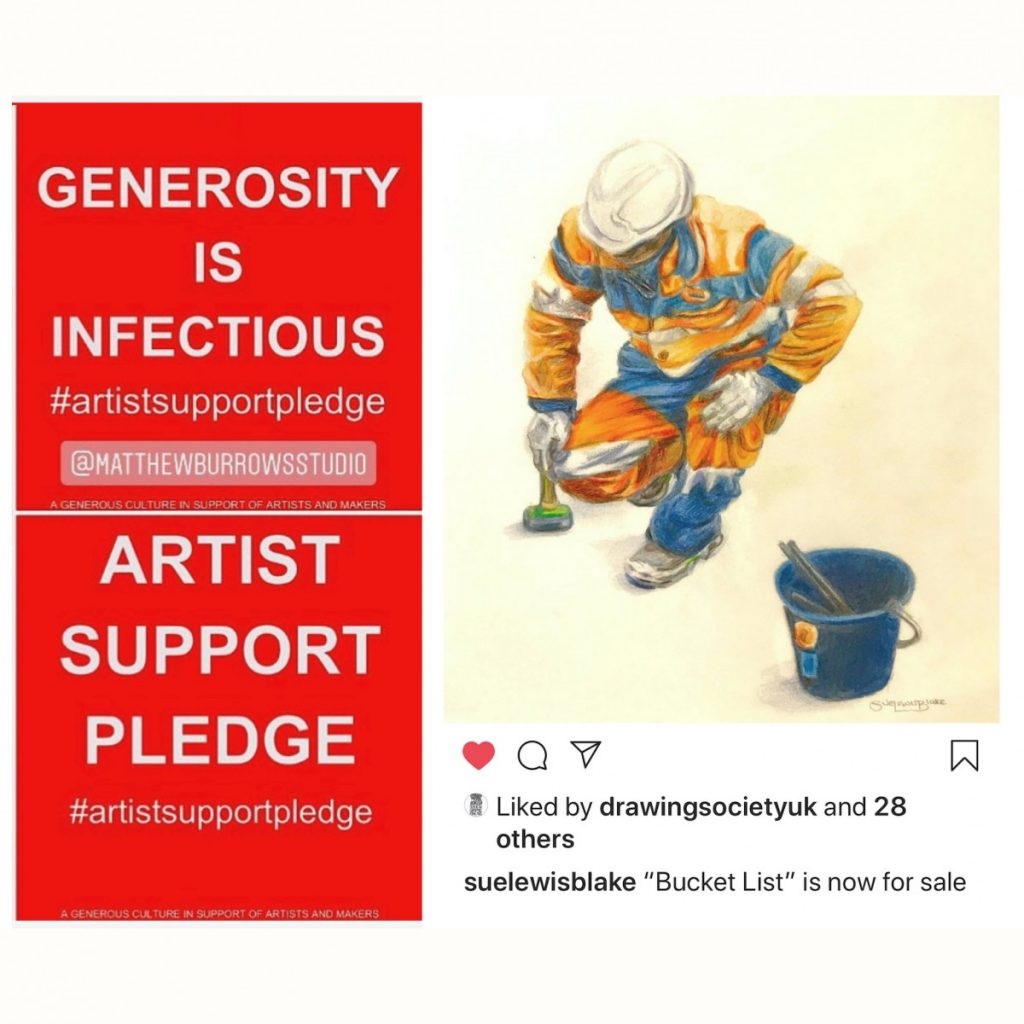
Mathew has given an interview to Jacksons art supplies, (which is open for online orders): ‘Matthew Burrows is an East Sussex based abstract painter. However if you regularly post your artwork to an Instagram account you may recognise his name as the founder of the Artist Support Pledge. When the Covid-19 pandemic started to affect the UK in the first half of March, Matthew Burrows had the idea to start posting works for sale for £200. When he had sold £1k worth of artwork he pledged to buy some art work himself for £200, and encouraged other artists to do the same. 95,000 posts later the #artistsupportpledge is playing a vital role in keeping the visual arts industry alive, as well as helping to build a community and promote generosity.’
This is Lockdown Very Good.
I noticed an artist’s pledge artist offer her colour pencil drawing titled: ‘bucket list’. Composed with a construction worker leaning on his hammer, contemplating his next move or perhaps his bucket list. At a good social distance his bucket sits nearby. I messaged @SueLewisblake and made an offer which she was happy to accept. It has arrived in the post and I will enjoy it reminding us of Lockdown times and what of our bucket lists will survive.
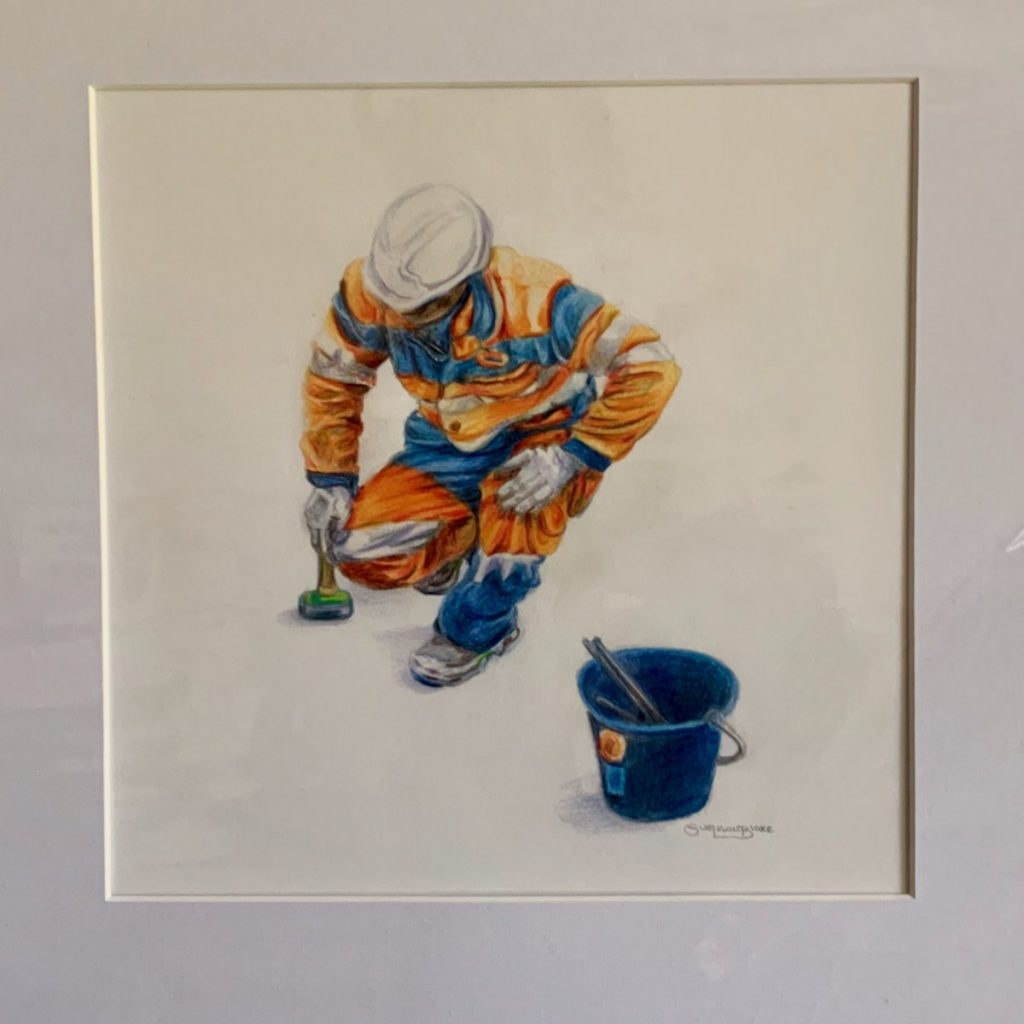
Lockdown continues to throw up possibilities
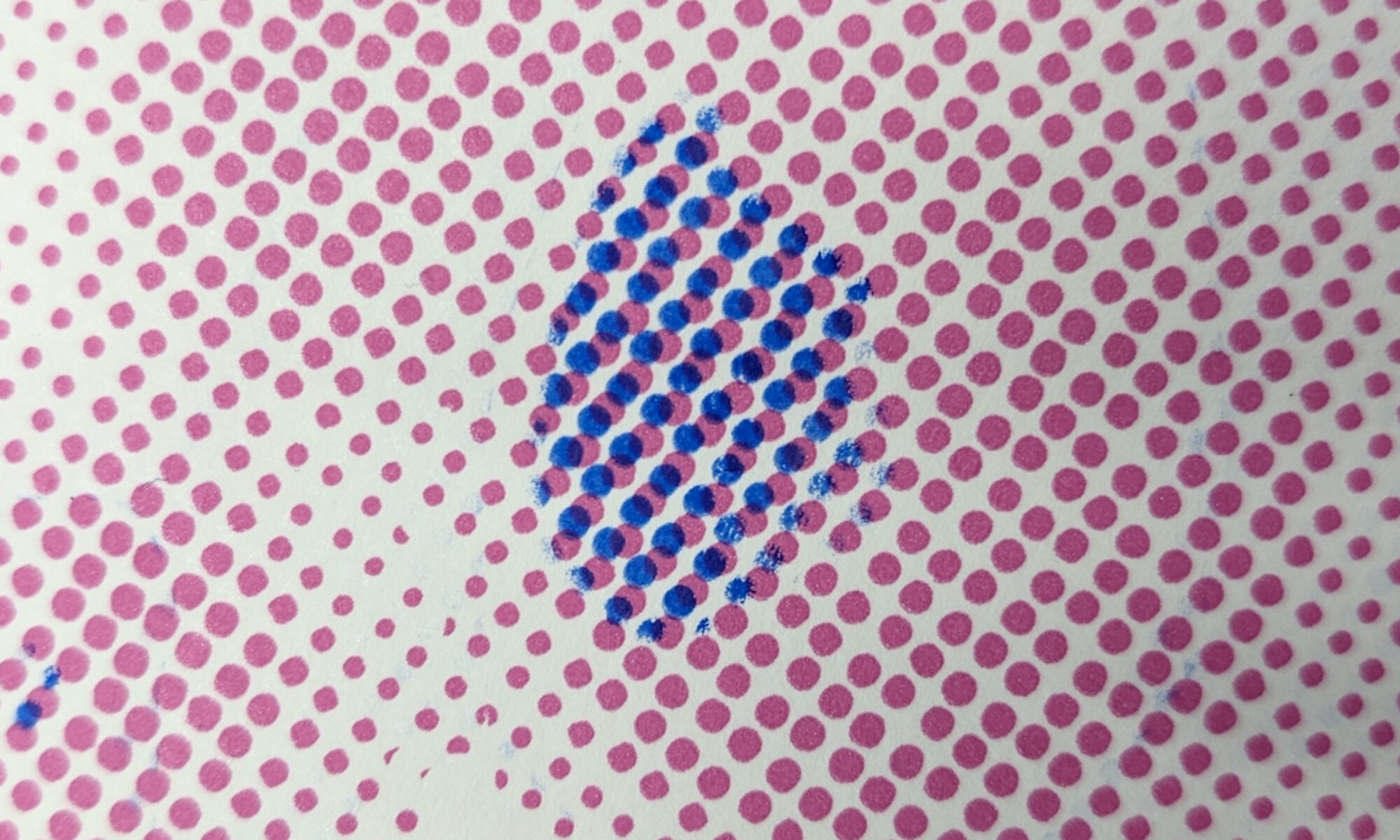


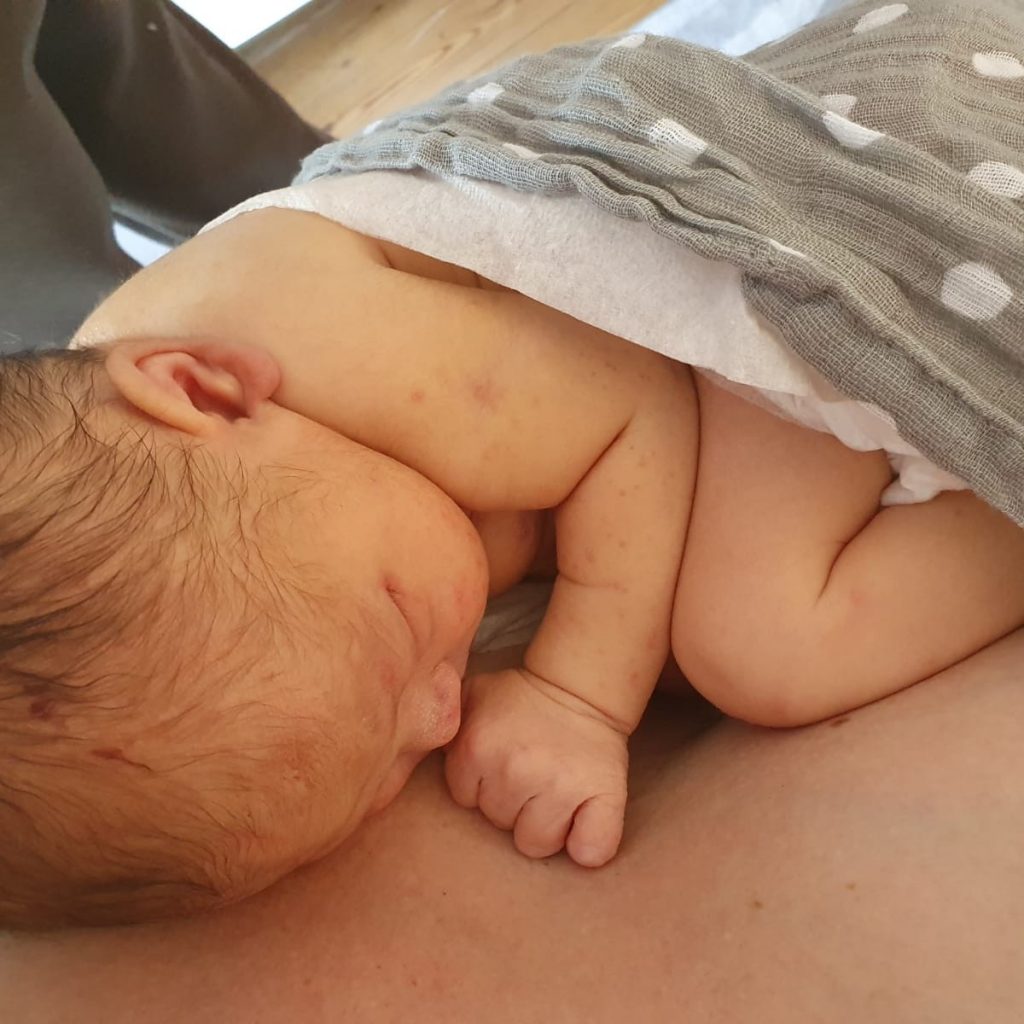
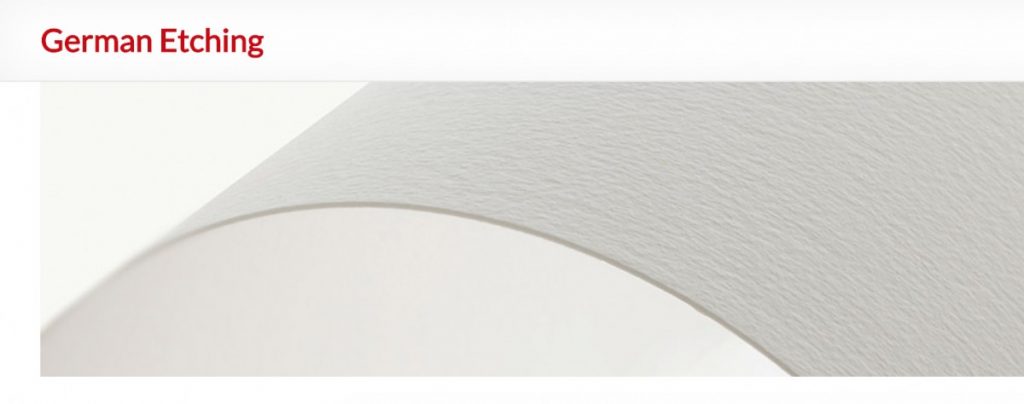
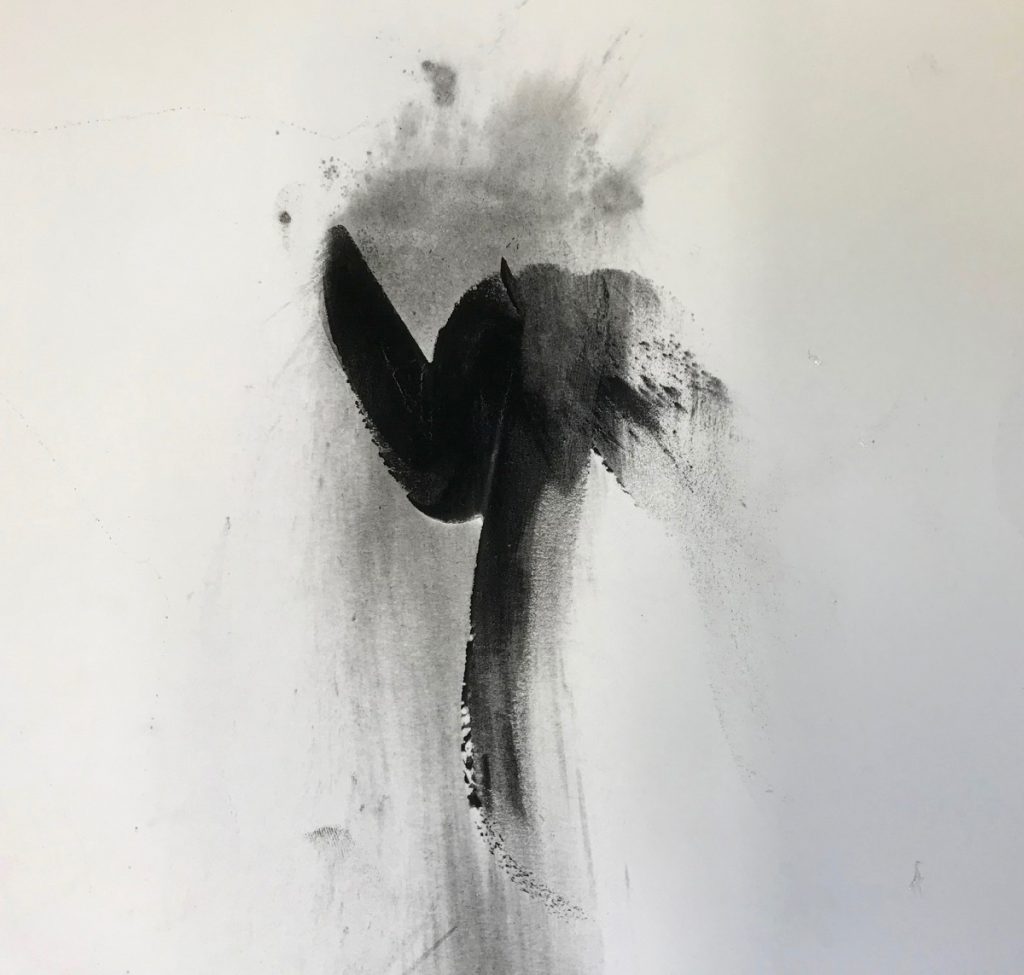
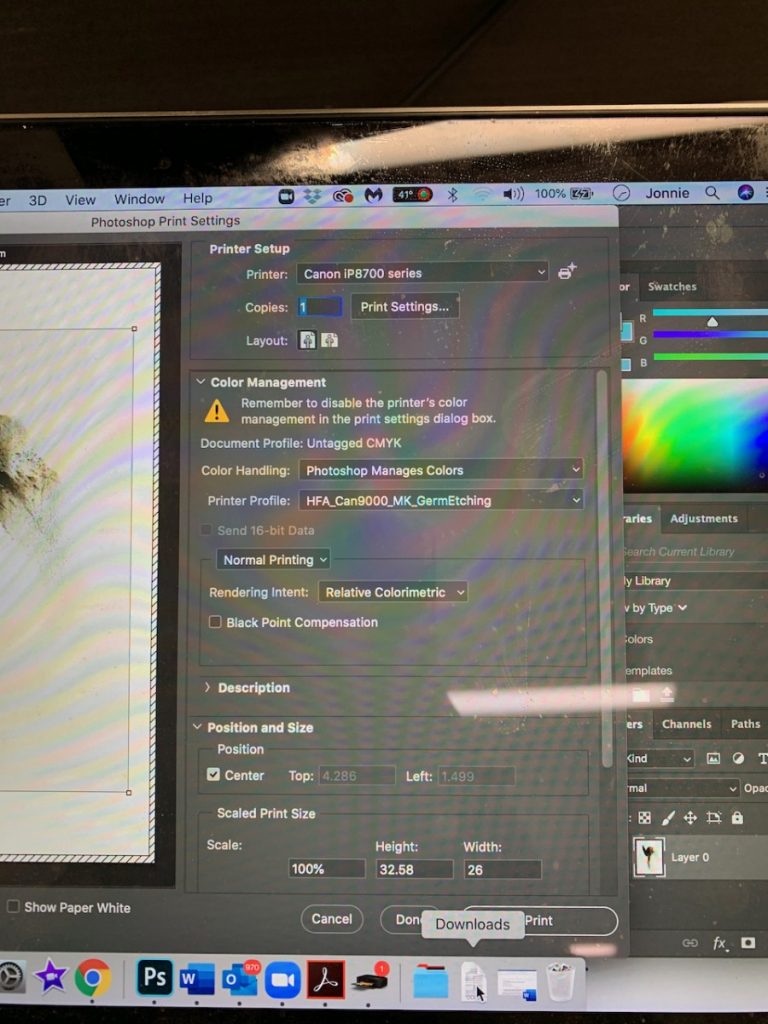
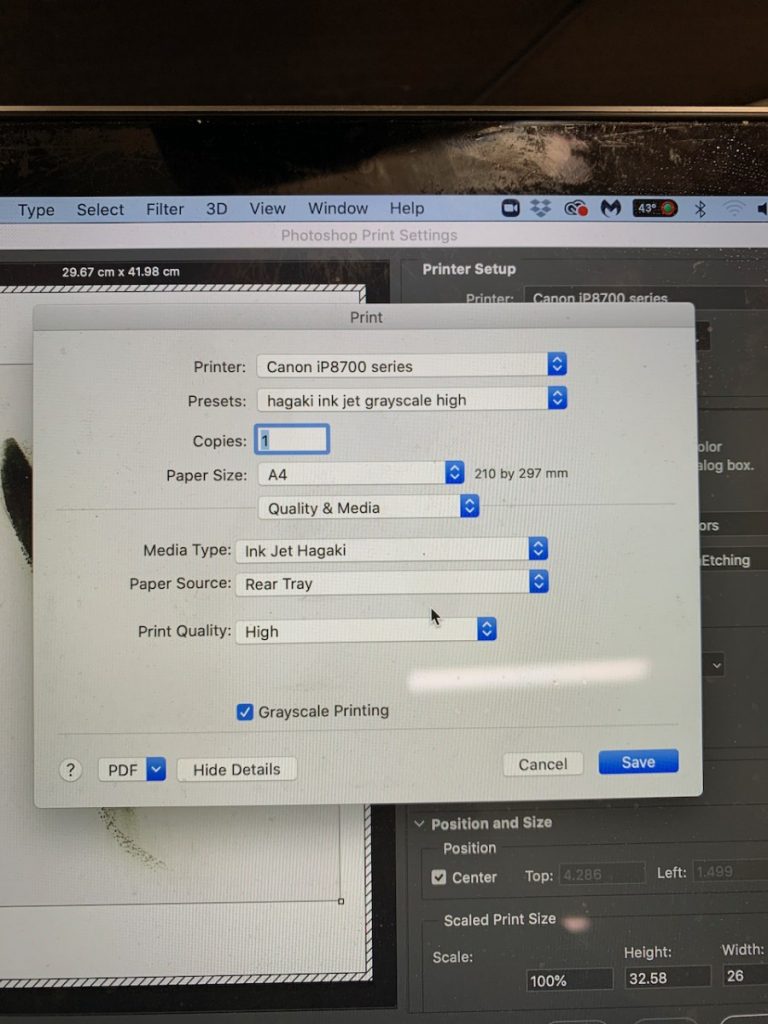
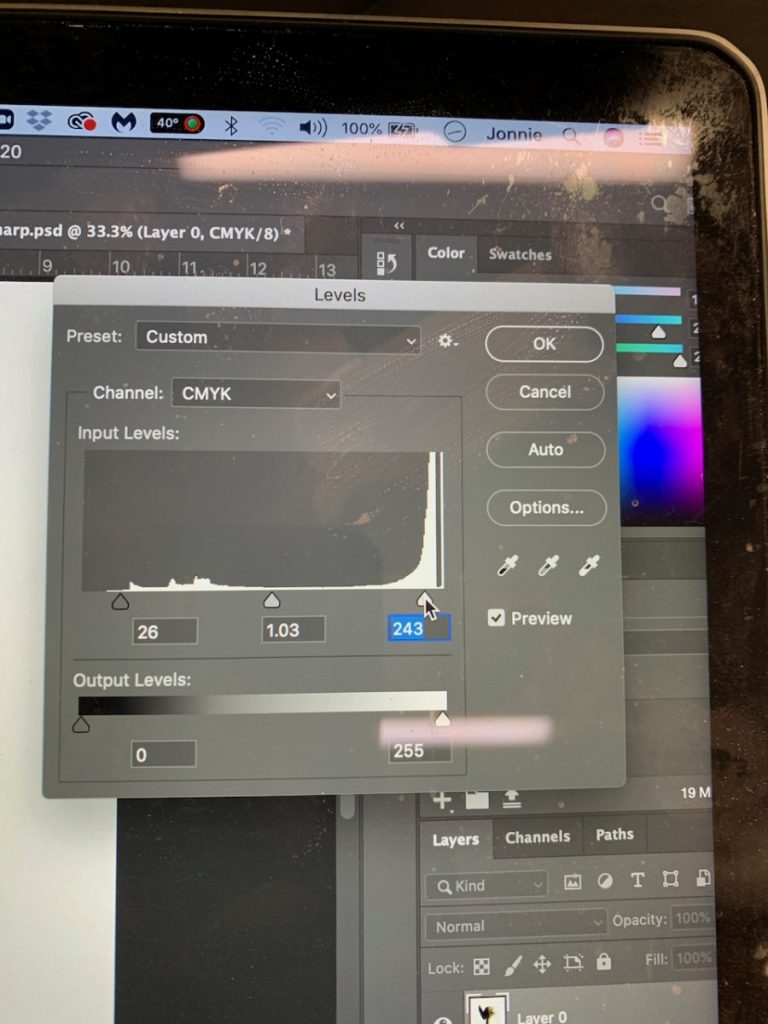
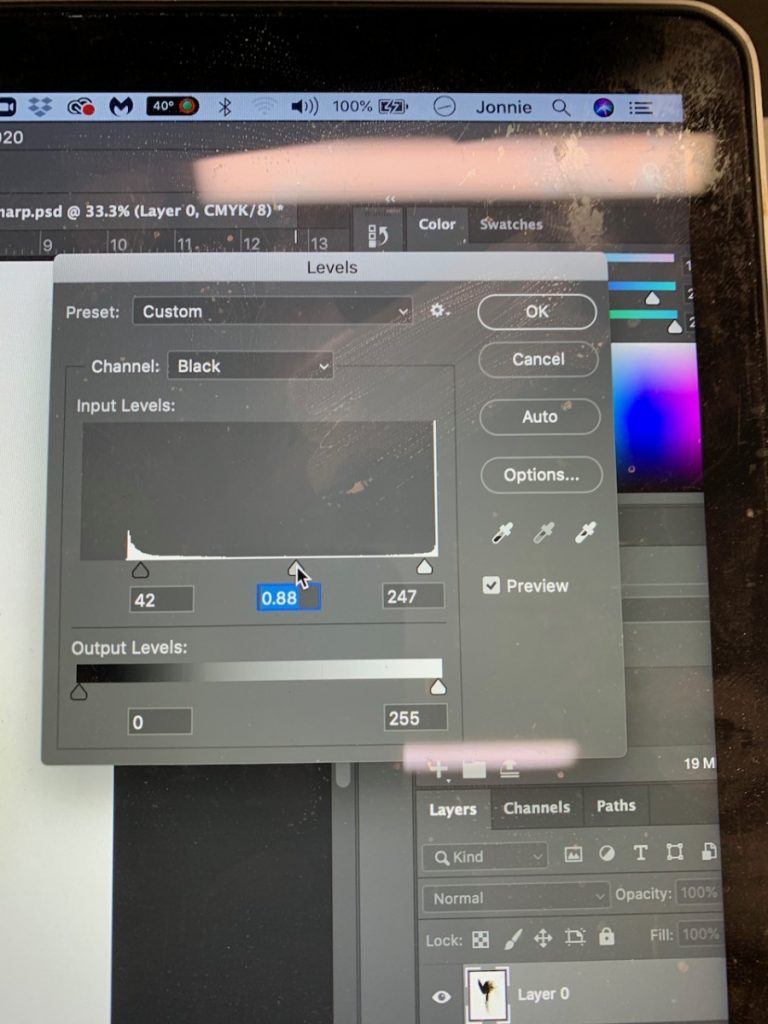
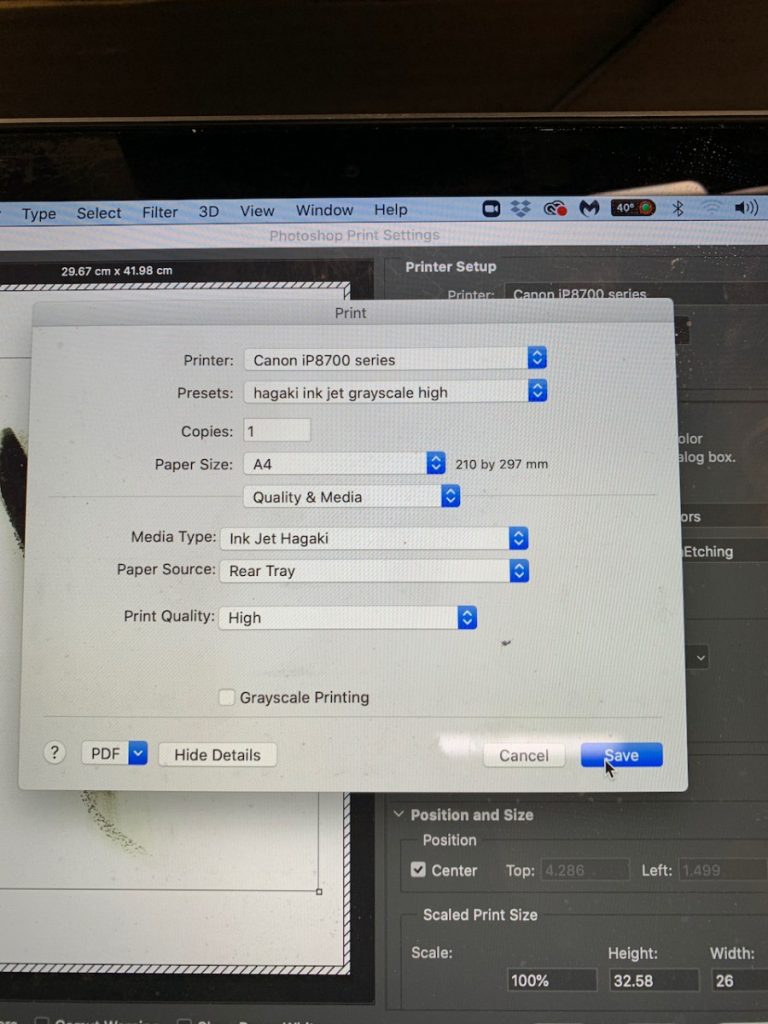
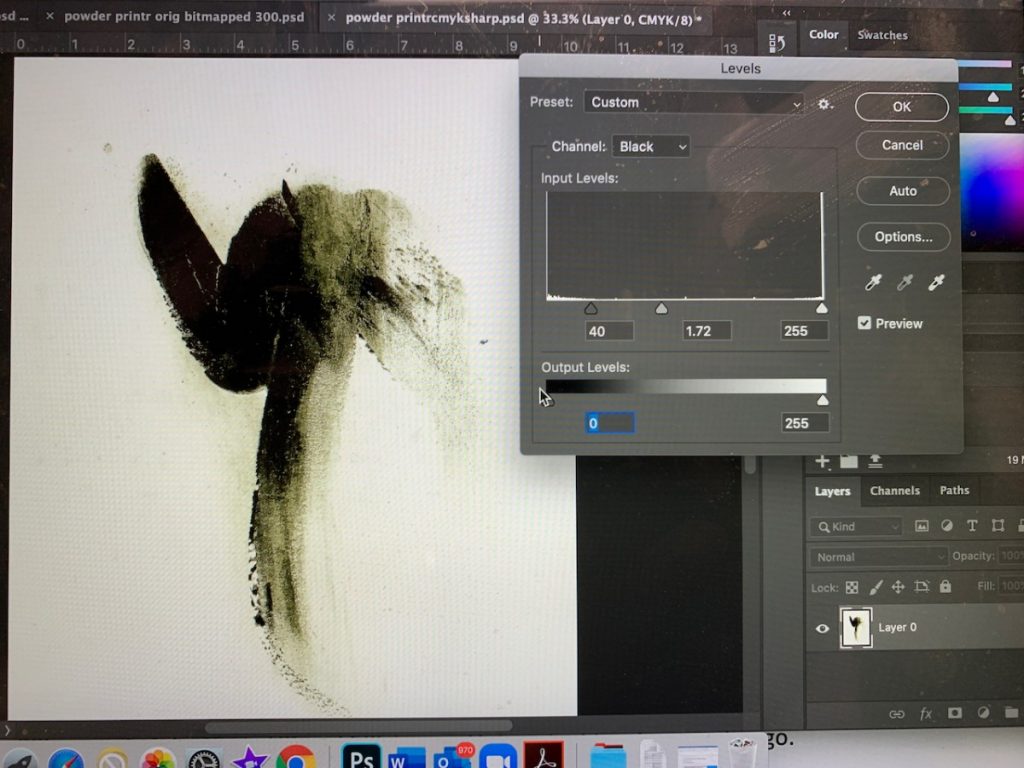
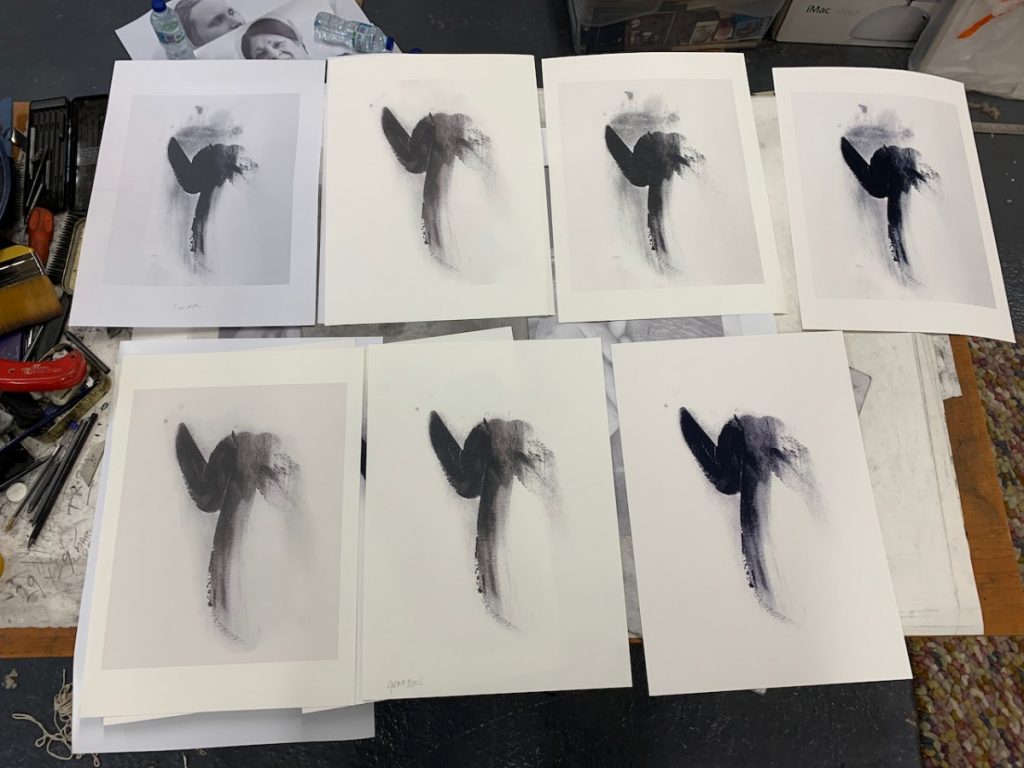
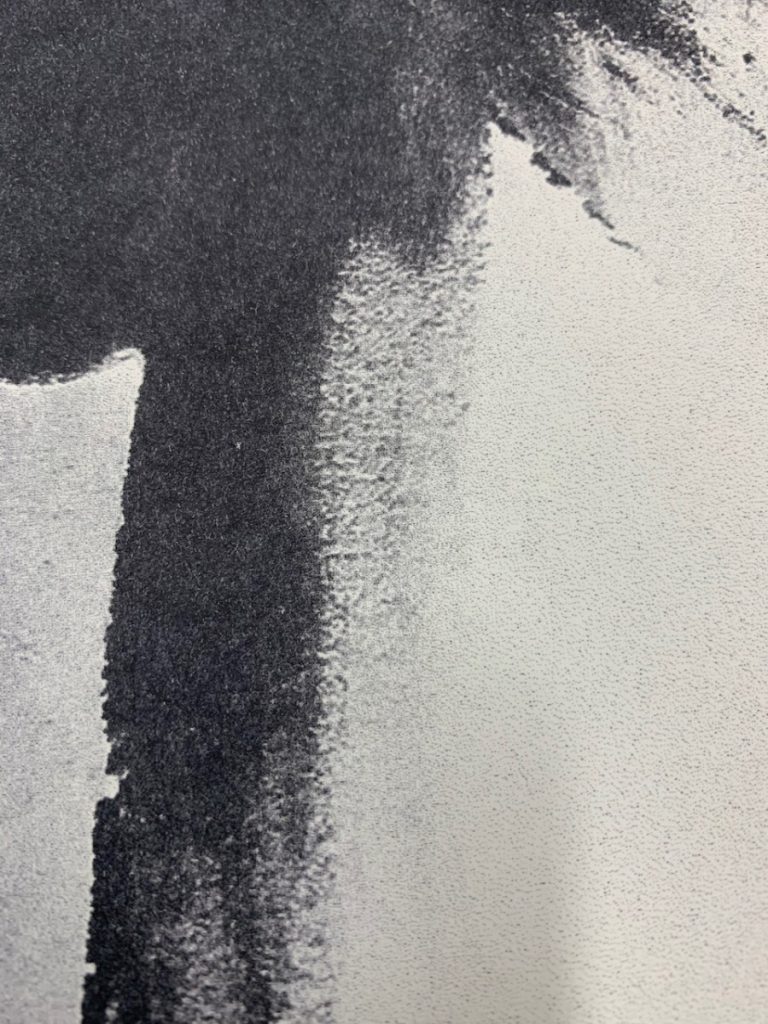
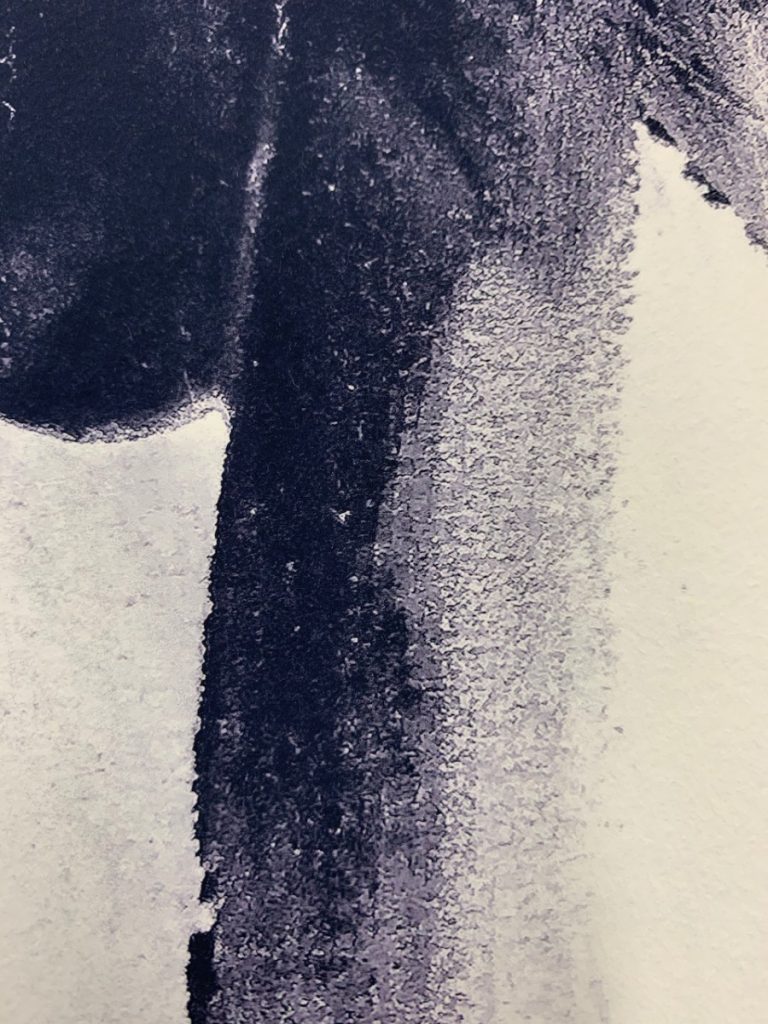
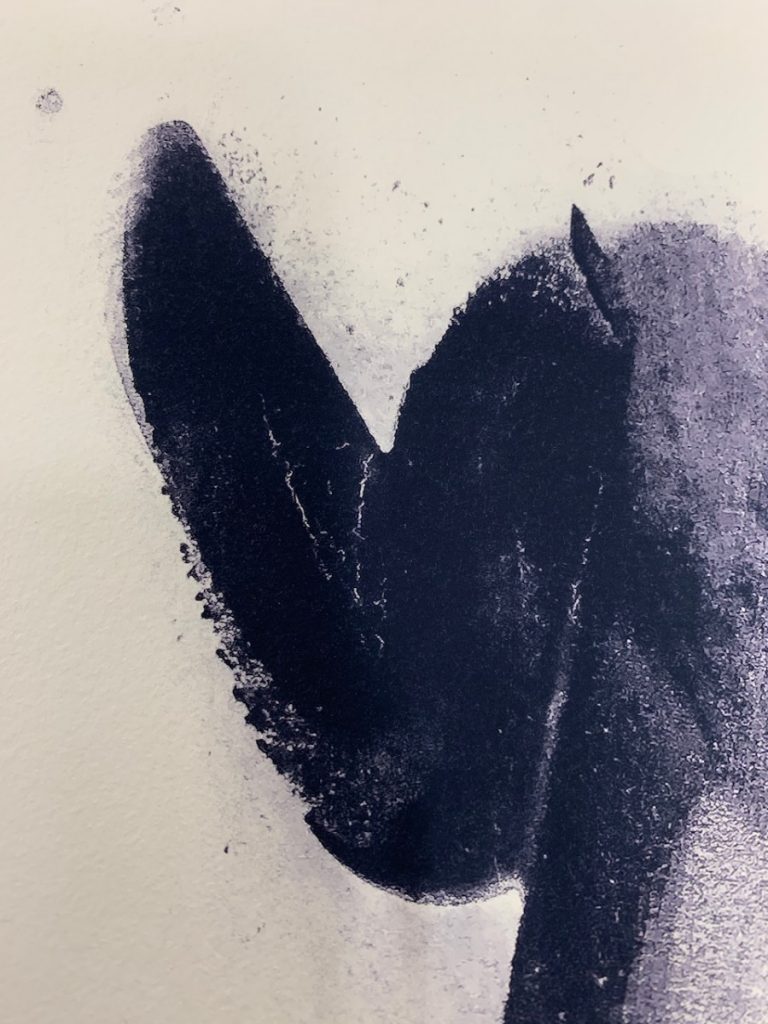
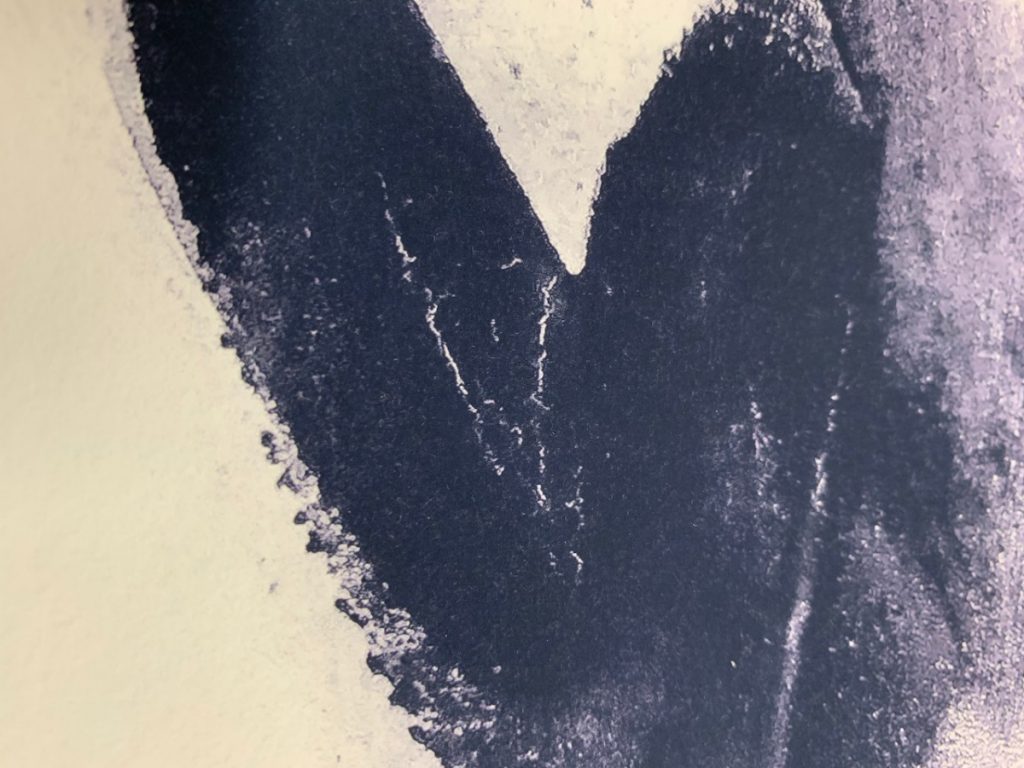
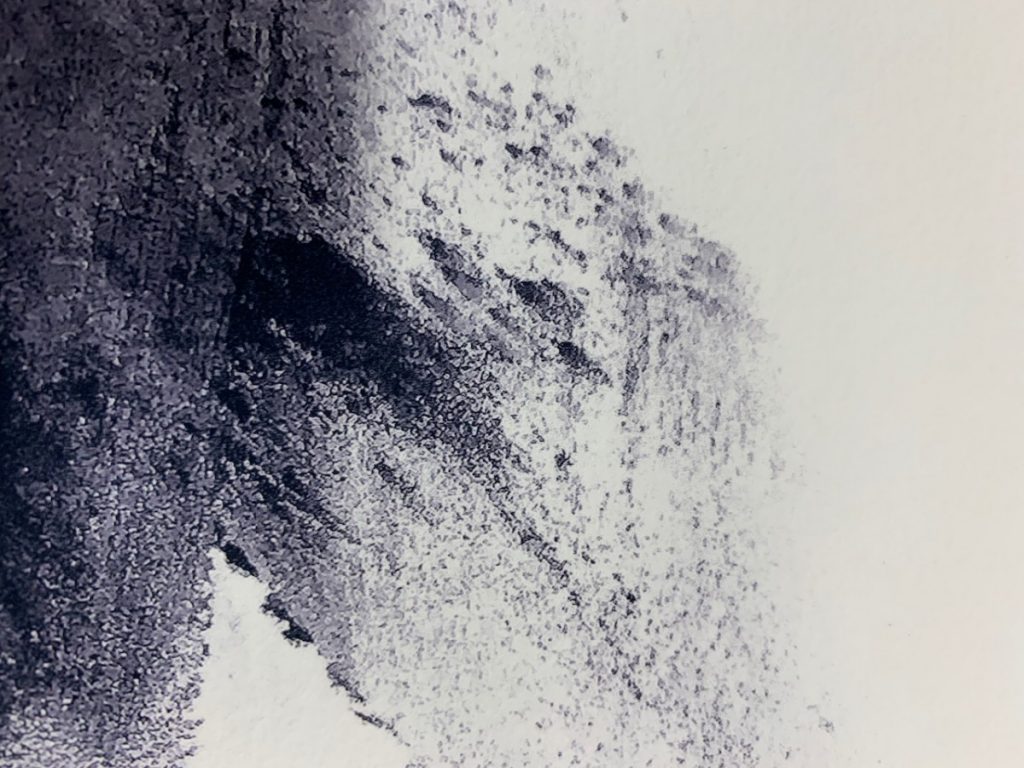
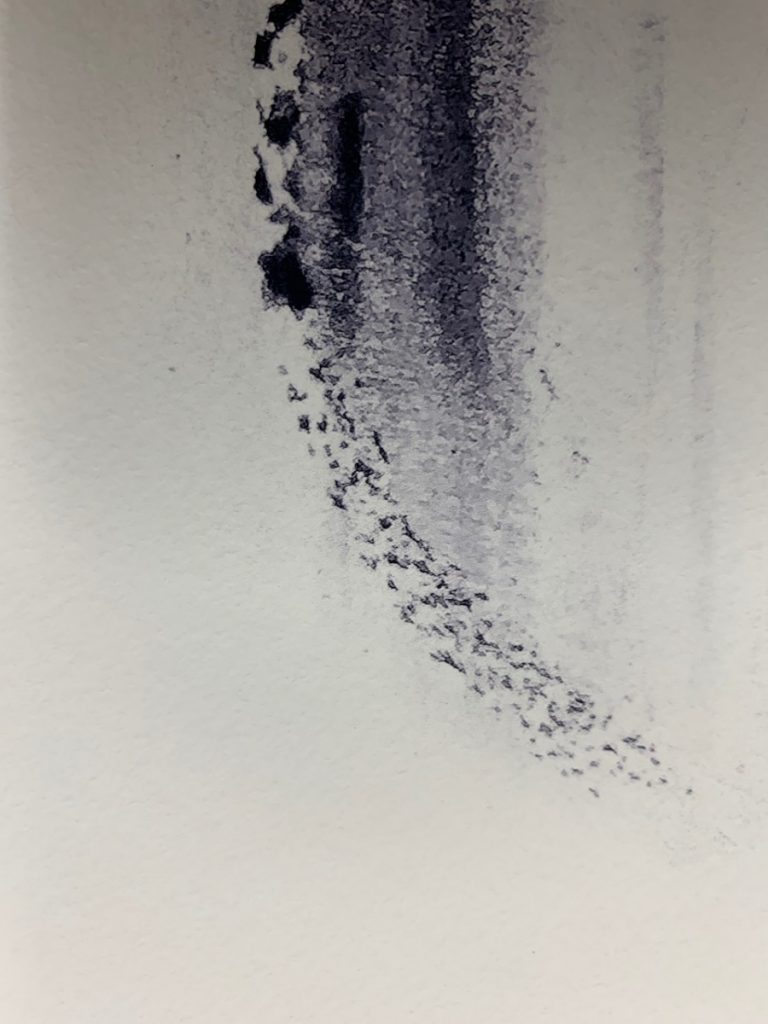
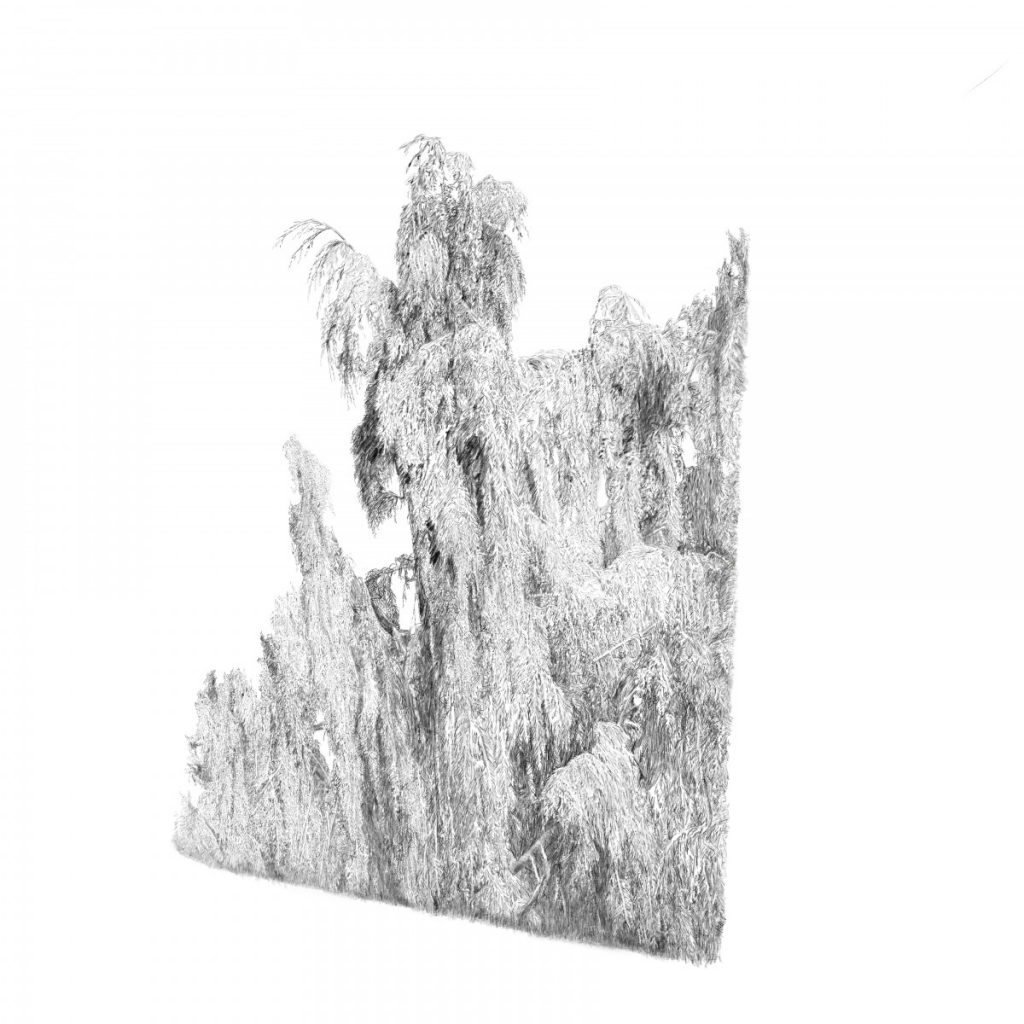
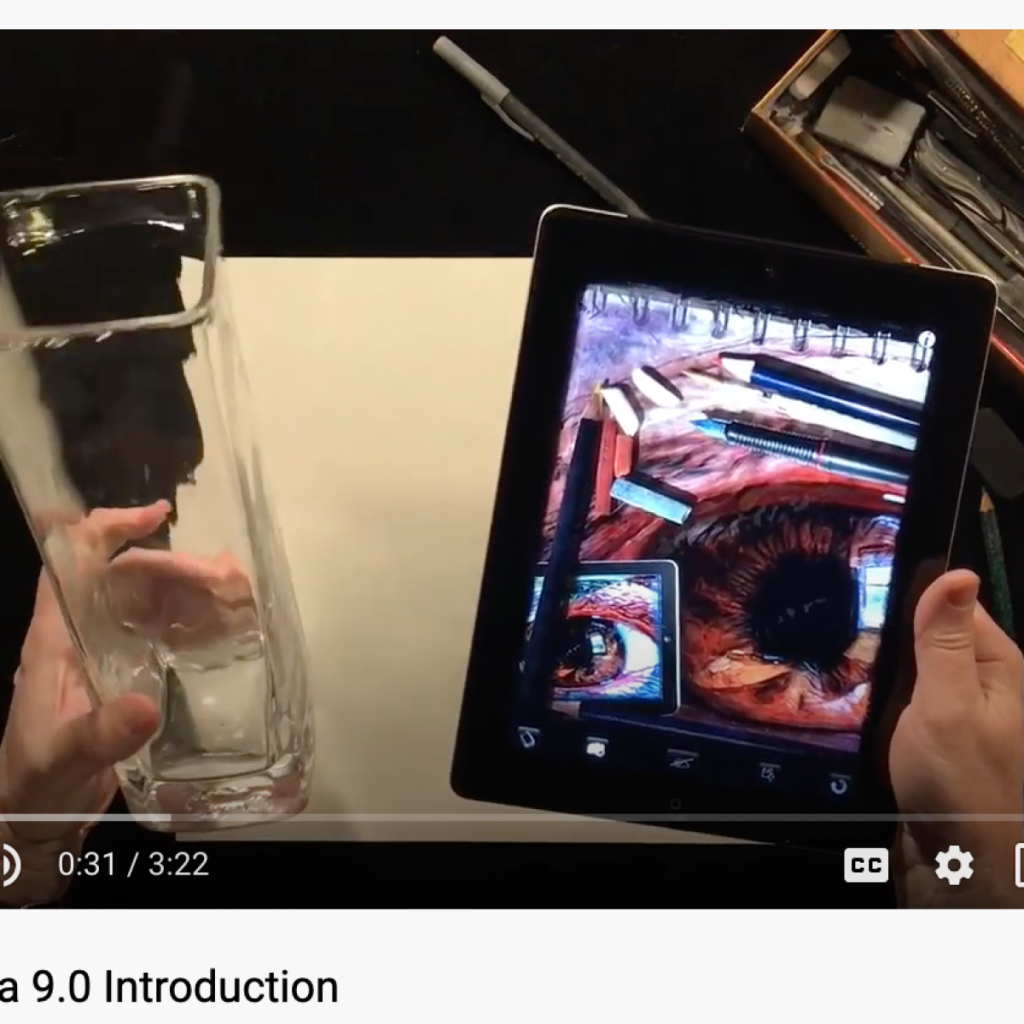
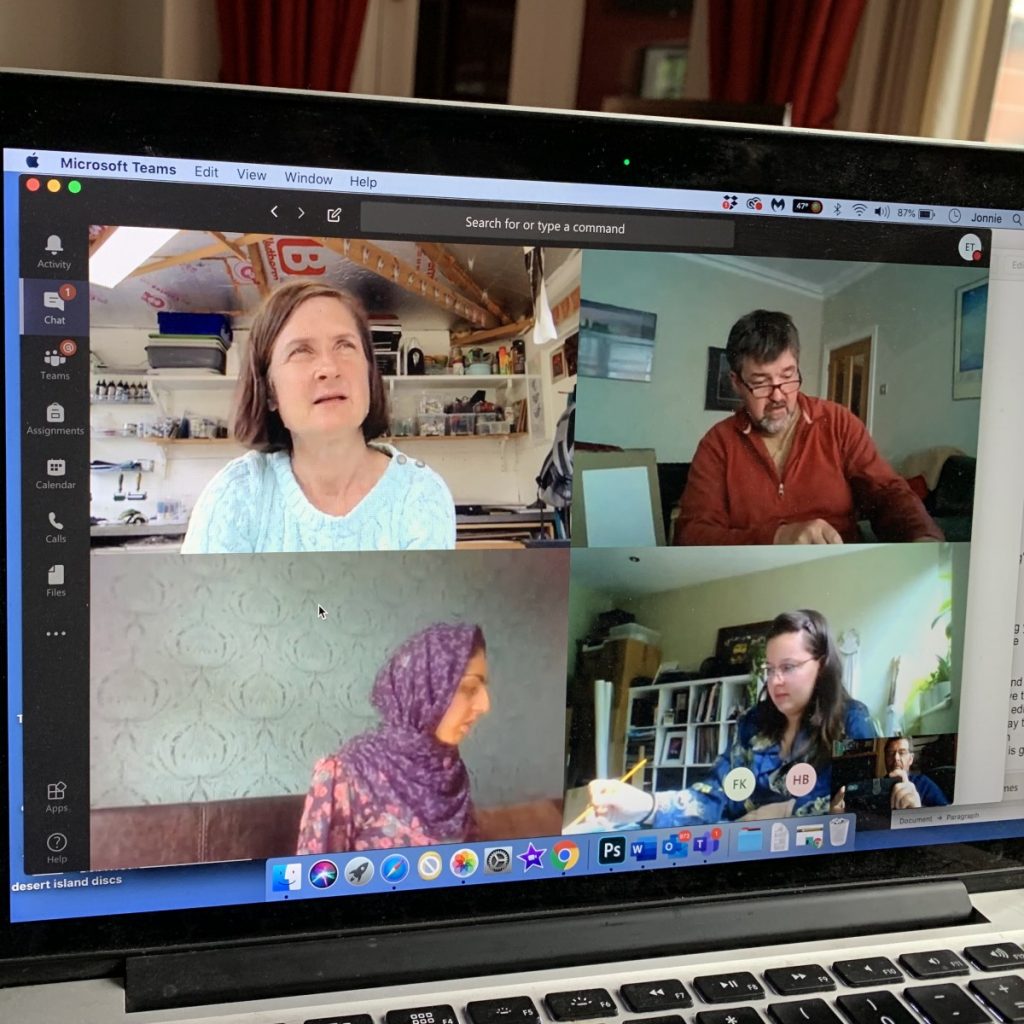
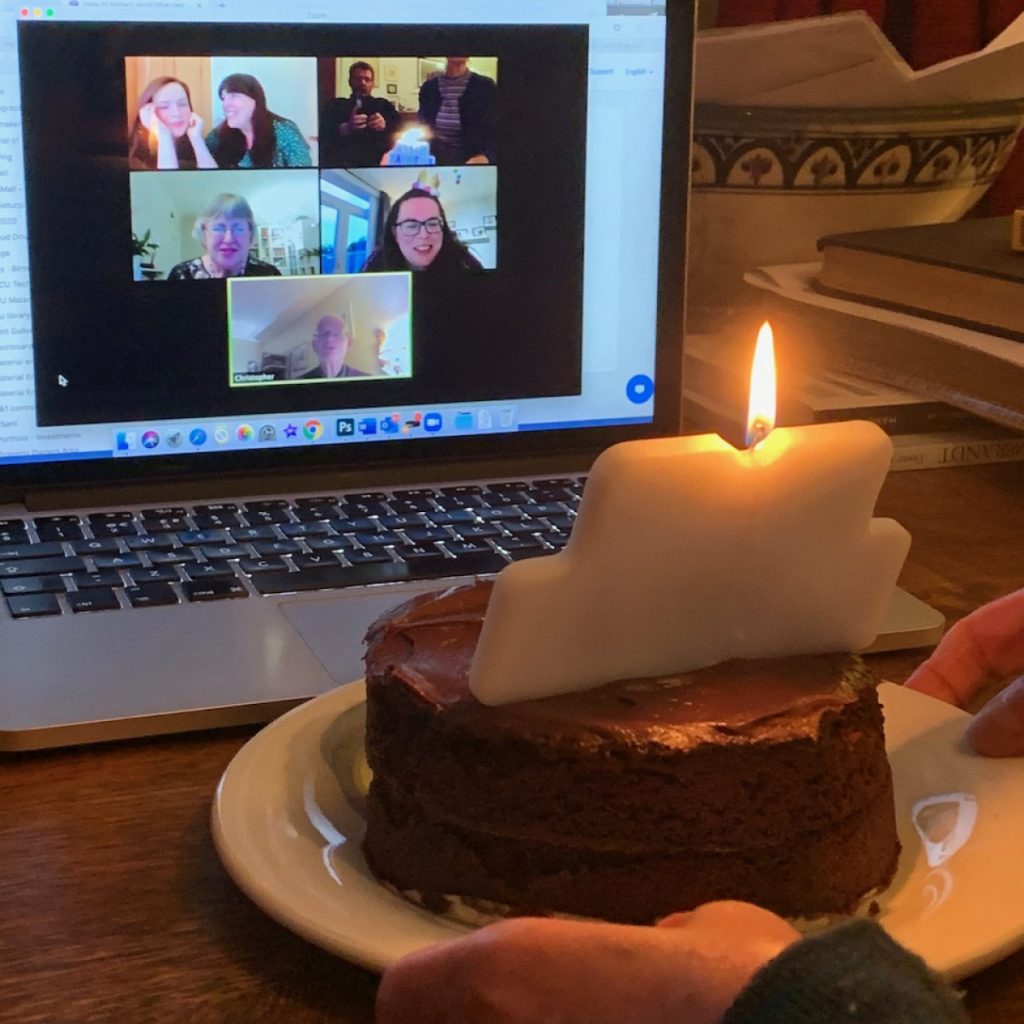
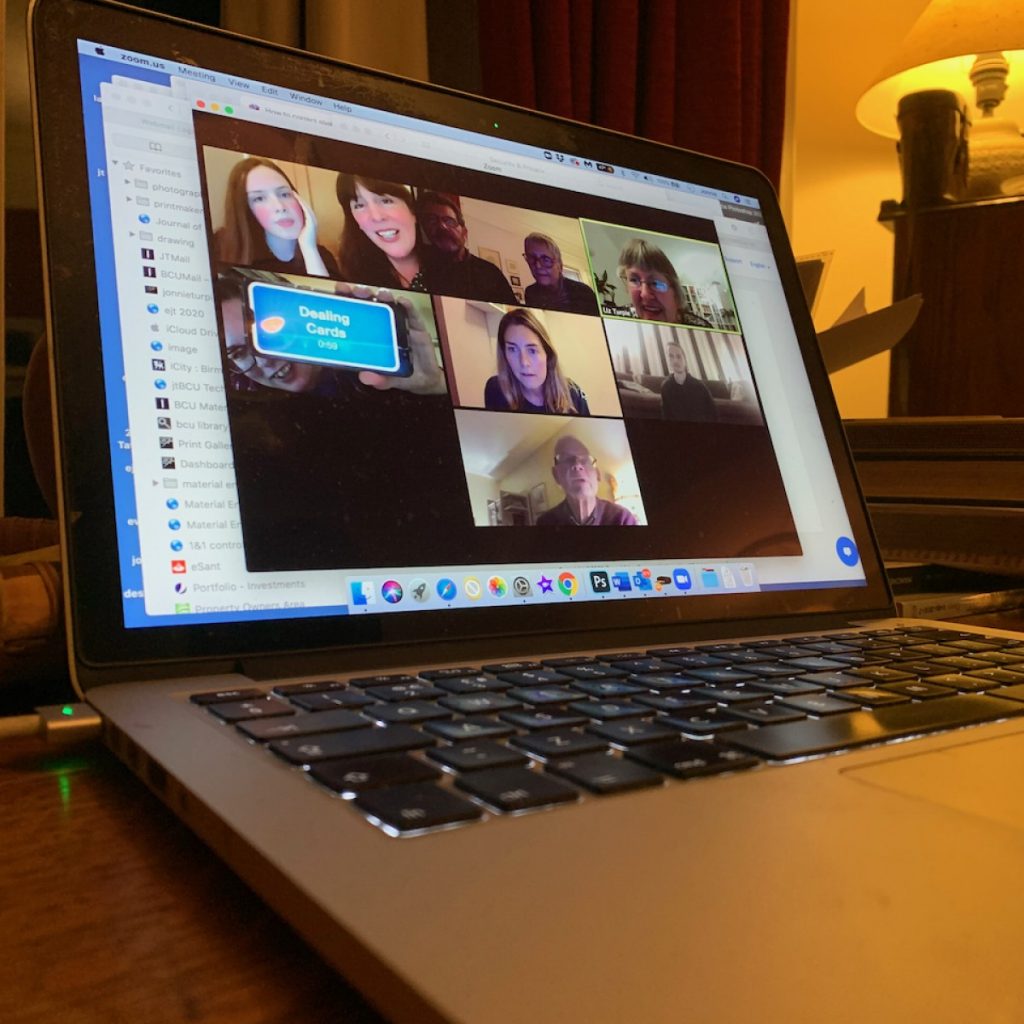

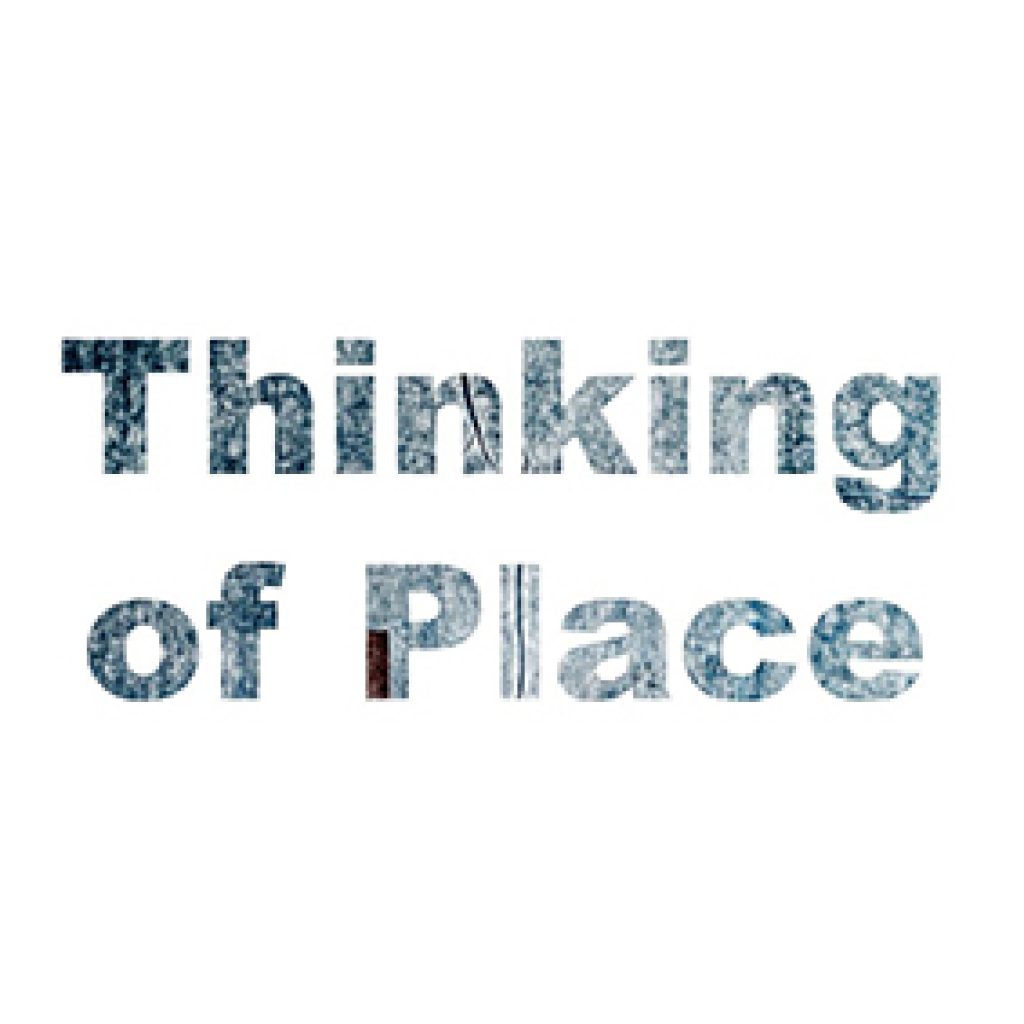
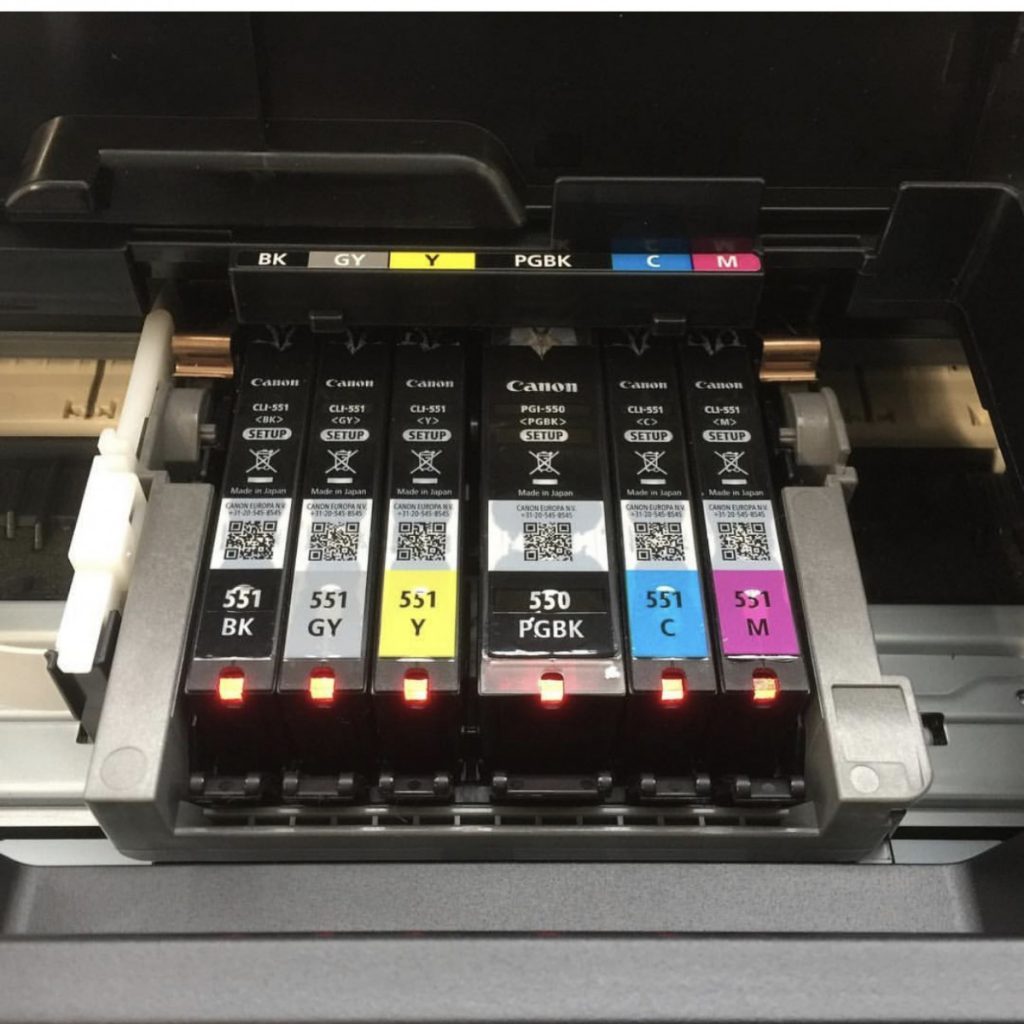
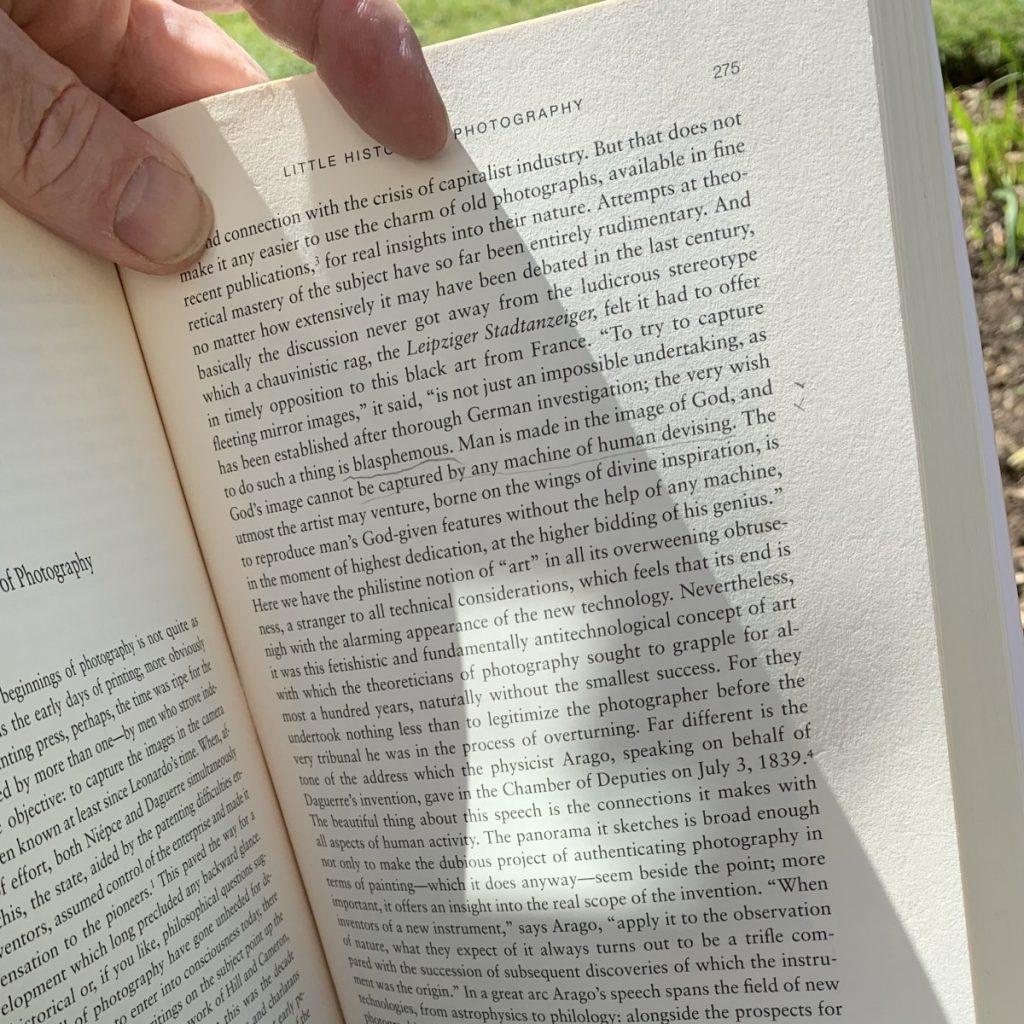
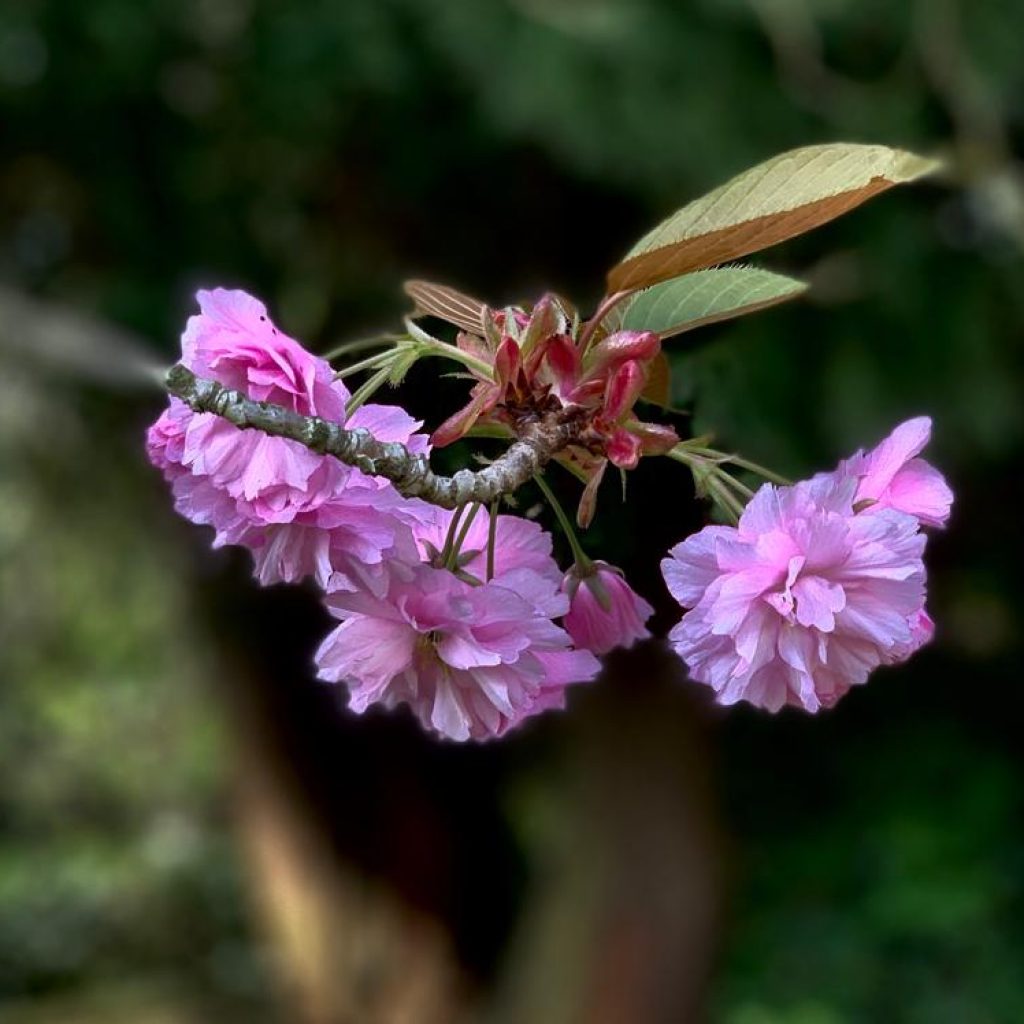
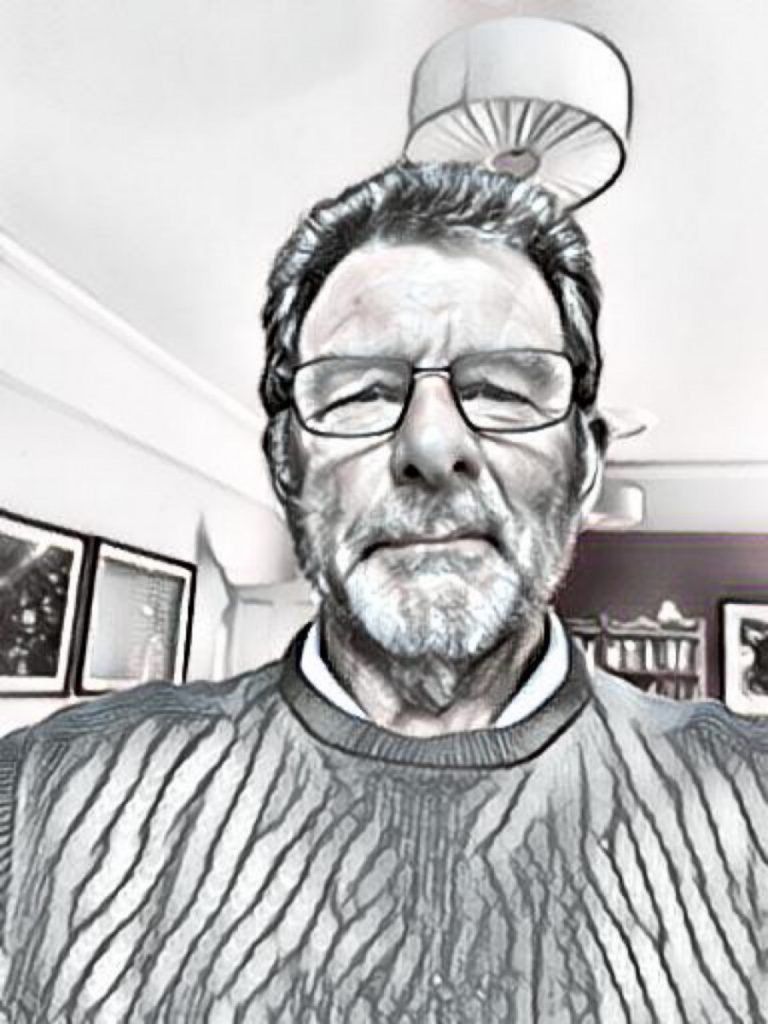
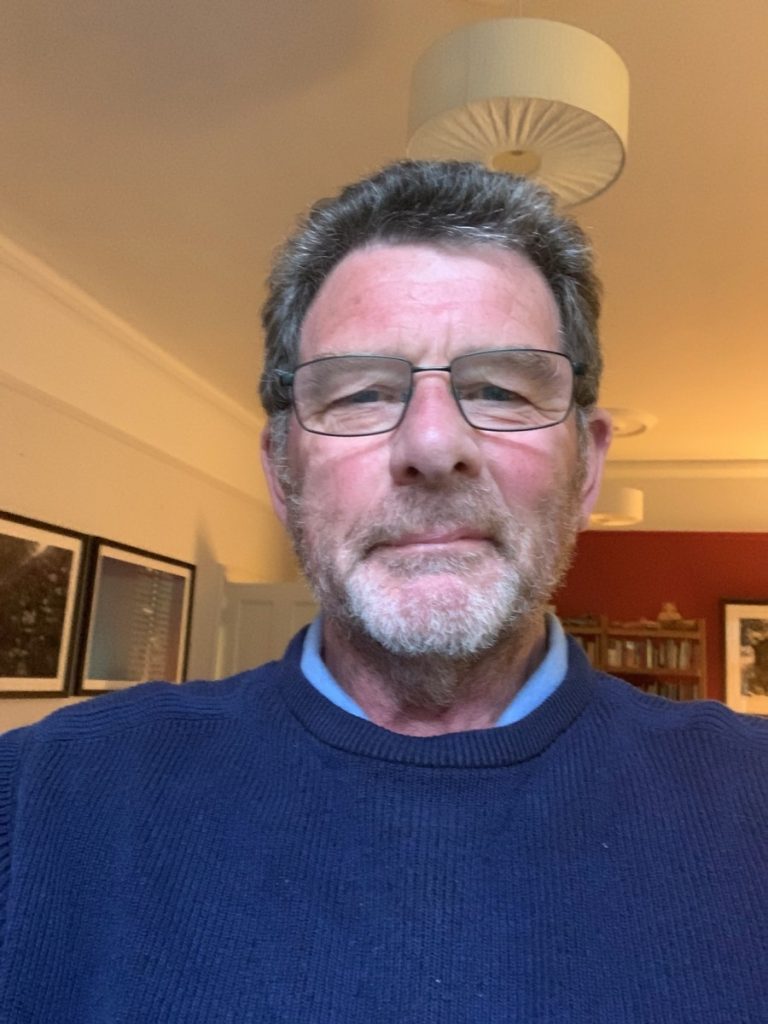
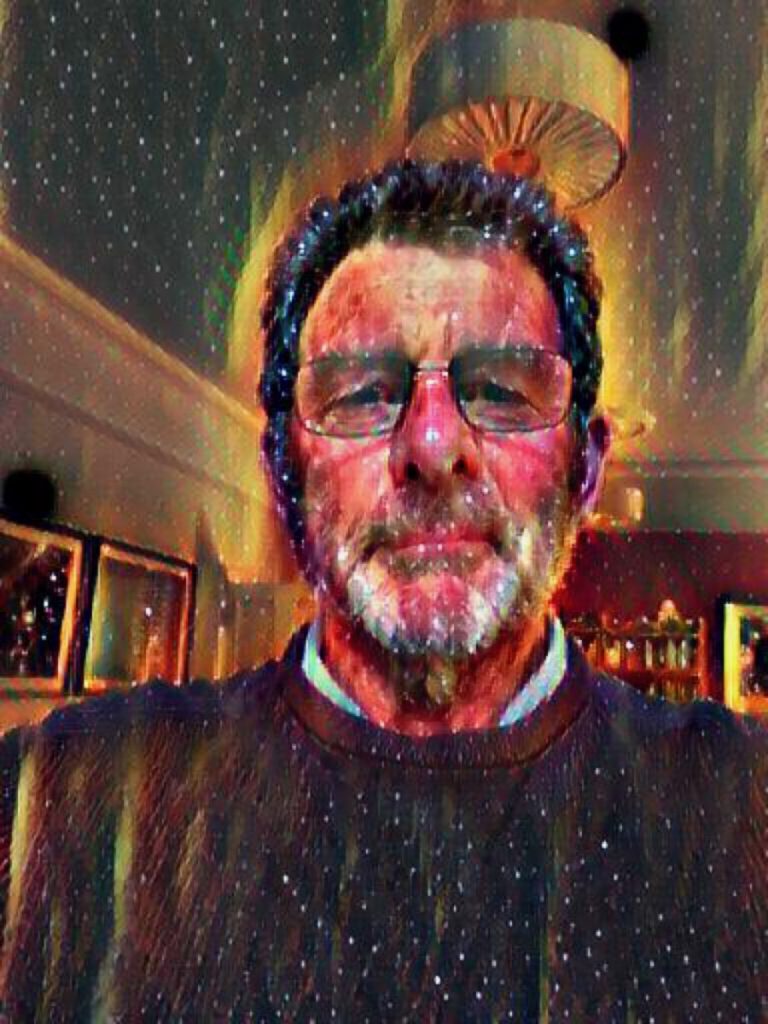
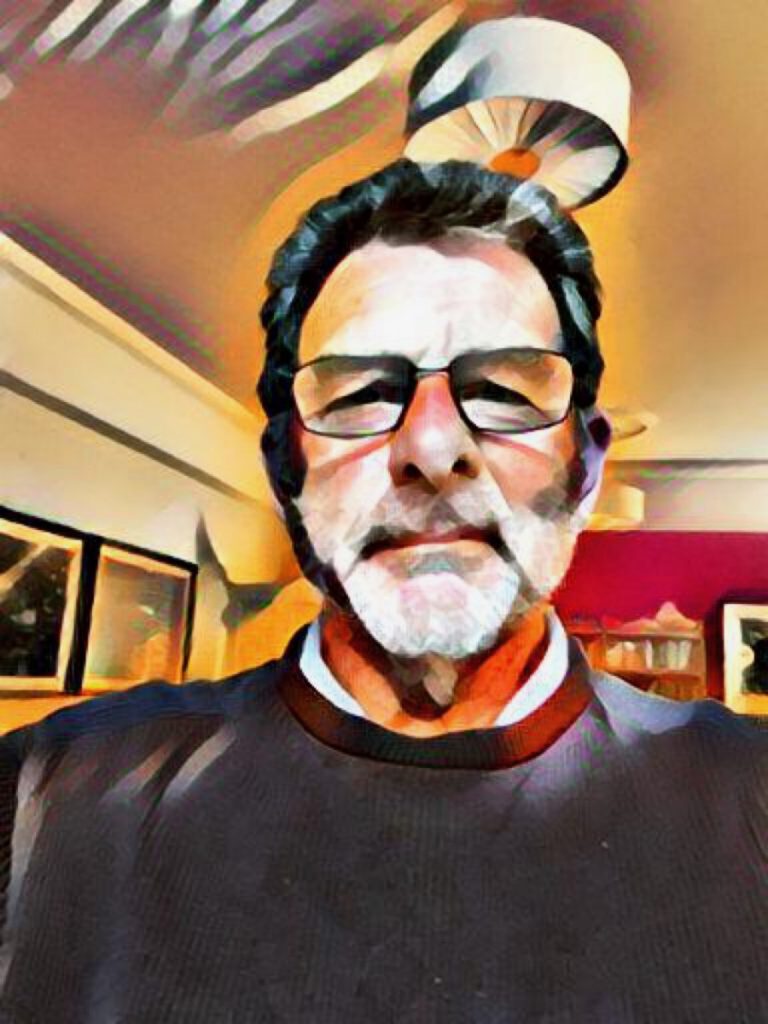
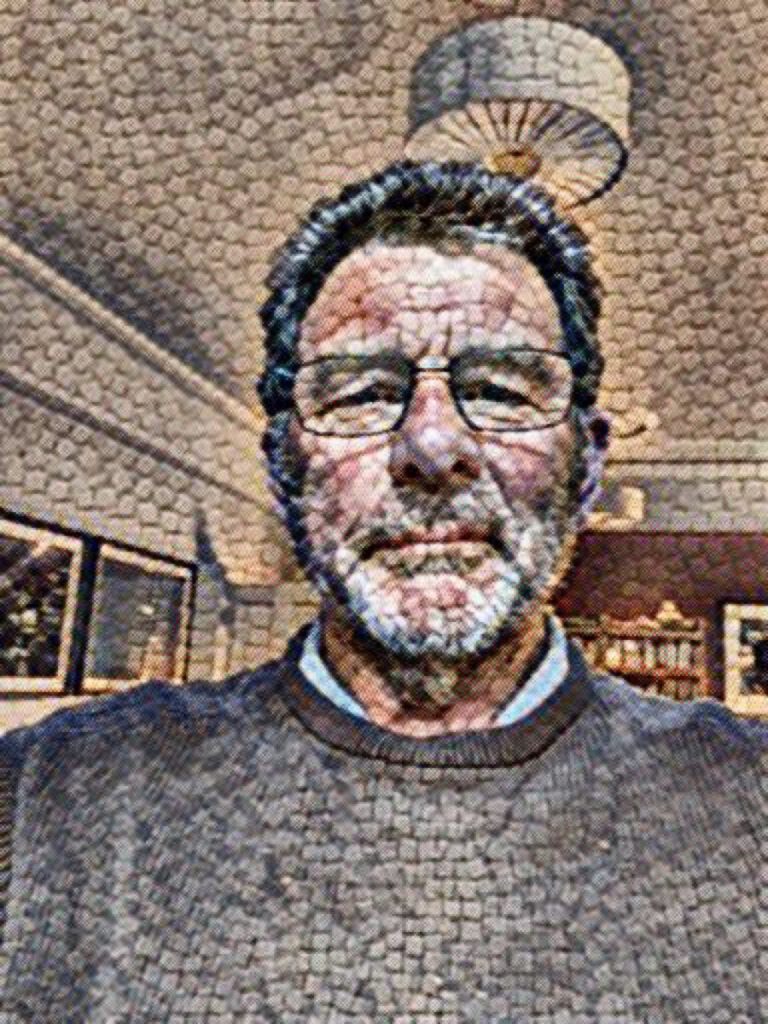
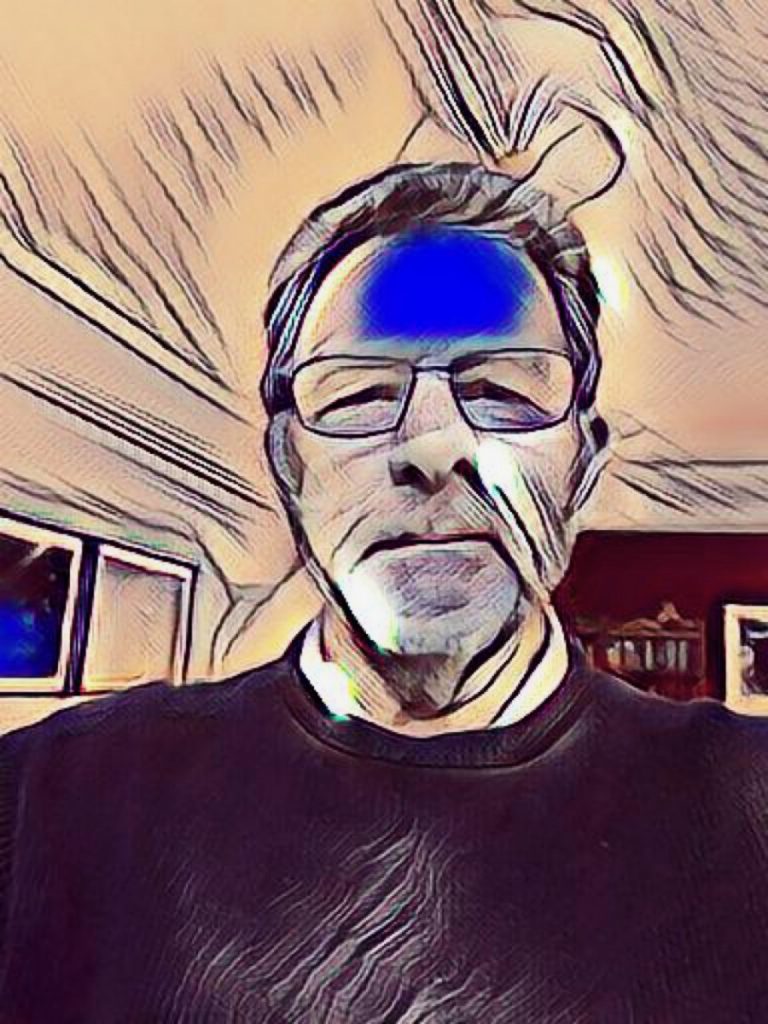
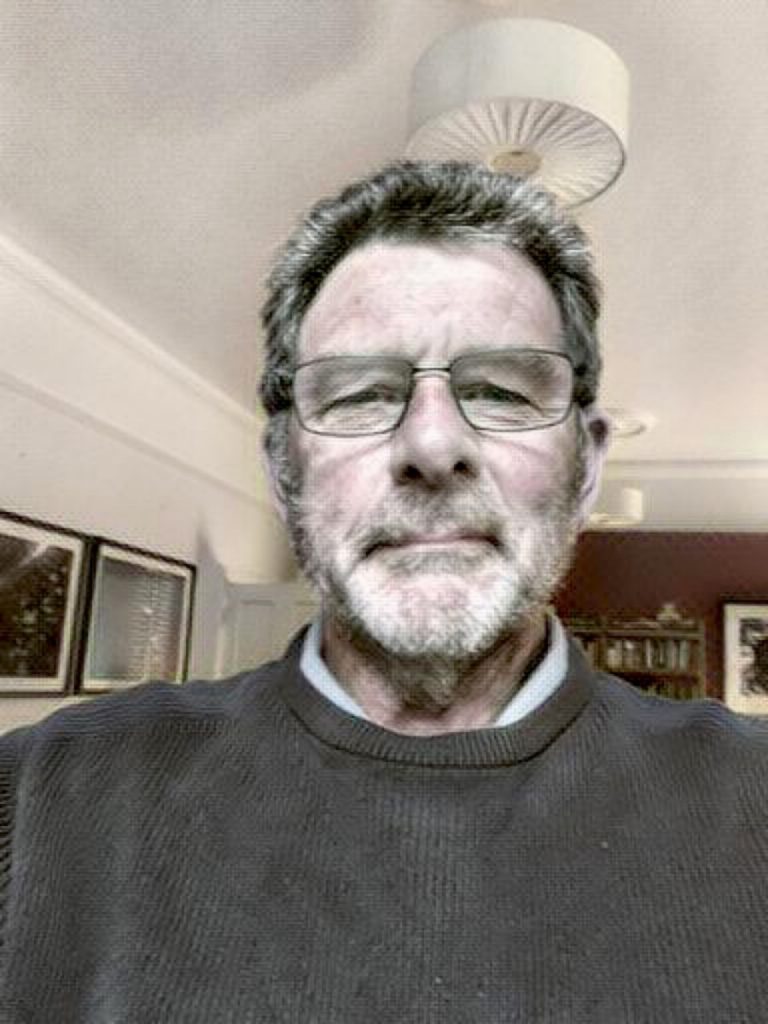
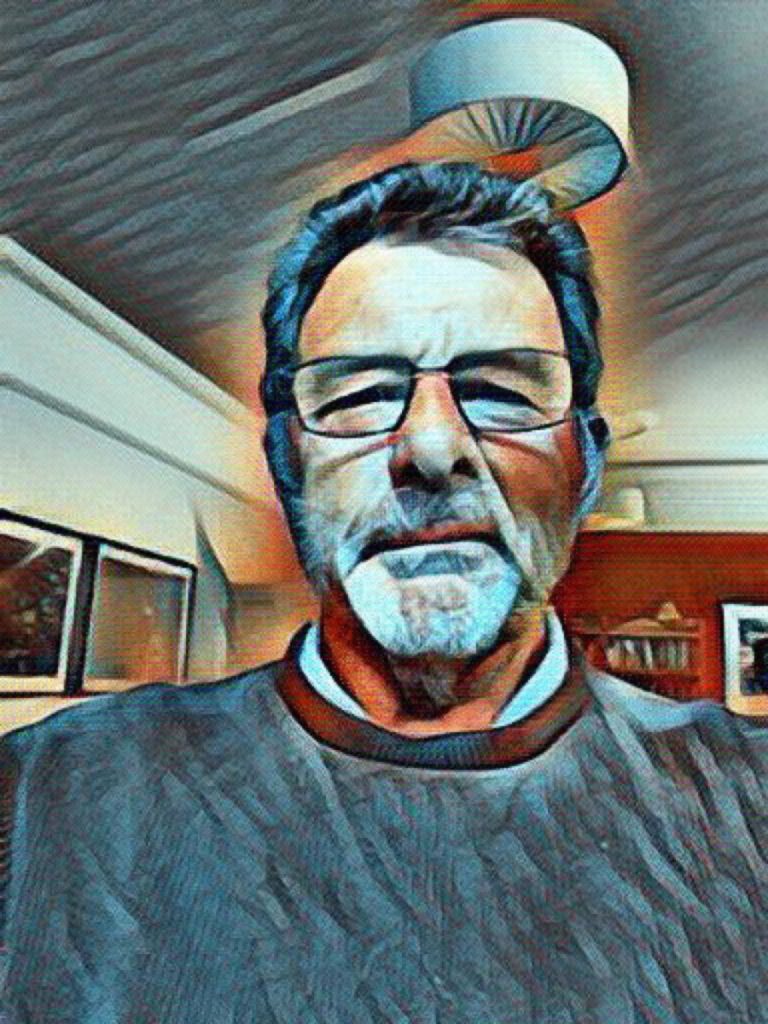
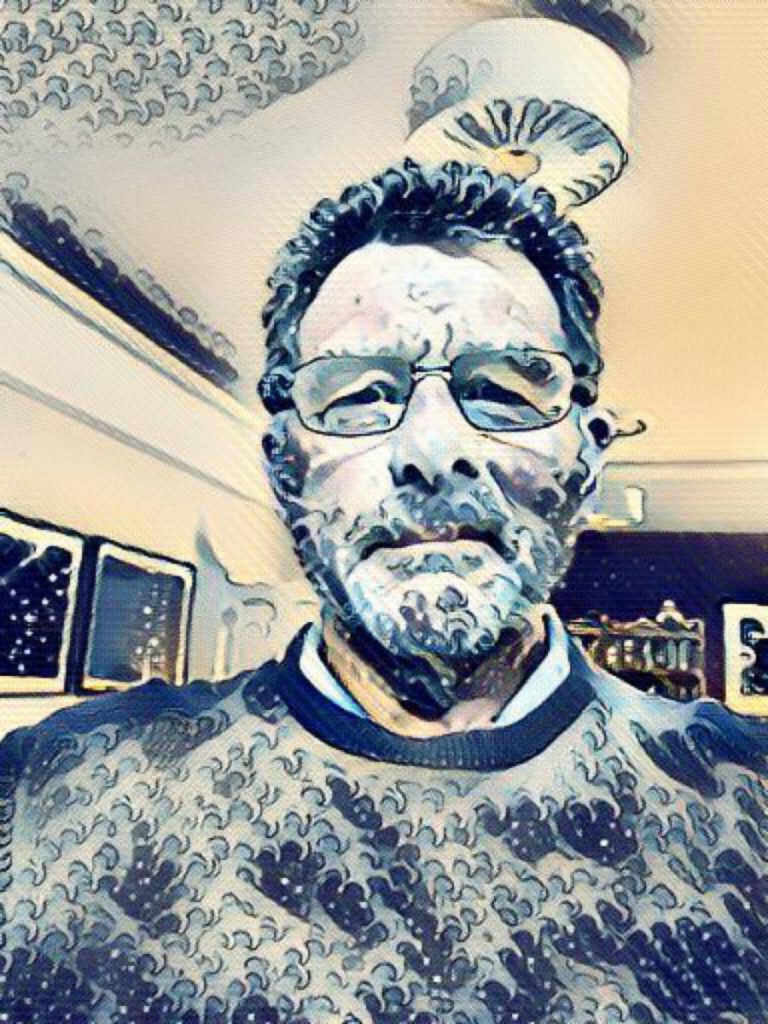
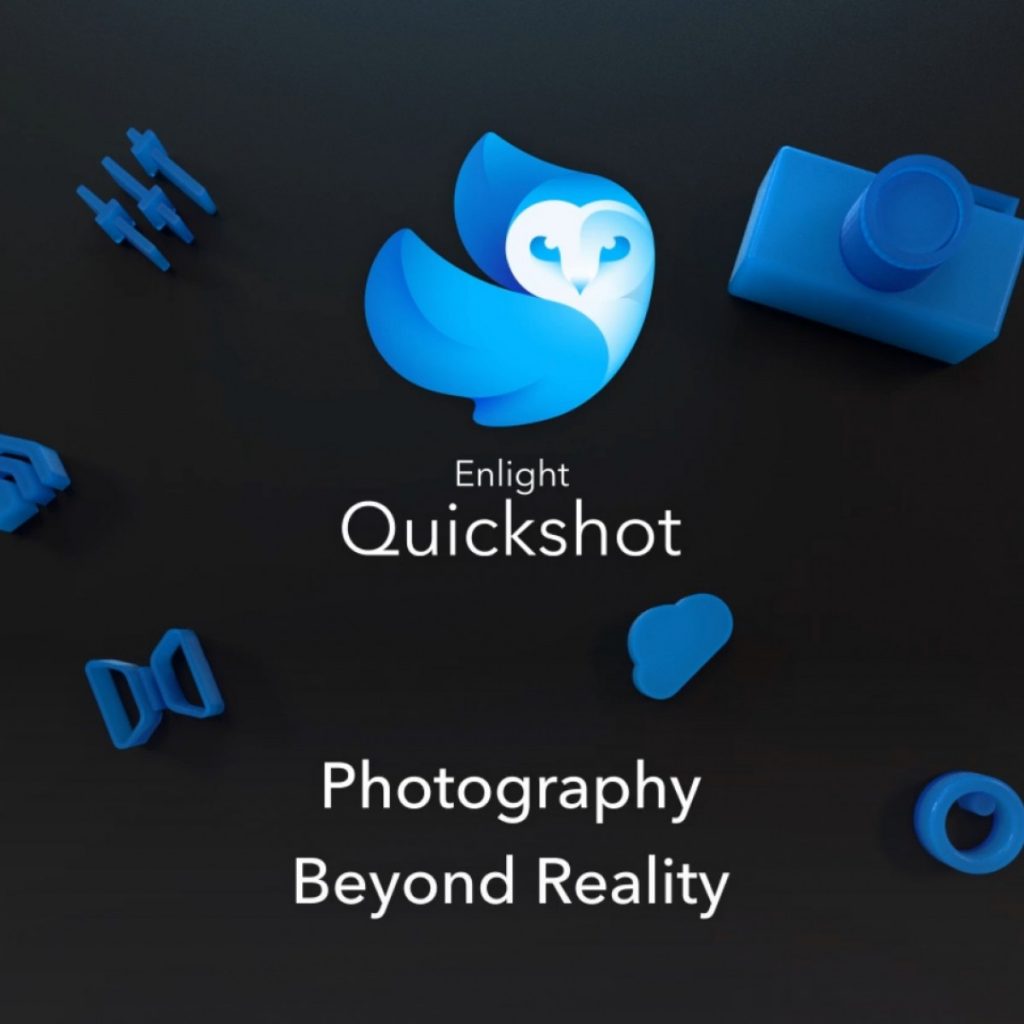
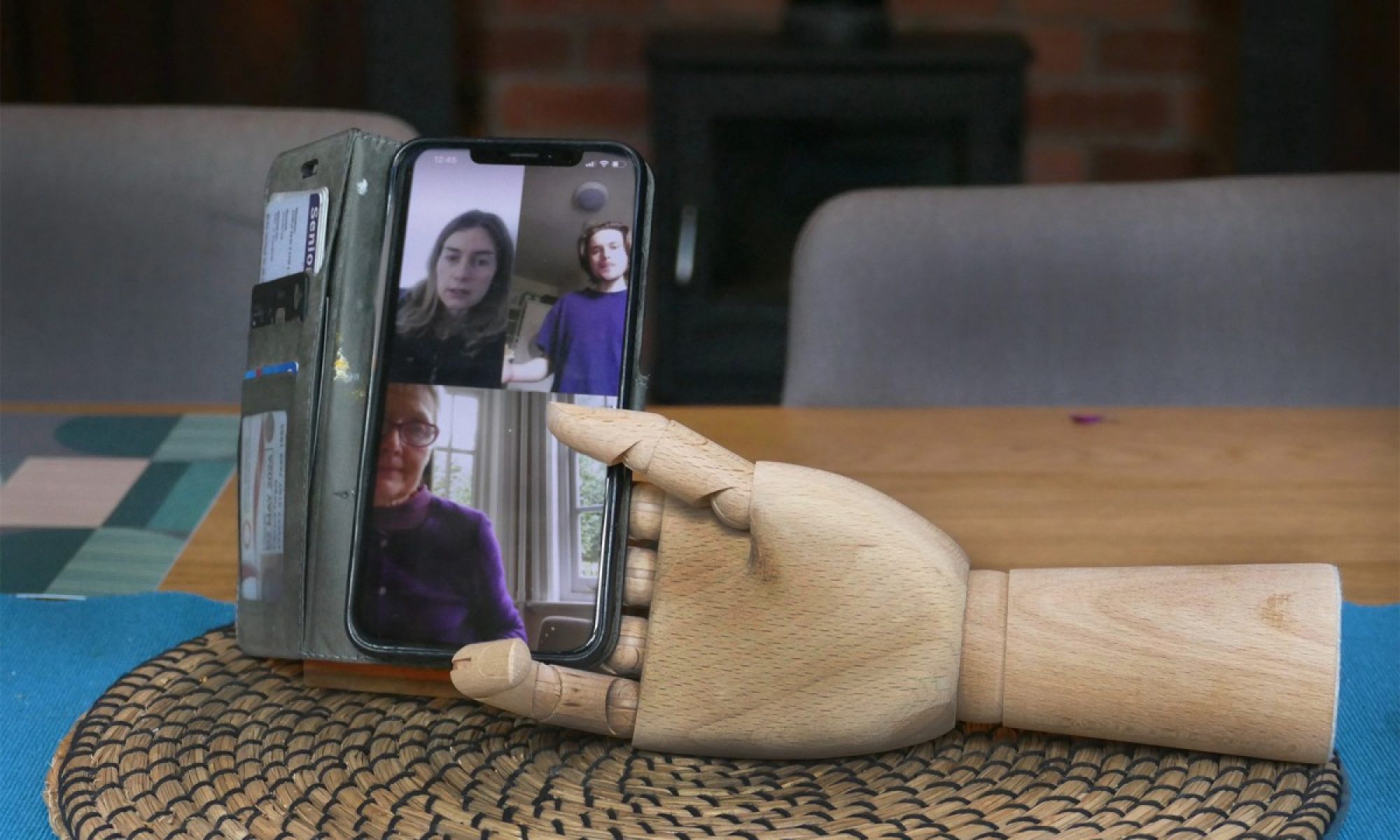
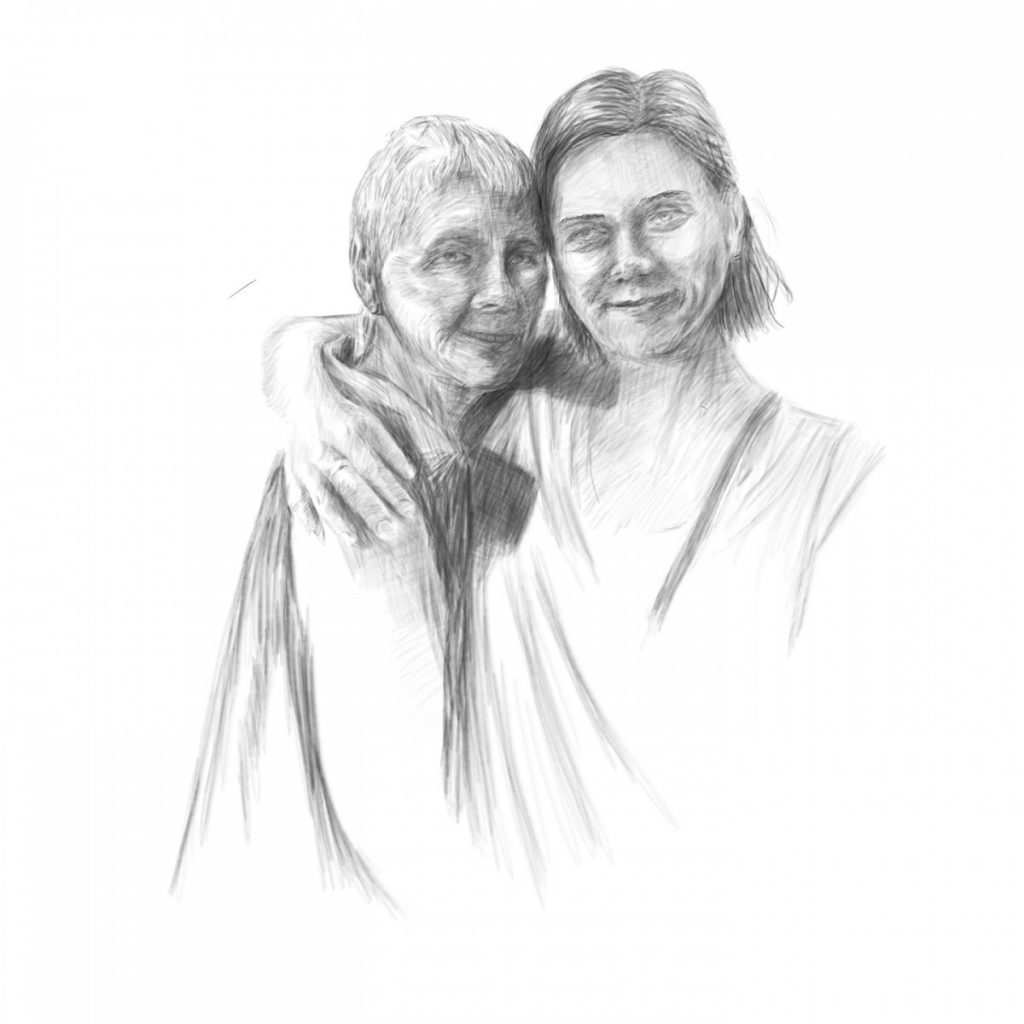
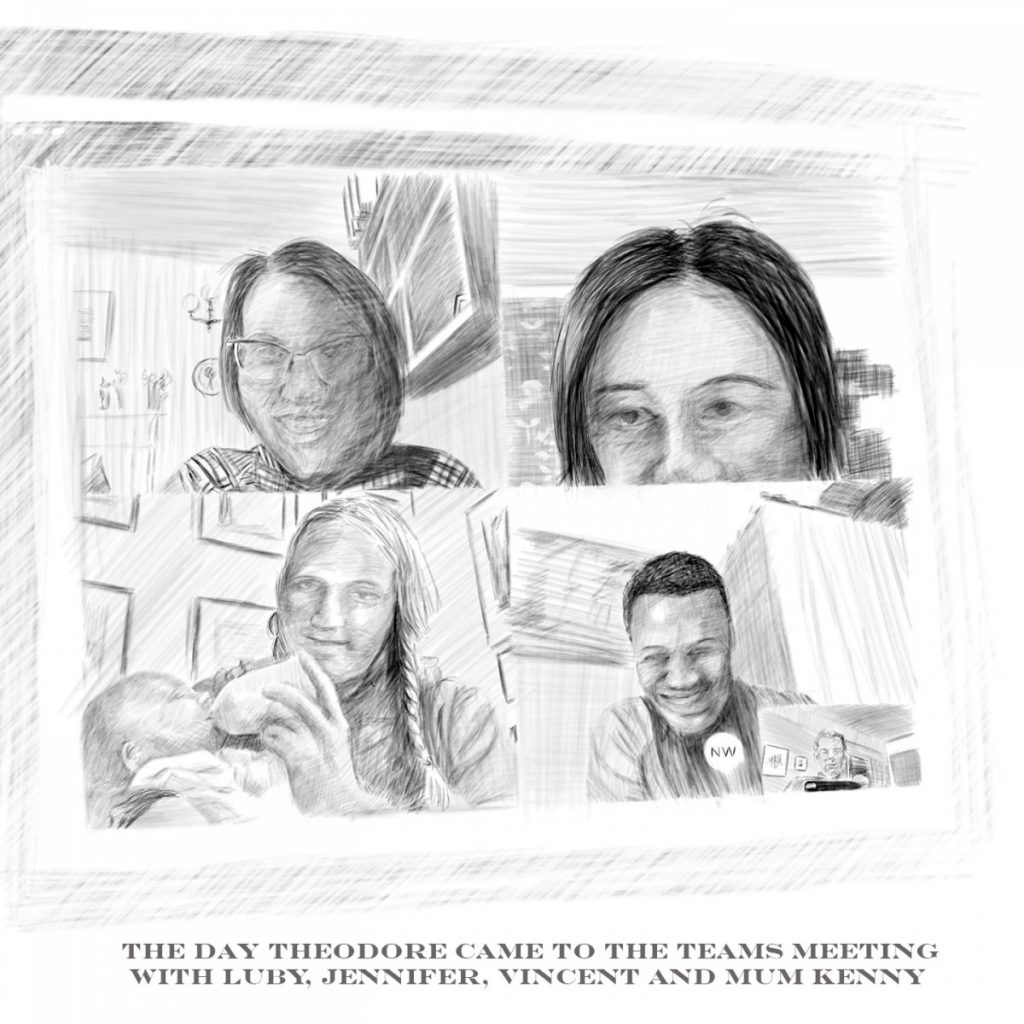
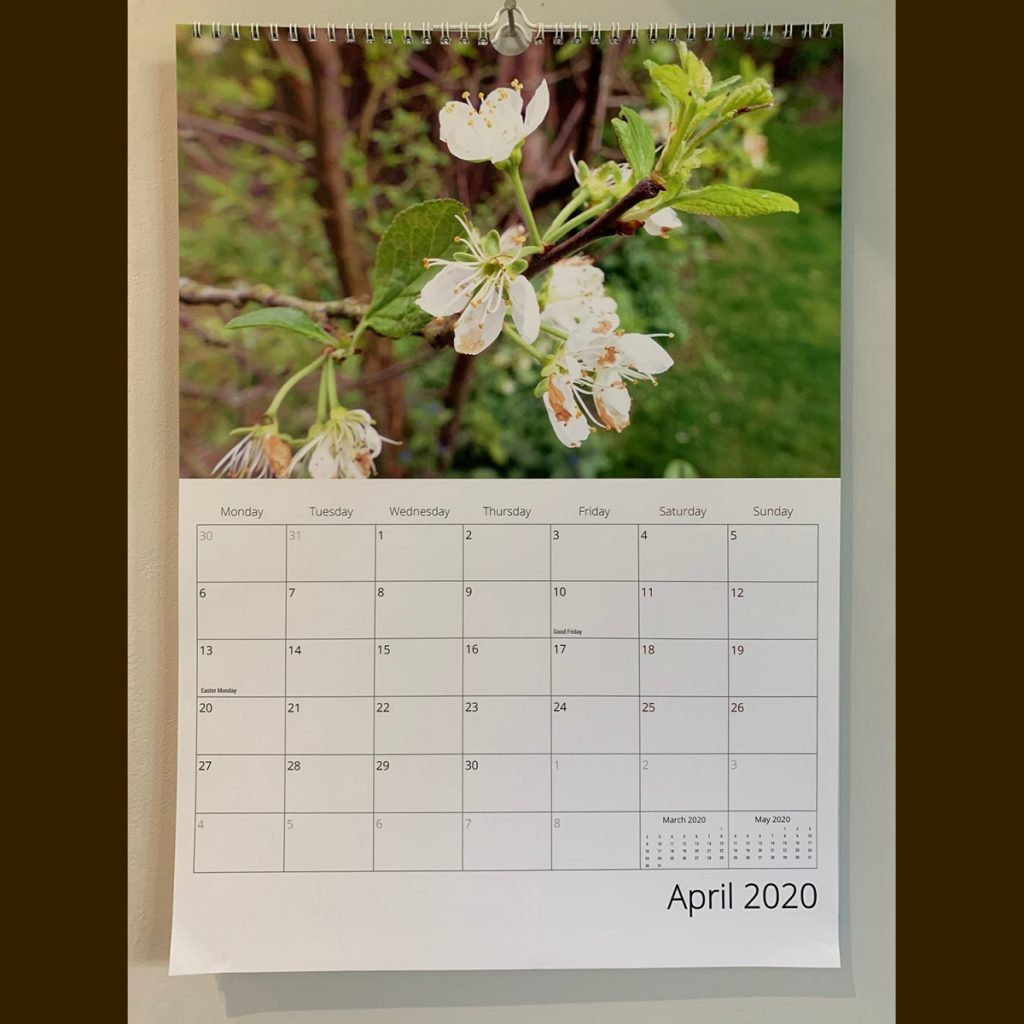
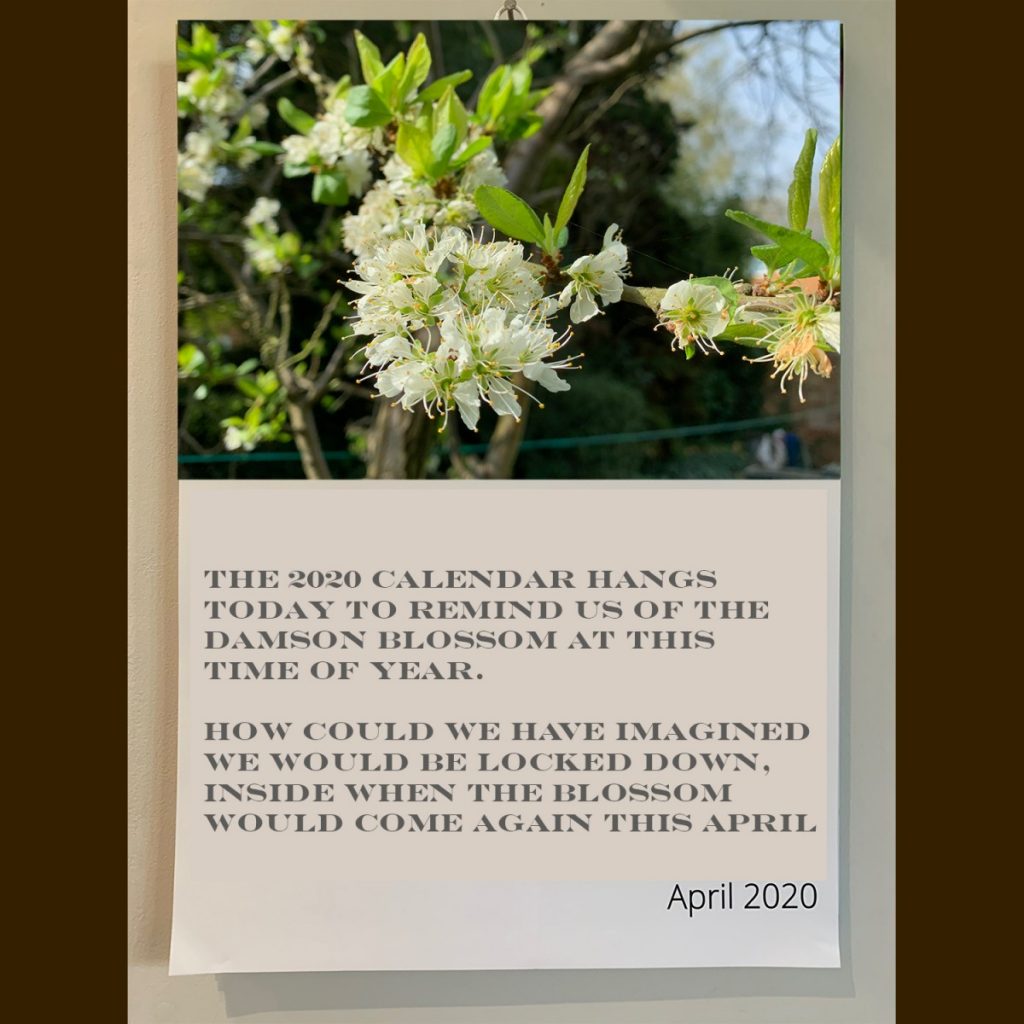
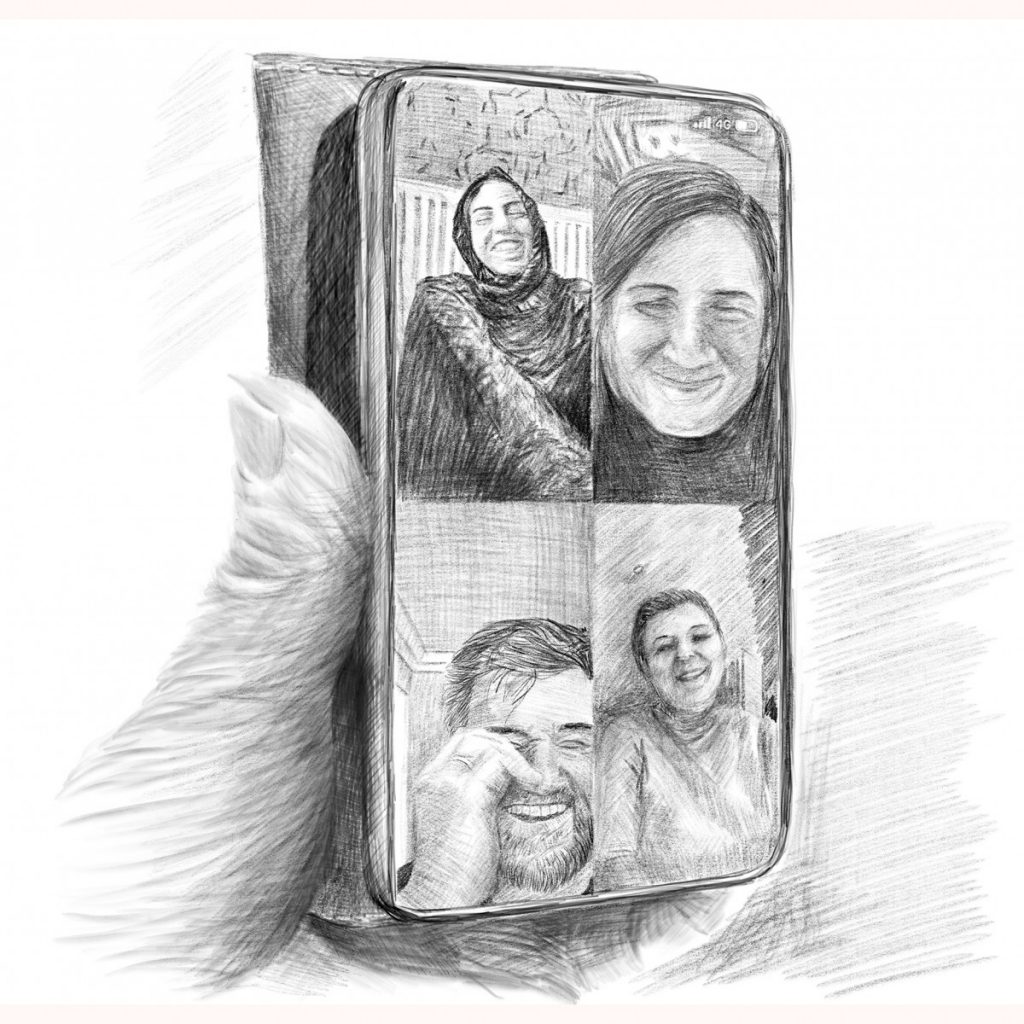
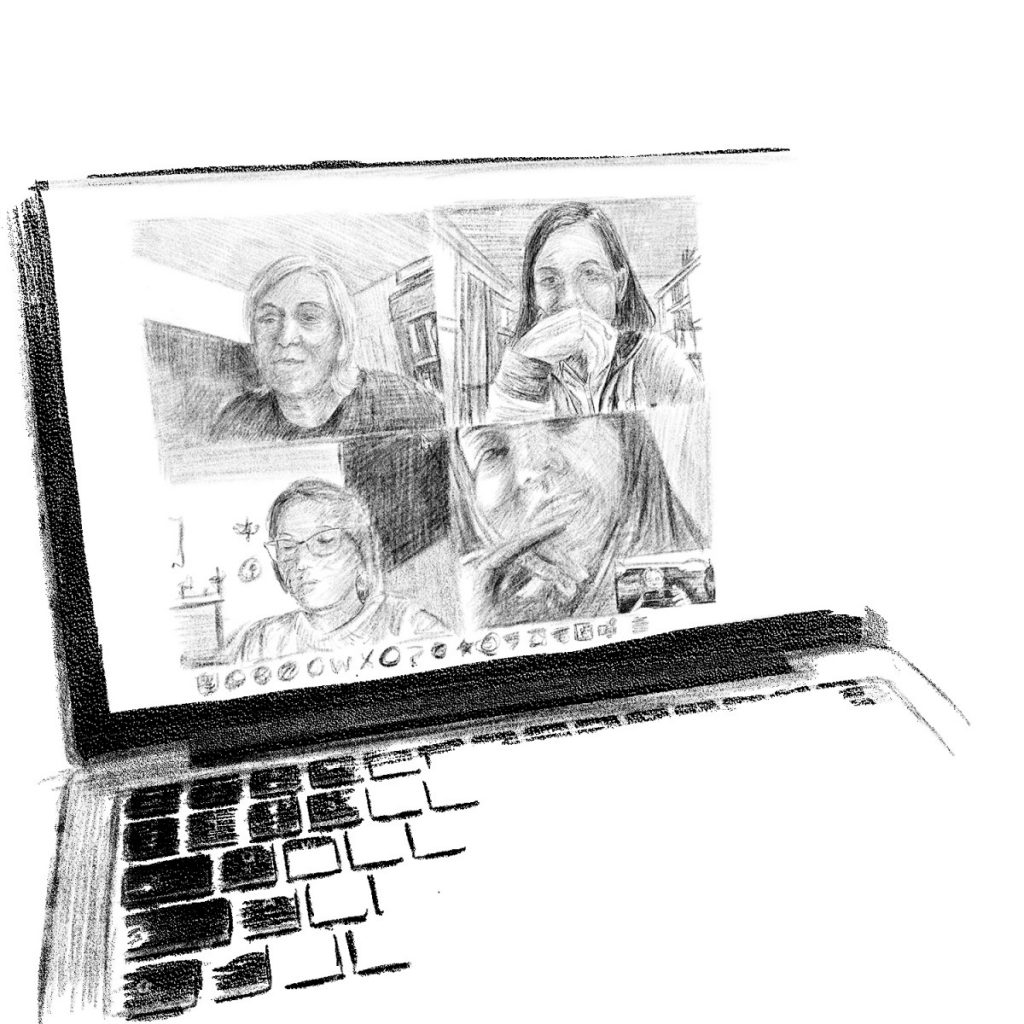
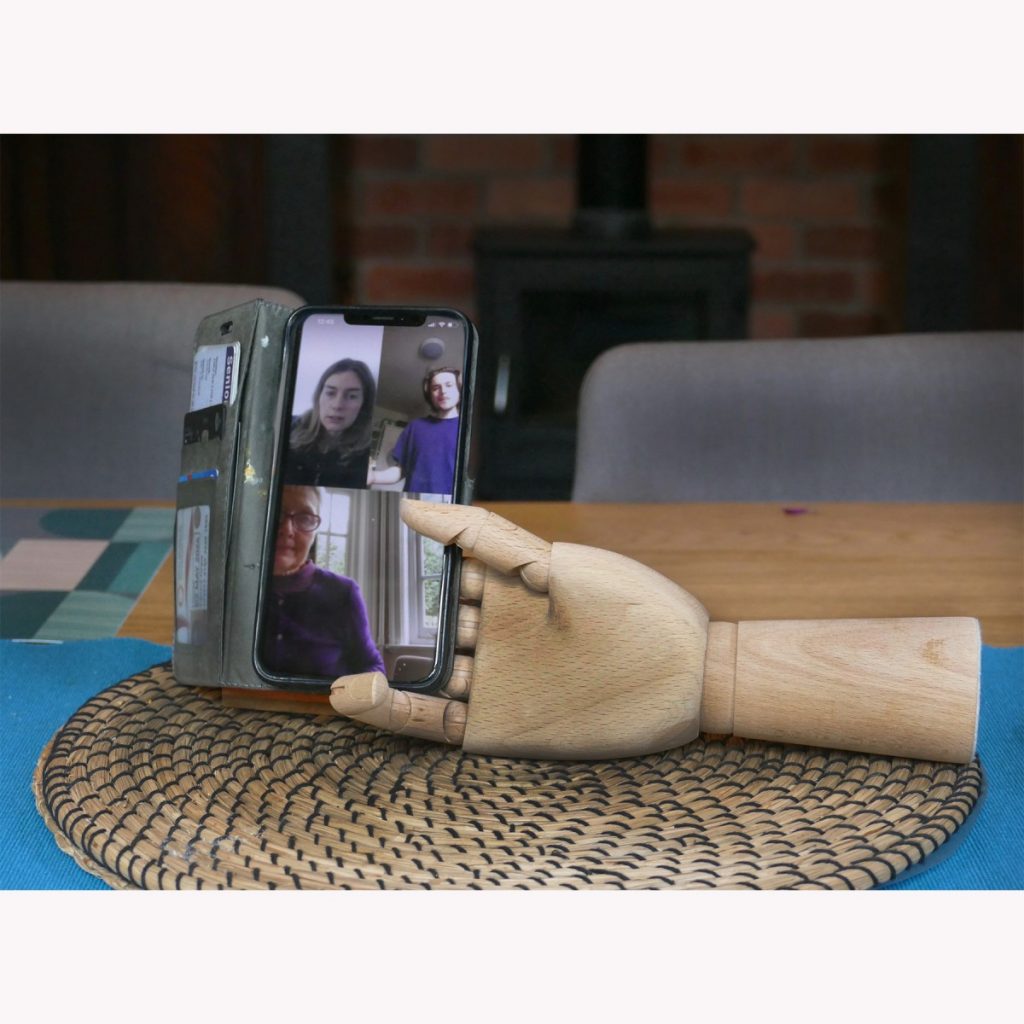
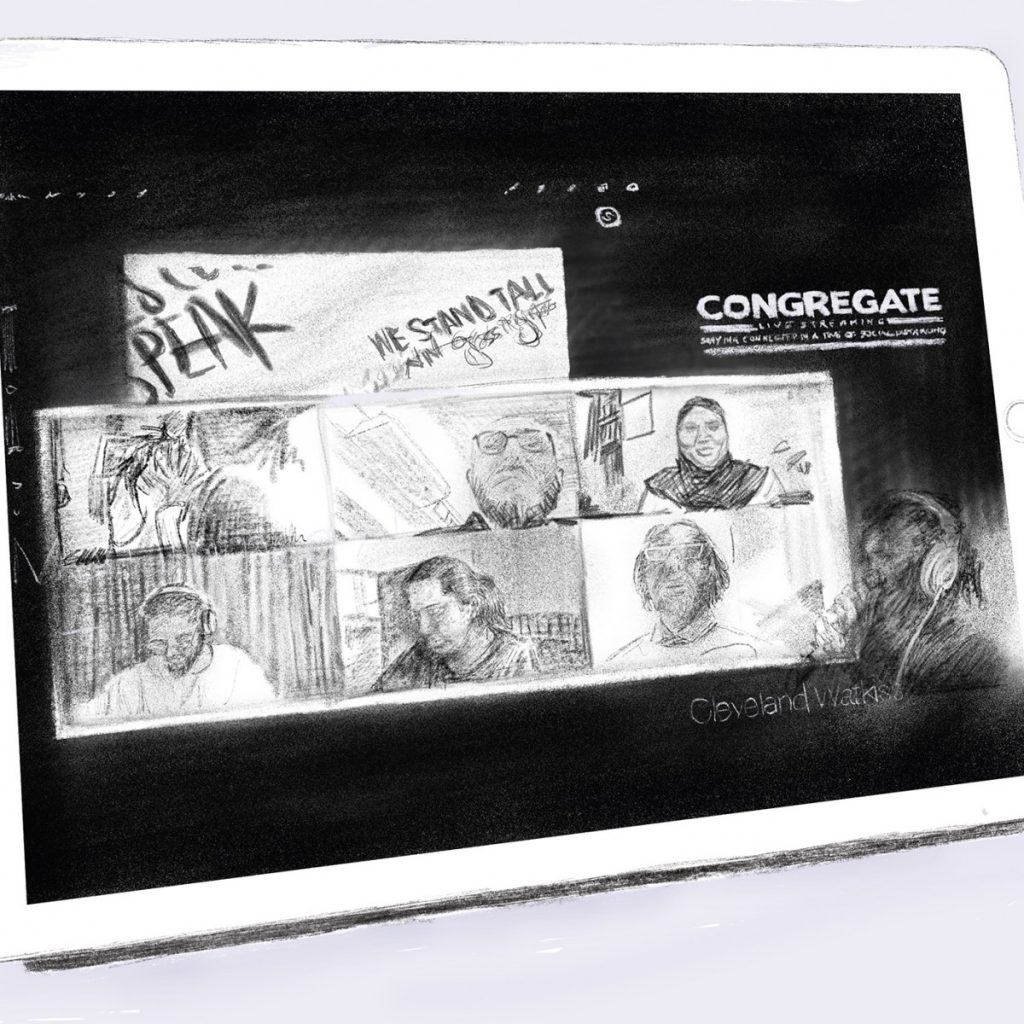
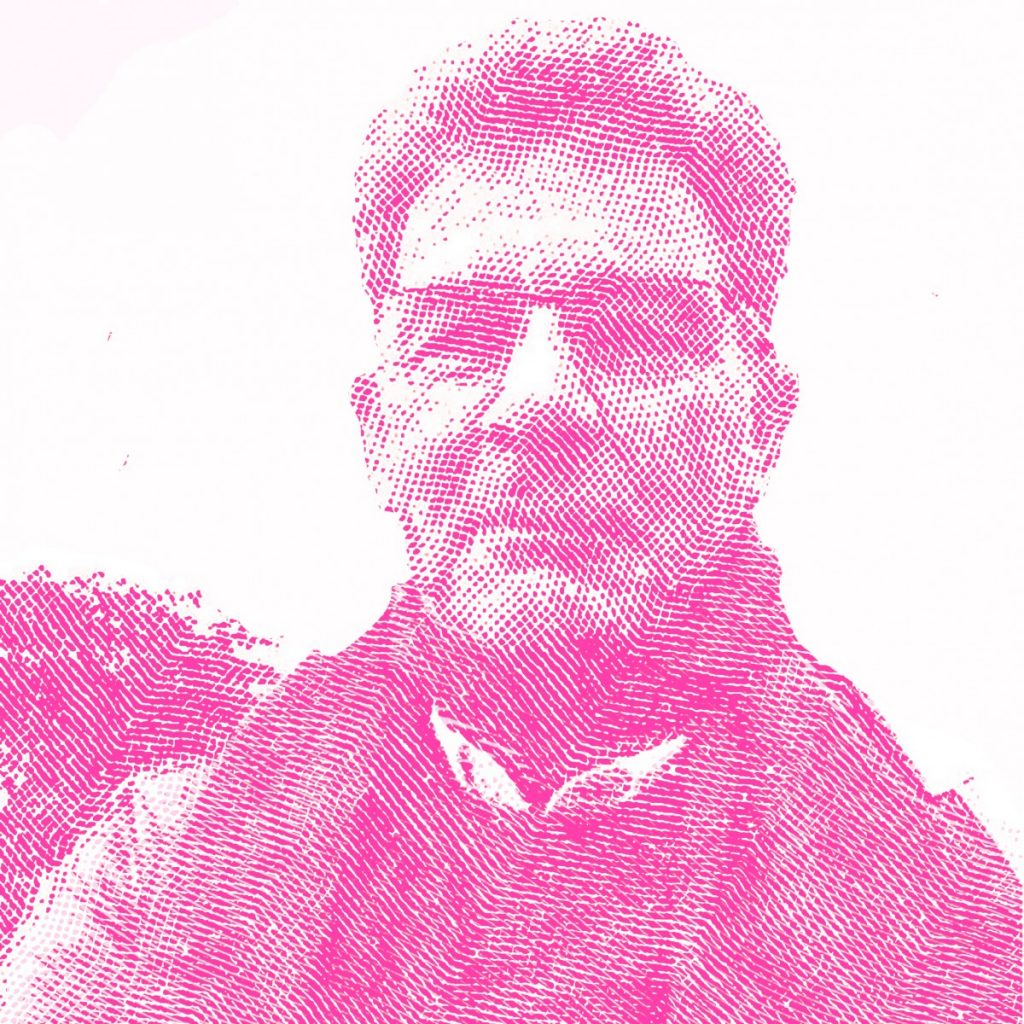
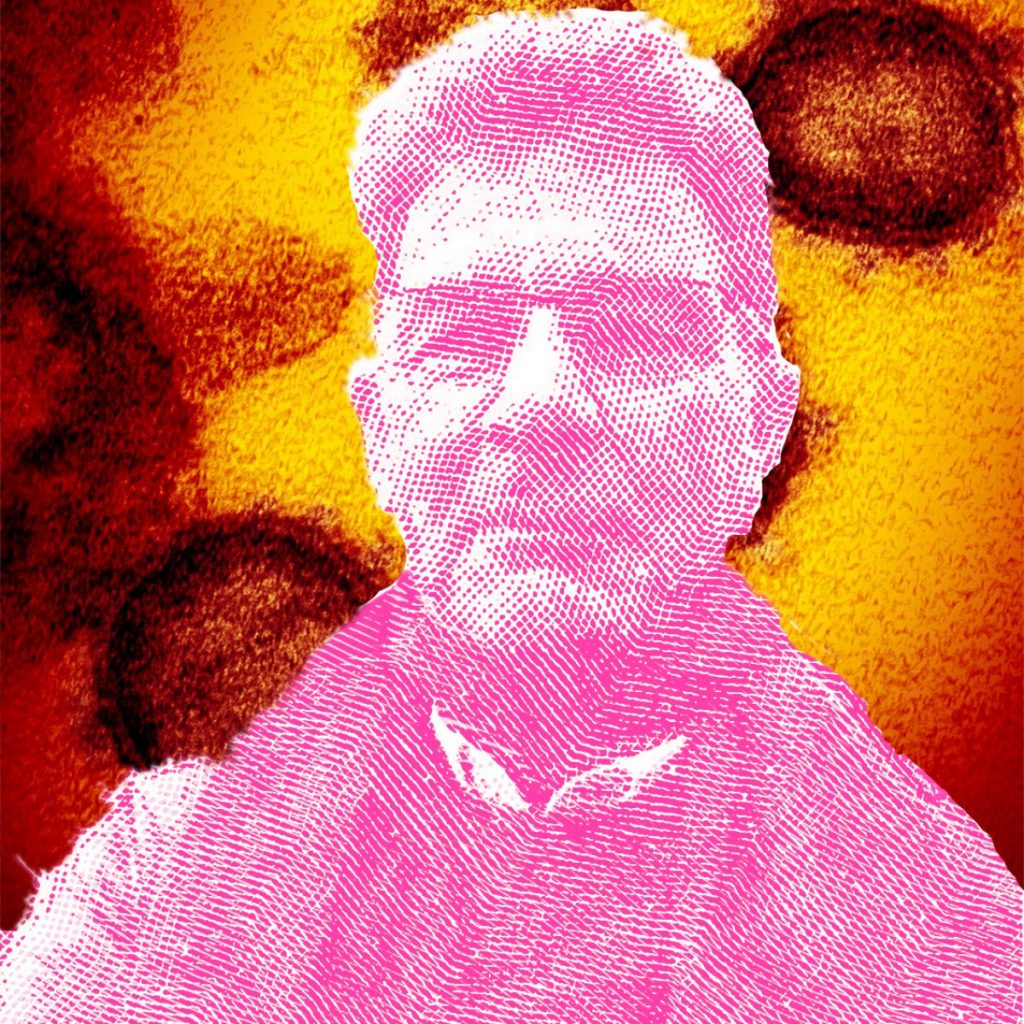
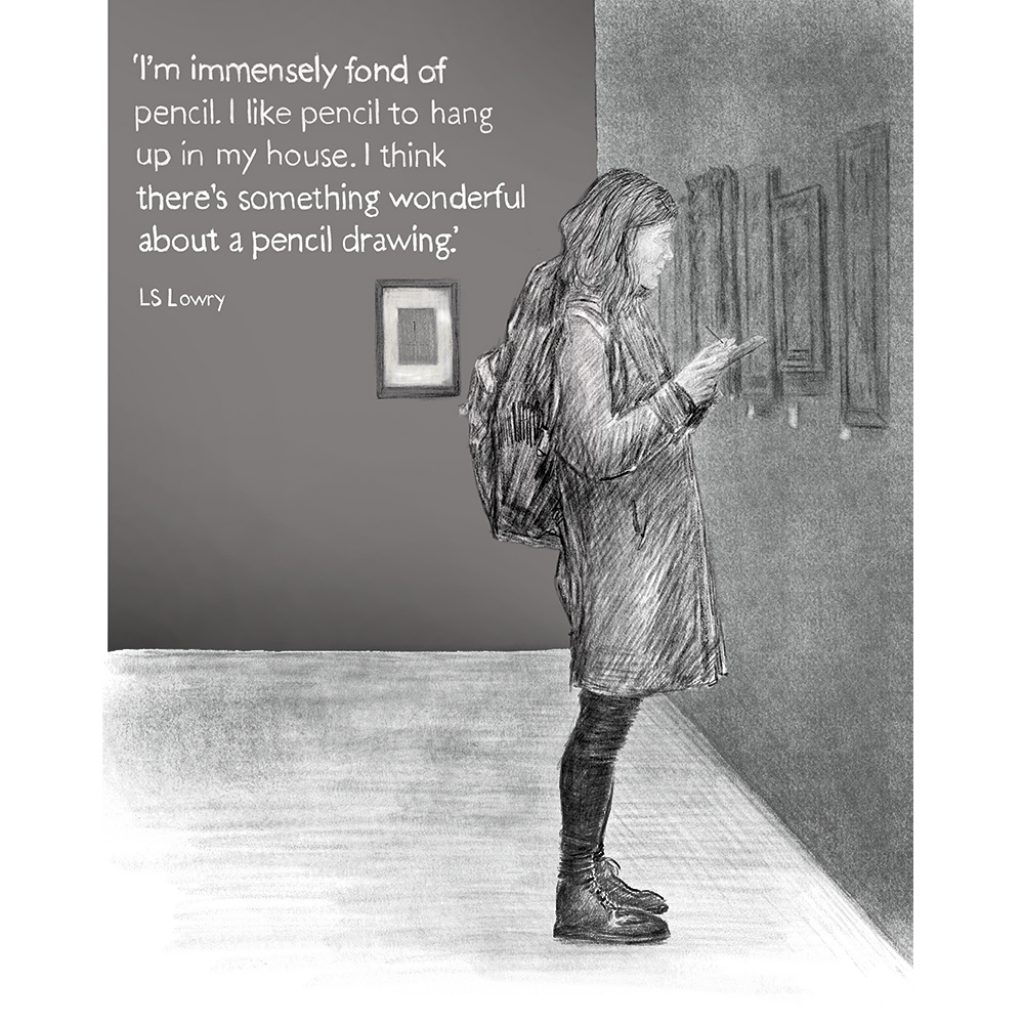
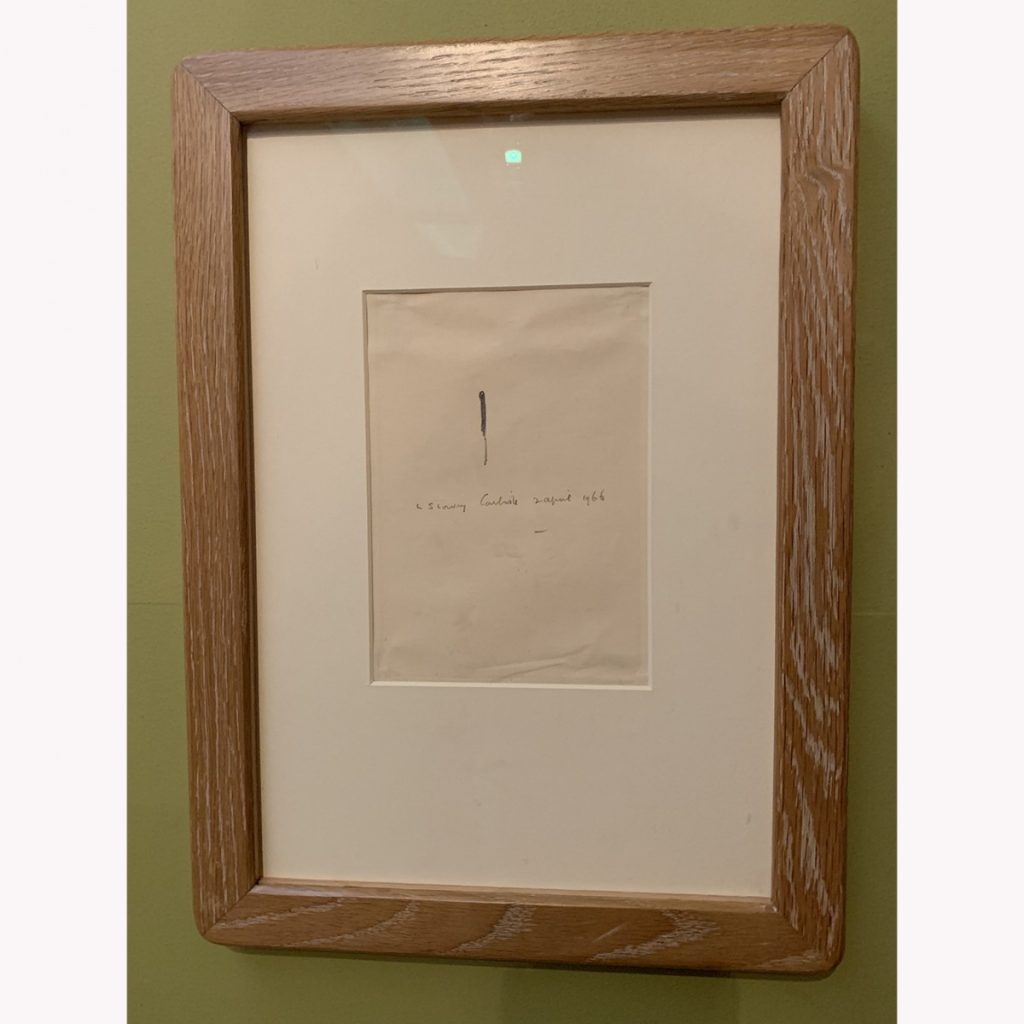
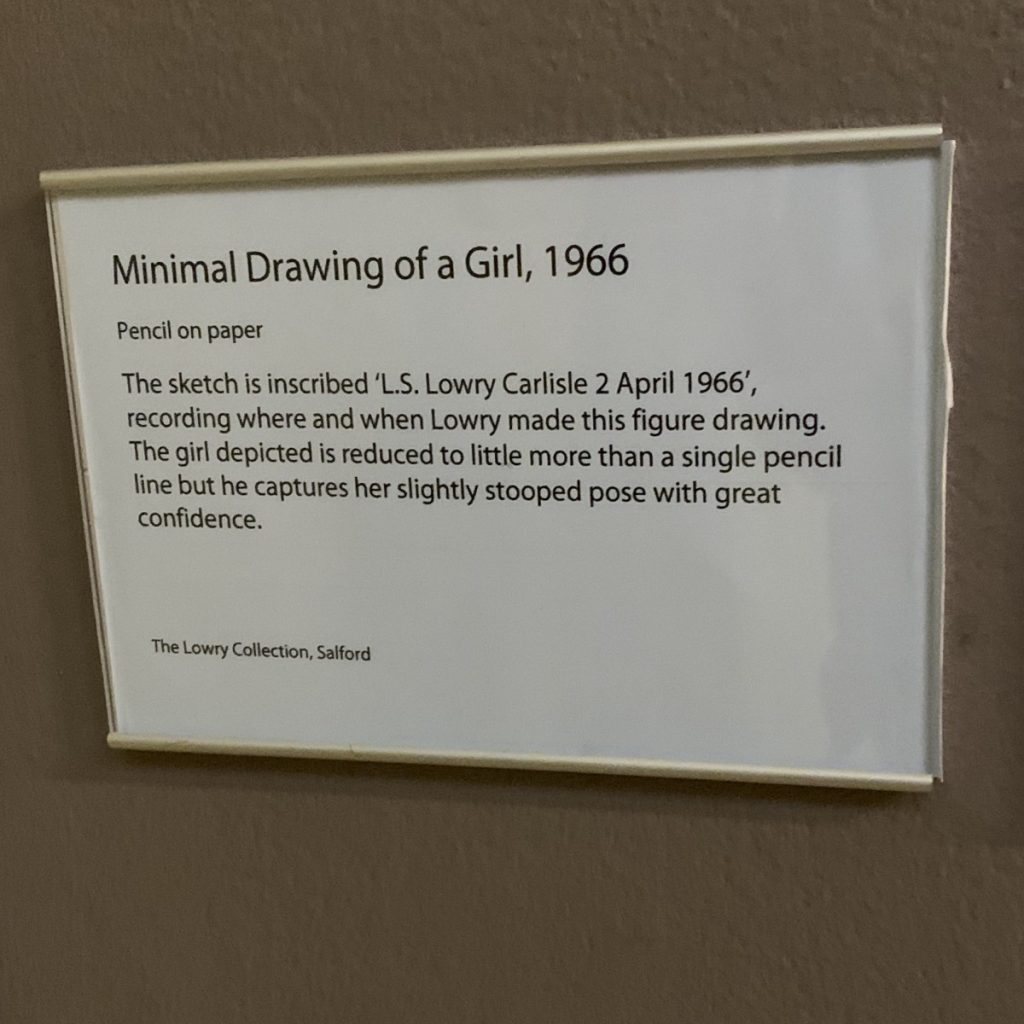
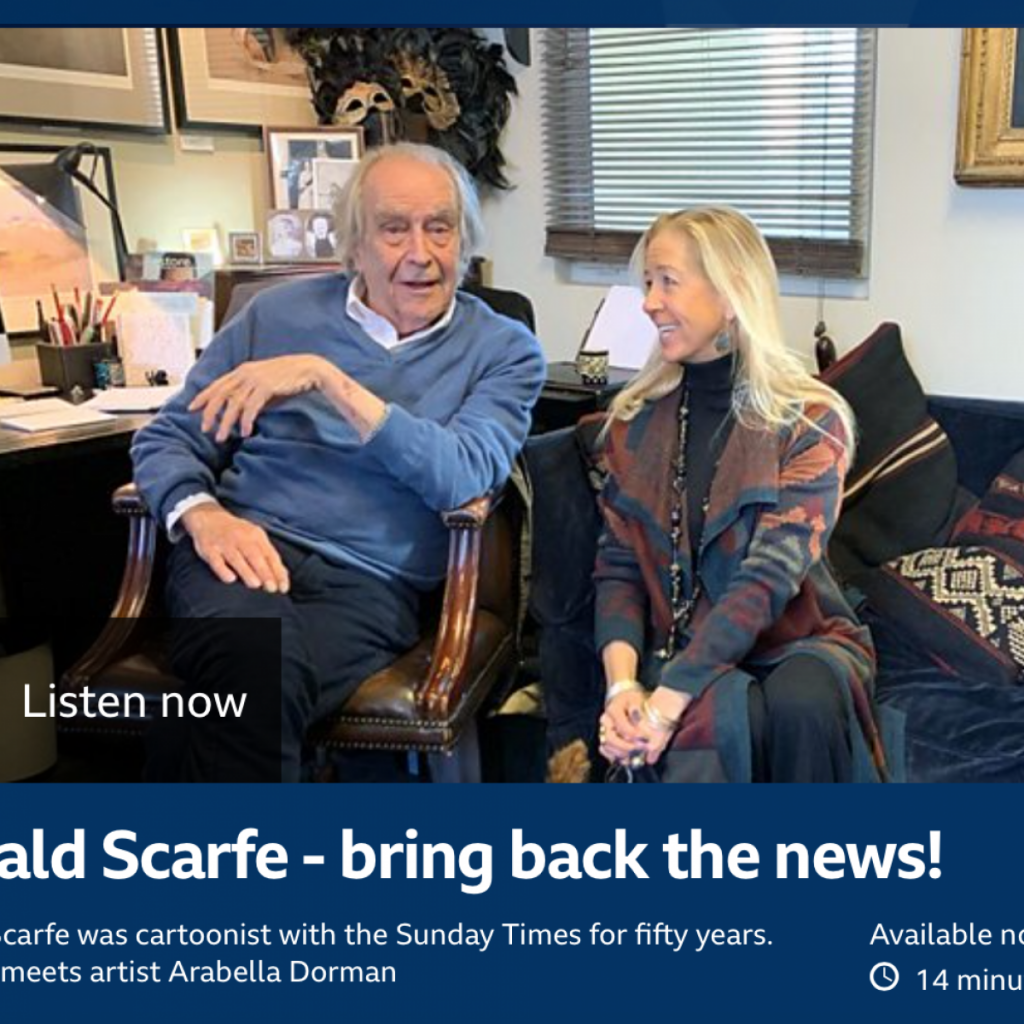
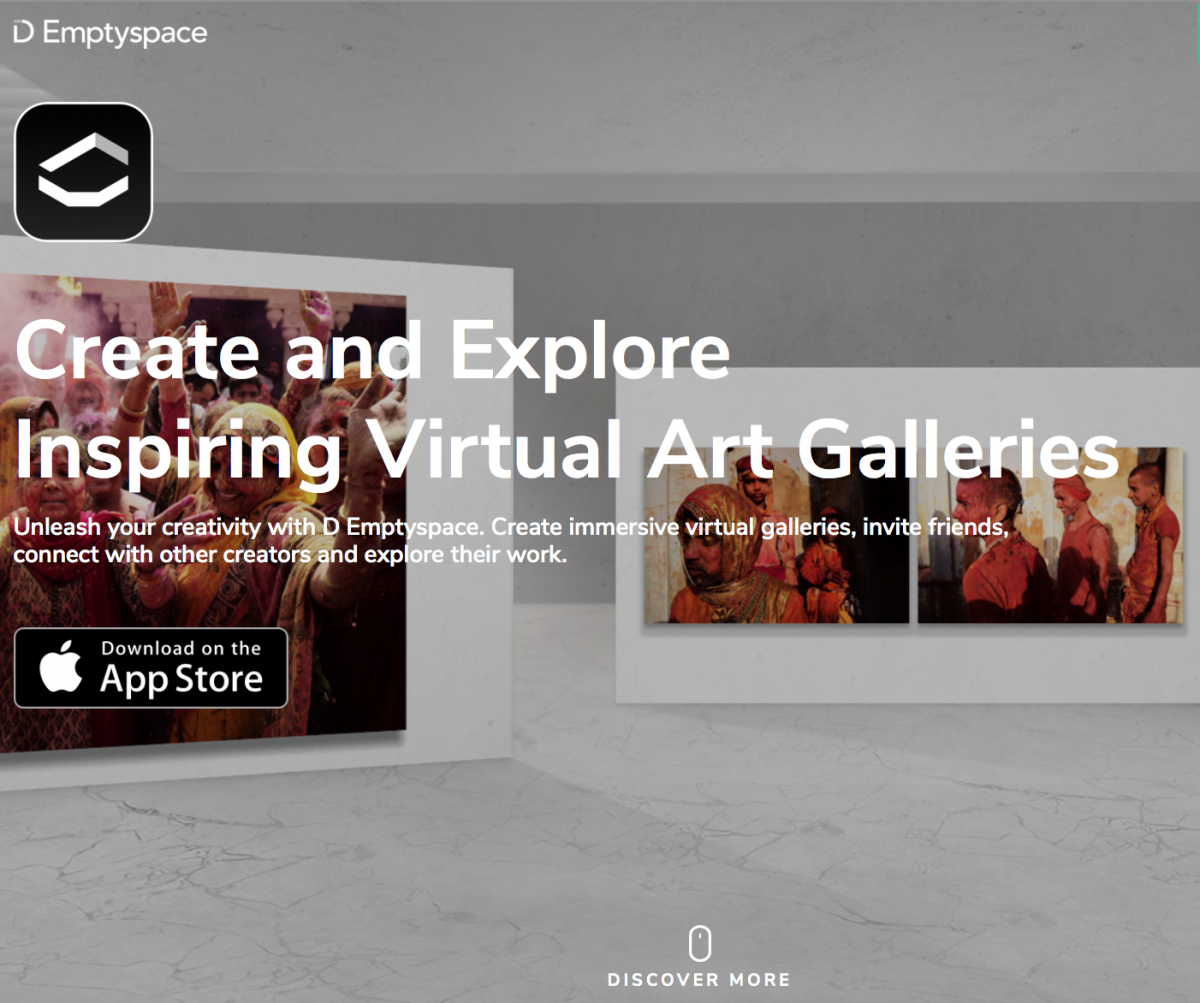
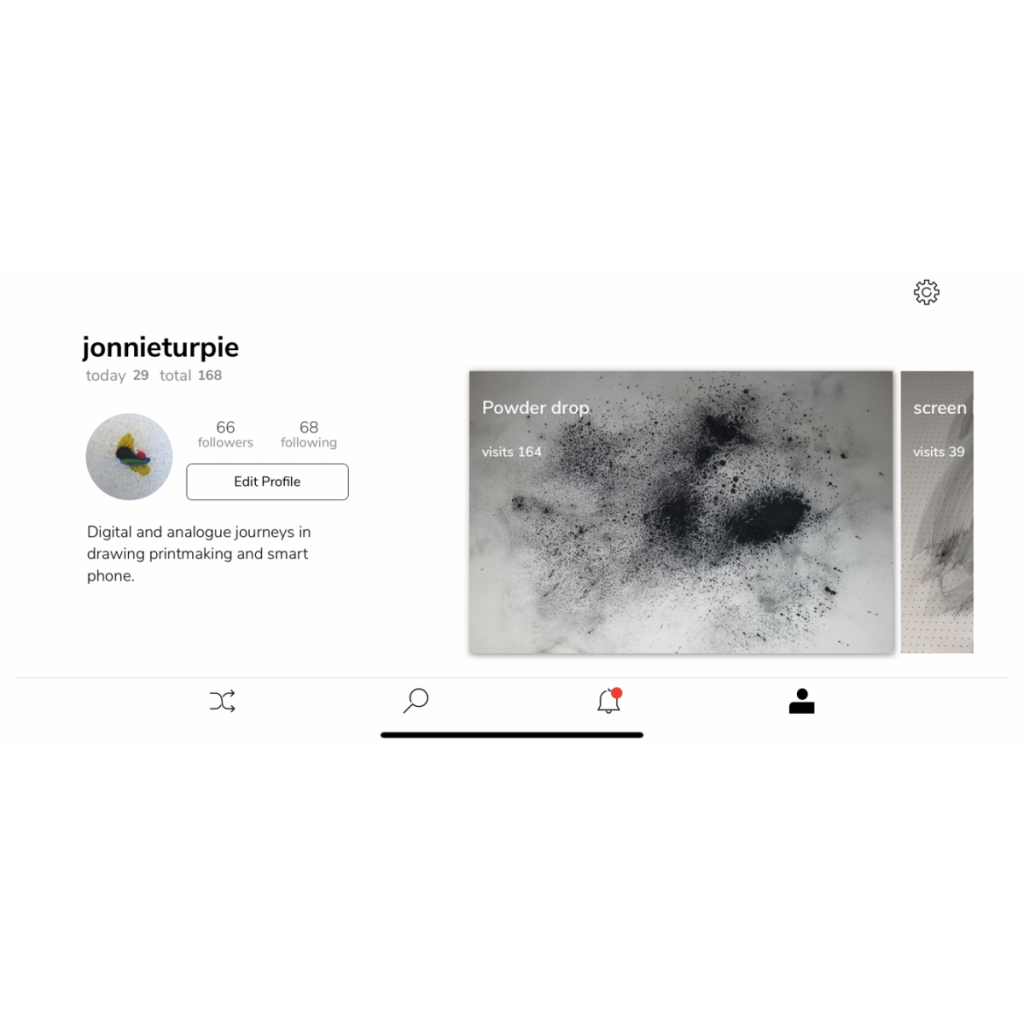
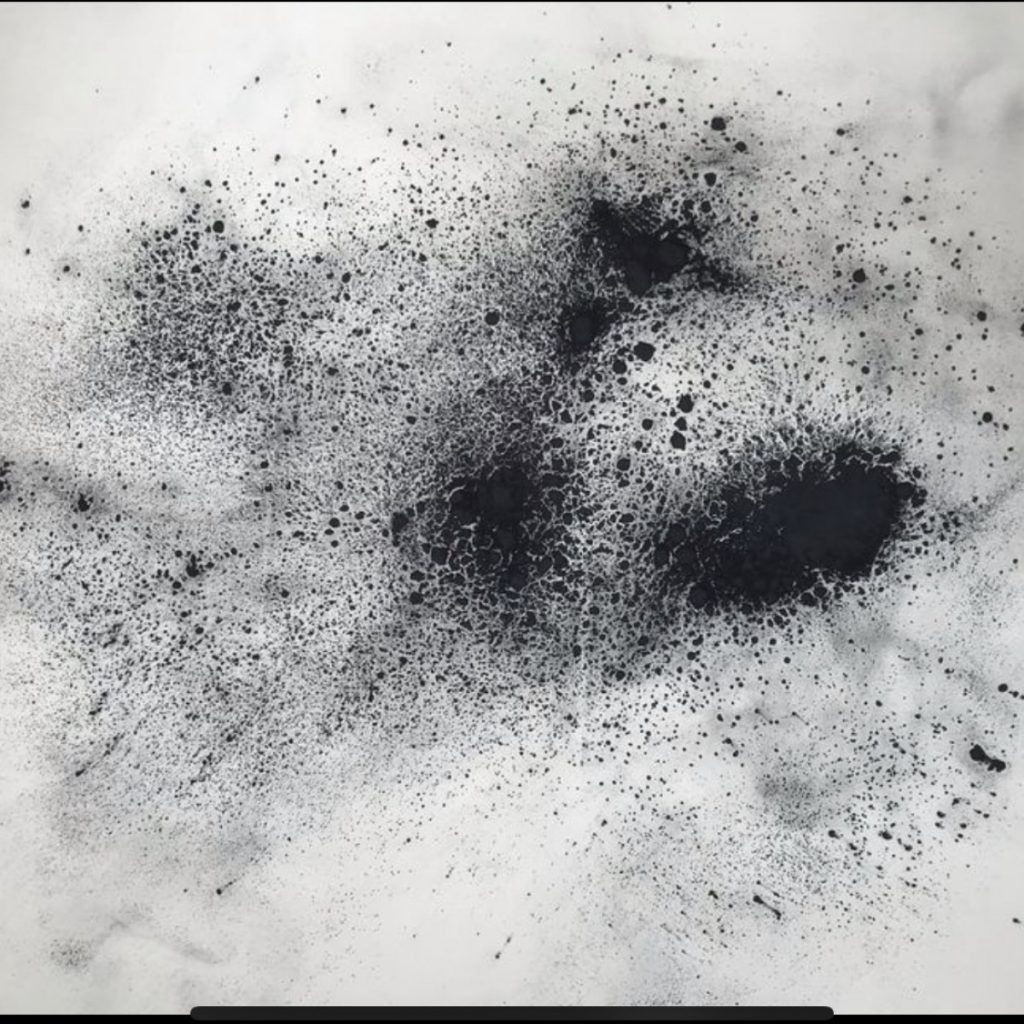
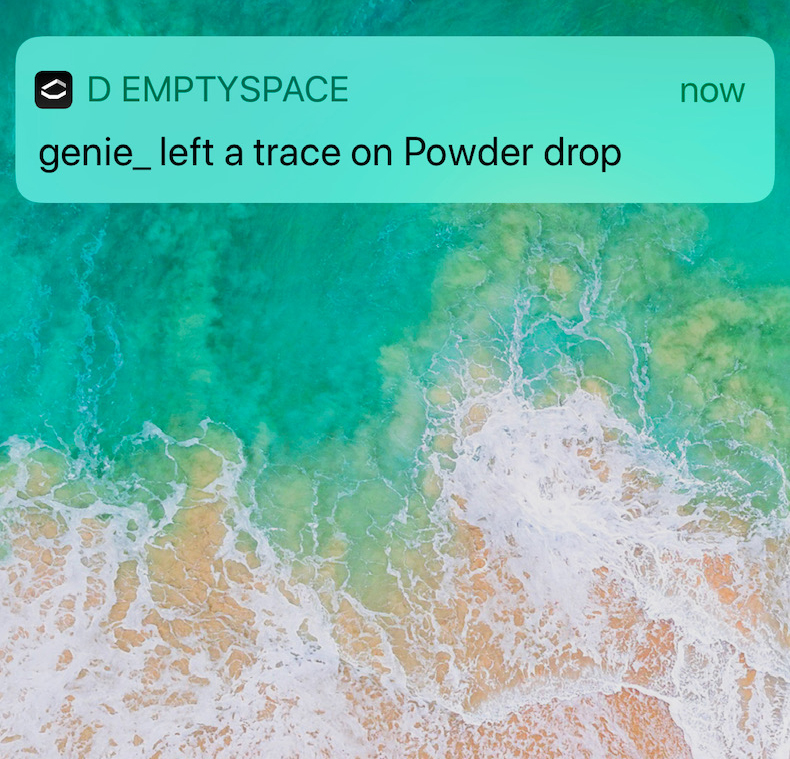 For the last week I have been receiving an increasing number of ‘Traces’ and messages on my Powder Drop Gallery. Interestingly fewer comments on the other two galleries, even though, in my opinion they are equally interesting. Perhaps early D Emptyspace viewers tend to look at the first gallery and not follow through to Galleries 2 and 3. Today a message from D Emptyspace CEO & Co-creator Ryan in Korea to all users with the first newsletter:
For the last week I have been receiving an increasing number of ‘Traces’ and messages on my Powder Drop Gallery. Interestingly fewer comments on the other two galleries, even though, in my opinion they are equally interesting. Perhaps early D Emptyspace viewers tend to look at the first gallery and not follow through to Galleries 2 and 3. Today a message from D Emptyspace CEO & Co-creator Ryan in Korea to all users with the first newsletter: